The Chiricahua Mountains and Cave Creek Canyon April 2021: Part II, Rare Birds at the Feeders6/25/2021 Yellow-breasted Chat If you live in Portal, Cave Creek Canyon is your backyard. Put out feeders and water, keep everything clean and stocked 7/24, and a wide range of species will appear. Any bird in the neighborhood who will come to a feeder will visit you. Birders like ourselves are lucky there are a number of private lodges and residences in Portal that open up their "feeder theaters" to us. The Cave Creek Ranch, where we stayed, maintains stocked feeders from dawn to dusk, and is open to the public for a contribution to their seed and jelly fund. In addition, two private homes have opened their backyards to the public both with a seed and jelly kitty jar. Bob Rodrigues lives off of Portal Road, at the site previously owned by the Jasper family. He continues to maintain the "Jasper Feeders." The link will take you to an eBird Hotspot page with directions and more details. Dave Jasper now lives off of the south side of Portal Road, just west of Portal Peak Lodge, Store and Cafe. He has continued the feeder tradition at his new home. During our visit in April we spotted a number of species that, if not rare, are usual sightings for Cave Creek Canyon. For more on his site and birds seen here, see this eBird page. The next three species are in this OMG! category, a special sighting for Cave Creek Canyon. All of the images for these three were captured at Dave Jasper's backyard on Portal Road. Yellow-breasted ChatThe Yellow-breasted Chat is a long-tailed tanager-like bird with a thick bill. Previously thought to be a warbler (family Parulidae, New World or Wood Warblers), in 2017 it was placed in its own family, Icteriidae. It sports a bright yellow throat and breast, with dull olive-green upper parts and white spectacles. The two sexes are similar in appearance. Although its range is extensive throughout North America, it is often difficult to see, favoring dense thickets and shrubby areas, and therefore an uncommon sighting. It is also considered skulking and secretive in nature, making it more elusive. However, early in the breeding season the male's presence is easy to determine by his extensive vocal repertoire, composed of whistles, rattles, catcalls, and grunts. (References: Birds of the World, eBird). They eat insects, but also fruit, and may have been drawn to the orange halves and jelly jars. Maybe it was a combination of the breeding season (April) and the dry winter of 2021 that brought this male to Dave Jasper's feeders and watering hole. Cassins's FinchThe Cassin's Finch is a rosy-tinged finch of the mountains of the western U.S. and Canada. The species lives year round in western Colorado, Utah, Wyoming, Nevada, Idaho, Oregon, Washington, Montana and Canada, with breeding further north in Canada. The birds that migrate will go as far south as central Mexico, always sticking to the mountains. Arizona is in their winter range, but they are not as common in our area as the House Finch. These birds we spotted at Dave Jaspers feeders are probably migrating north from Mexico. The male is rosy red, with bright red crown feathers which we see raised up in the image above. The red is due to carotenoid pigments which come from their diet of foods like orange berries of firethorn plants. The male Cassin's Finch can be distinguished from male House Finches by the brighter peaked crown, unstreaked underparts, and a rosy wash on the back which is visible in the image below. The bird below is a female Cassin's Finch with crisp streaks on the underparts, in contrast to the softer appearance of the streaks in the female House Finch. Lawrence's GoldfinchThe male Lawrence's Goldfinch is a well dressed bird, soft gray overall offset by a black face, cap and throat, and yellow accents splashed on the breast, wings and rump. If GQ published an edition for birds, this bird would win best dressed. The species is in the family Fringillidae, along with the American and Lesser Goldfinch, the Cassin's Finch (which we just saw), the Pine Siskin, Crossbills, and the Pine and Evening Grosbeak, among others. The Lawrence's Goldfinch lives year round on the southern California and Baja coasts, breeding further north on the California coast and valley areas, wintering in Arizona, New Mexico and Canada. It is a nomadic species, often migrating west to east rather than north to south, always seeking rainfall, seeding plants and drinking water. They have no loyality for their breeding areas, often present in large numbers one year, and absent the next. For whatever reason, this male ended up in Cave Creek Canyon in April. Lawrence's Goldfinch eat mostly plant seeds, plant buds, and some fruit, only rarely insects. The lemon yellow breeding plumage come not from a molt, but from wear, yellow emerging through the overlying gray of the feathers. Below are two images of this male taking off from the feeders. I was fortunate that the bird stayed in the focal plane. We can see the notched tail with white streaks, yellow rump, yellow of the worn edges of the flight feathers, and coverts, as well as the head markings. In the image below, the tail is moving slightly to the left for stabilization and steering. I hope birds enjoy flying, because it looks like fun! For the photo geeks, the two images above were shot with a Canon R6, EF 100-400 IS II with 1.4 III extender at 540 mm, f 8.0, ISO 6400, 1/2000 second, mounted on a tripod with a Wimberley gimbal head. These started as RAW images with post production processing in Adobe Photoshop Lightroom CC and then export as JPGs for this site. The Orioles Three . . . .We got a chance to see three orioles at one sitting, Scott's, Bullock's and Hooded. Orioles are members of the blackbird family (Icteridae), along with meadowlarks and cowbirds. Birds in this family all have strong, long, and pointed bills, good for gathering food and building nests. Scott's OrioleScott's Orioles are residents of high deserts and adjacent mountain slopes, where they eat mostly insects, fruit and nectar. They are closely associated with yuccas throughout their range, looking for insects and nectar from the yucca flowers, and hanging their nests from live yucca leaves. They live year round in southern Mexico and the tip of Baja and breed in northern Mexico and in Arizona, New Mexico and Utah. The males sport bright lemon yellow below, velvety black above with a black throat and chest. They have a yellow shoulder with white wingbars and a black and yellow tail. In the images above and below we see a male going for an orange, and dipping into the jelly jar. Cave Creek Canyon is in their breeding range. In the images above and below we see a female Scott's Oriole, with characteristic dull yellow below, olive-green above with faint wingbars and some stippling of the head. She may have a nest nearby. In the sequence below we see a male taking off, showing markings on the wings and tail. Bullock's OrioleThe male Bullock's Oriole is bright orange with a black line through the eye, black cap and throat and a white wing patch. They breed throughout the western U.S from Texas and Colorado to California and up into Oregon, Idaho and Montana. Cave Creek Canyon is in their breeding area. They winter in southern Mexico and central America. The female, seen below, has a more muted appearance with a white wingbar, and gray on the abdomen. Hooded OrioleThe male Hooded Oriole has a black tail, throat, and wings with yellow to orange rump, hood, and belly. The black throat extends up the face creating a little mask around the eye and down the chest to make a bib. Adult males sport white wingbars. Females are olive-yellow overall with grayer backs and thin white wingbars. Hooded Orioles eat a variety of insects as well as fruit and nectar from flowering plants, as well as nectar from hummingbird feeders. They breed in portions of northern Mexico, southern Arizona, New Mexico and California. In California they are often nick-named "palm-leaf orioles," for their propensity to build hanging nests on the undersides of palm fronds, using their sturdy bills to “sew” the nest to the frond. They have also been known to migrate into new communities in California to take advantage of newly planted palms. They winter in southern coastal Mexico. In the sequence below we see a male taking off from the jelly feeder, very carefully staying in my plane for focus. Lazuli BuntingThe breeding male Lazuli Bunting, a relative of the cardinal and grosbeak, is brilliant blue above, with a pumpkin-colored breast and pale belly. Lazuli Buntings eat a variety of insects as well as berries and seeds. They frequent feeders, especially those stocked with white proso millet. The species breeds in the western U.S. from costal California east to Nevada, northern Arizona, and north to Utah and Colorado and up into Canada, wintering in SE Arizona and Mexico. This male is likely in migration north. Each male Lazuli Bunting has his own unique "voice," a combination of notes developed in the first year on the breeding grounds. This unique song is based on the syllables and song fragments gleaned from other males, and becomes their song for life. That's it for Part II. Stay tuned for more in the next few weeks. Happy Trails!
0 Comments
Morning, South Fork, Cave Creek Canyon This is the second of two posts on our trip to Cave Creek Canyon in Portal Arizona in May of 2016. For the first post dated June 3rd follow this link. [Updated August 28, 2018]. This second post includes birds at Dave Jasper's feeders, Cave Creek Ranch, and the Rodriguez feeders, see map below. Next we will see birds spotted on Monday the 7th, during our trip up the mountain to Onion Saddle and Rustler Park. Finally finally some shots from South Fork. Red CrossbillThe Red Crossbill is a medium sized finch with a bill that is criss-crossed. They are common throughout northern Canada, the Pacific Northwest, and the Rocky Mountains, and south through eastern Arizona and into Mexico and to Central America. The range map seems to leave Tucson just to the west. However, they are in the Chiricahua's. They travel in flocks, and use their crossed bill to extract seeds from conifer's, especially spruce, pine, Douglas-fir, and hemlock. This likely explains their distribution, favoring contiguous areas of forest. The males are typically described as all red, with black wings without wing bars. The birds above and below are likely males, perhaps juveniles in their first year, with mixed coloration. Some of the images in the Macaulay Library come close to what we see here. All images here were taken at the feeders in Dave Jasper's back yard. Below, likely a female. Below, likely a female in the foreground, next to a male, doing their best to drink water. As you can see below, the crossed bill makes hydration a challenge. Water regularly flows out as they bring their heads up. They seem to raise their heads to get what water they can down the hatch! Below a trio doing their best at the watering hole. Likely two females on the left, a male on the right. Lewis's WoodpeckerLewis's Woodpecker, is a woodpecker in name only who rarely pecks at trees, but rather catches flies in midair or grabs insects off of tree surfaces. It was initially described by Alexander Wilson in 1811 and named after Meriwether Lewis who first saw the bird in 1805 while on his famous expedition with William Clark. Lewis's Woodpeckers favor woodlands near streams, and like to breed in Ponderosa forests and burned out woodlands. Their range includes Oregon, Washington, Idaho, Montana and Wyoming, and south for winter as far as California, Arizona and New Mexico. Our guide PD Hulce thought that this bird was a winter straggler whose bags were packed and ready to migrate when we spotted him not far from Cave Creek Ranch. My first sighting of Lewis's Woodpecker was in burned out areas of Shevlin Park outside of Bend Oregon, where they were nesting in dead trees. The images here were all captured next to the dirt driveway to Cave Creek Ranch. Some of the better images above and below were actually captured through the side window of the van! Our subject seems to be looking for bugs from a high perch, characteristic behavior for the species. Below, views as our subject scans for insects toward the north. Band-tailed PigeonWe stopped at Cave Creek Ranch to watch their feeders, and discovered this Band-tailed Pigeon. The Band-tailed Pigeon is a relative of the Rock Pigeon, common in two distinct areas, wet forests of the Pacific Coast, and dry forests of the Southwest, including Arizona, New Mexico and parts of Texas. Their year round range extends south into Mexico and Central America. They typically stay in flocks, although this one seemed to be alone. Here we see the characteristic white crescent on the neck and the black-tipped yellow bill. Below a blurry image of our subject taking off. Here we see the hefty build of the bird (the Cornell site describes them as "chunky") and yellow feet. Western TanagerWestern Tanagers are songbirds in the Cardinalidae family, along with other Tanagers, Cardinals, Pyrrhuloxia, Grosbeaks and Buntings. They live in open woods throughout the west, especially among evergreens, but may stay hidden in the canopy. They like fresh fruit and water, which likely attracted these birds to the Rodriguez feeders in Portal, where these images were captured. The two pictures below were captured near the feeders at Cave Creek Ranch on a prior trip in May 2016. Red-faced WarblerThe Red-faced Warbler above was captured on May 7th just west of Onion Saddle at 6780 feet. These distinctive birds winter in central America and Mexico, and breed at higher elevations in Mexico and as far north as eastern Arizona and western New Mexico. They nest on the ground and forage for food in bushes close to the ground. They are tough to see and tougher to photograph, moving very fast and staying hidden in the foliage. This was the only reasonable image from this trip, However, below are images from Mt. Lemmon on Sabino Creek toward Marshall Gulch at 7616 feet, on June 17, 2017. See this link to a prior post with more pictures. It is interesting that really cute birds can look very ominous when we spot them head on, as in the photograph below. Western BluebirdWestern Bluebirds are year round residents of SE Arizona. They commonly sit on low branches and swoop down to the ground to catch insects. Their range extends from southern Mexico to Canada. The population in SE Arizona may be a mix of full time residents, and during winter, "snowbirds" from the north. The images above and below were captured at Rustler Park at 8287 feet. The two images below were captured in Tucson at Agua Caliente Park in March of 2017, a male above and a female below. Local Arizona populations likely summer in the mountains, and fly downslope for the winter. They nest in holes in trees, or in nest boxes set up in backyards and parks. There are a number of nest boxes set up in Summerhaven on Mt. Lemmon which is undoubtedly helping the local population. Western Wood-PeweeWestern Wood-Pewees are gray to brown flycatchers that live in open woodlands and forests near streams. This one was spotted near Rustler Park at 8202 feet, which was in fact pretty dry in early May. They sit high on exposed branches, waiting for insects to fly by. Their range runs from Central America to Alaska, breeding throughout this area in woodlands and forests. The images below were captured at Ramsey Canyon at 5617 feet in March of this year. Black-throated Gray WarblerThe Black-throated Gray Warbler above was spotted near the South Fork of Cave Creek on May 9th. They are striking birds with a black throat and gray back, bold black and white striped face, and a spot of bright yellow just in front of and above the eye. They like pine and mixed pine-oak forests, breeding west of the Rockies including SE Arizona, and wintering in southern Mexico. The two images below were captured at the General Hitchcock campground on Mt Lemmon at about 5200 feet. Our subject is playing hide and seek in the foliage. Below, two images from Agua Caliente in Tucson, at about 2600 feet. Painted RedstartLet's close with a guaranteed crowd pleaser, the Painted Redstart. On the morning of Wednesday May 9th we traveled back to South Fork for the morning, and this Painted Redstart was moving fast stirring up bugs for breakfast. This was one of the best shots showing the characteristic wing movements used to get their breakfast to "come up for grabs," so to speak. For more on the Redstart, see my posting from Madera Canyon. That's all for now. Happy trails! This is one of two posts on our trip to Cave Creek Canyon in May [Revised August 28, 2018] Southwestern Research Station at dawn, May 10, 2018. On May 5th we packed up the Subaru and took off to Portal Arizona and Cave Creek Canyon for a week of birding with a group led by PD Hulce at the Southwestern Research Station. PD leads two groups in the spring, April and May, and one in the Fall for one week of birding and immersion in nature. There were a total of 8 in our group including PD. We stayed in very comfortable rooms at the SWRS with microwave and coffee maker, and ate great food cafeteria style with the students and researchers at the station. For more on upcoming tours, click SWRS Tours. Our thanks to PD and all the staff at the SWRS for making this a great week. We arrived late on Saturday the 5th of May, and woke up with the sun shortly before 6 am on Sunday. The big event before breakfast was watching hummingbird banding led by Lee Rogers, as part of the Hummingbird Monitoring Network. The network captures and bands hummingbirds as part of their monitoring network on a regular schedule at selected sites in the U.S., Canada and Mexico. For more on the monitoring process click here. They are always looking for volunteers, including monitoring at the Skycenter on Mt Lemmon. I hope to write a post on the monitoring in the coming months. Stay tuned! On Sunday after breakfast we traveled to the South Fork of Cave Creek Canyon for the morning, and spent the afternoon at feeders in Portal. Monday we were out all day driving west on 42 Forest Road climbing up to the Onion Saddle and then to Rustler Park, and back to Portal by way of Paradise. Tuesday we went east out of the canyon to the grass country and visited the Chiricahua Desert Museum. Wednesday we returned to the South Fork in the morning, and visited feeders in the afternoon. Thursday was "clean up day" looking for things we had not spotted. Friday we said farewell to our new birding friends and headed back to Tucson by way of Wilcox. One week is a lot of birding, and about 6,000 images before editing! I am planning on three posts (with a fourth on hummingbird montoring). This the first one focused on our first day, Sunday the 6th. For birding I shoot with a Canon 7D Mark II which stamps every image with the date, time, and GPS coordinates. I edit and develop the images in Adobe's Photoshop Lightroom, which includes a mapping module that will map any photo or set of photographs you select. Below is the map of the week's shoot. I exported a JPG of the map into MS PowerPoint, and added labels to better show where we were, and the topography of the area. The town of Portal is in the middle right side of the map. 42 Forest Road meanders a bit south and west out of Portal into Cave Creek Canyon past the road into South Fork. Continue on 42 and you pass the SWRS, and then up the mountain to Onion Saddle and Rustler Park. These roads are all dirt, and irregularly maintained, with no guardrails and steep drop offs at higher elevations. They are closed during the winter. Drive carefully! The road connects to Paradise in the upper middle of the map, and then by a slightly better road back down into Portal. Elegant TrogonAfter several years of birding in SE Arizona, we finally spotted our first Trogan! The Elegant Trogon is a year round resident of Central America and Mexico who ventures north just into the U.S. for breeding. There are an estimated 50 breeding pairs in SE Arizona, living in riverside upland oak and sycamore canyons as well as pine-oak woodlands, edge vegetation, and juniper forests. Cave Creek Canyon is the perfect location for them. They eat insects and fruit, and nest in open holes, favoring large Sycamores. During mating season, they call to each other with a low pitched croak, which to my ear sounds like the barking of a hoarse Chihuahua. This male Elegant Trogan was spotted up the South Fork, where he was scouting out nesting spots, as well as looking for tasty bugs to eat. They characteristically sit upright with their tail down, scanning for bugs. The images below show a male at the edge of a large hole in a Sycamore. He was clearly checking it out. I have not included the many images where his head is in the hole. Below, two more images taken in the same area, same day and time. The last shows feather coloration from the right side. Hepatic TanagerFemale Hepatic Tanager, South Fork, May 6, 2018 The Hepatic Tanager is a songbird (Order: Passeriformes) in the Cardinalidae family, along with Cardinals, Pyrrhuloxia, Buntings, the Grosbeaks, and the Dickcissel. For more on the taxonomy, see the Cornell Lab website. Hepatic Tanagers live from Mexico and Central America all the way down to South America, and breed in the SW United States in Arizona, New Mexico and portions of Texas. Above a female in good light, and below a male spotted at some distance. These two images were in the South Fork, not far from where we spotted the Elegant Trogan. Their breeding range extends up into Arizona, as evidenced by the images below of a male captured in Summerhaven in September and October of 2015 Dusky-capped FlycatcherThe Dusky-capped Flycatcher is a Tyrant Flycatcher of the American Tropics, with a range from southern Mexico to South America, venturing into northern Mexico and Arizona for breeding during spring and summer. They nest in existing holes in trees, oak or sycamore. Their diet consists of insects which they gather from the foliage of tall trees. The canyon forests of SE Arizona are a great location for them. They can be tough to spot. This fellow looks like he's hunting for lunch. Northern CardinalIt is always a treat to see the Northern Cardinal, this one captured during the afternoon at Bob Rodrigues' backyard feeders, see this link to eBird Hotspots for details. This used to be Dave Jasper's yard, and Bob as new owner was kind enough to continue the tradition of opening the yard to visiting birders. If you go, there is a jar for donations to keep the feeders stocked. Many thanks to Bob for a great venue. The image below is somewhat unique. The bird appears to be doing a handstand! The view shows the crest, wing feathers, and the tail fanned. We can see that the tail feathers take a beating over time. Cardinals molt after breeding season, late summer or early fall. So these tail feathers have seen 8 to 10 months of wear so far. To show a molt in progress, I have included the images below, captured on August 11, 2017, during the Tucson Audubon Festival, at the Patton Center in Patagonia. This male has lost all of his crest feathers in a molt, and has grown only some back. I am told it is possible to see a "bald" cardinal if your timing is just right (or wrong, depending on your viewpoint!) He looks pretty scruffy in general, in the process of losing and replacing feathers. More worn tail feathers below . . . . . PyrrhuloxiaPyrrhuloxia are striking songbirds related to the Northern Cardinal, but limited in range to southern Arizona, New Mexico, Texas and Mexico. Like the Northern Cardinal they have crests. The males are grey and red, with a grey/yellow beak that has a curved culmen, the inner upper portion of the beak. This curve makes these beaks great for cracking seeds and nuts. For more images see my post from February 2018 from Patagonia. Here we see a male Pyrrhuloxia on a feeder, getting ready to crack open a seed with his curved culmen. Above and below we get a good look of the worn tail feathers of this bird in May. Note that the photos from February in the Patagonia post show less feather wear. More on molting and feather replacement in Red-tailed Hawks in an upcoming post. Whiskered Screech OwlThe Whiskered Screech-Owl is a small higher elevation species that lives year round from Nicaragua to the mountains of Southern Arizona. Here we see our subject snoozing in a hole in a Sycamore right next to Forest Road 42. He has been a regular for a while, and it is common to see cars stopped on the road. Stop the car, roll down the windows and look up. There he is! Soon he will have his own road sign, "Owl Crossing." For a link to the Audubon site, and more on this bird, click Audubon Guide to North American Birds. Black-throated SparrowThe Black-throated Sparrow is a year-around resident of Southern Arizona, New Mexico and Mexico, heading as far north as Oregon for summer breeding. They are ground foragers who we see here at the Rodrigues' feeders. Where's Waldo?OK, we are not really looking for Waldo, rather a Greater Roadrunner. He is lurking among the branches, looking for a stray feeder bird to snag. Greater Roadrunner's are large cuckoos with long legs, a very long tail, and a long neck. They are residents of the desert southwest but can be seen as far east as the Mississippi River. They spend their time on the ground, hopping to low branches or shrubs just long enough to spy for food. They are weak flyers, taking to the air just long enough to get to their next ground location. Their diet consists of any animal they can catch including lizards, frogs, snakes, as well as birds. Just so you can see more of "Waldo" here is an image from Sweetwater Wetlands in April of 2018. Cassin's KingbirdCassin's Kingbird is a Tyrant Flycatcher that lives year round in southern Mexico and breeds north as far as Arizona, New Mexico, Utah and Colorado. They like to eat insects, living in open woodlands. They tend to perch in trees looking for food, as well as foraging for insects on the ground. These habits make them easier to see and photograph. The image above was captured shortly after dawn at the research station, the two images below are from Mt. Lemmon on the road to Marshall Gulch in June of 2017, one year ago. That's it for this post! Stay tuned, more posts coming from this trip. Let's see, only 5000 images left . . . . . . . Happy Trails! As planned, we returned to Cave Creek Canyon and the Cave Creek Ranch to check out Portal and the environs in spring, and (in part) to search for the elusive Elegant Trogon, the only species of Trogon that lives in North America, and frequents the sycamore and oak forests that line the canyons in SE Arizona. We arrived mid-day on Friday April 29th, and after getting settled at Cave Creek Ranch, we drove to the South Fork of the creek, listened for the characteristic Trogon call, and peered into the tall sycamores along with a half dozen other birders, binoculars and cameras ready, for the elusive Trogons. Alas, no Trogons today! However, the canyon was beautiful! The Trogon's were no-shows, but we did spot other birds: Above a Painted Redstart. Below, two shots of a Green-tailed Towhee: We returned to the Vista Point, a bit north and east of the South Fork turnoff, where after a short hike, we got excellent views of the canyon. As we enjoyed this special spot in the canyon, a kettle of Turkey Vultures appeared in flight, the photo below one of the better in the series. Turkey Vultures are a great clean-up crew. They work weekends, holidays, and never send a bill for services rendered (pun intended). Saturday, April 30thEarly Saturday morning, Reed Peters offered a one hour tour of the ranch grounds for the guests led by Elaine Moisan, a local naturalist. We spotted many birds, although getting good images was a challenge, given distance, speed (the birds were fast, I was slow) and dense spring foliage. Below are three reasonable images: A pair of Cedar Waxwings A Black Phoebe. Ash-throated Flycatcher, posing in good light with a nice background. Saturday, mid-morning we returned to South Fork, having heard that the elusive Elegant Trogan had been spotted. "Where's Waldo?" A beautiful canyon, but alas, no Trogons today! We drove back toward town, and visited a number of feeder locations which private homeowners open up to the public for viewing. When you visit check on current feeder locations and availability. Each location has a "tip jar" set up to collect cash to pay for seed. Owners provide some seating, but if you have a favorite folding chair, bring it along. Shade may be at a premium, so bring along a hat and water. Northern Cardinals, male above, female below Below, two images of the Black-chinned Hummingbird, by my estimate, male above, female below: It's fun to watch them feed and move their bodies and tails back and forth to balance as they hover. First image shot at 1/1600 sec., the second at 1/640. Below, a Pyrrhuloxia And below, a Lazuli Bunting, male. The buntings are striking, and in abundance in the Cave Creek area in April. Sunday, May 1, 2016Cave Creek Ranch has a collection of feeders for all guests, and for non-guests for a $5 fee. We started our last day in the canyon at 6:30 am at the feeders, spotting many birds, and capturing these images. Above and below: Western Tanager, male. Below, Lazuli Bunting in the morning sun: Below, Gray Catbird: A pair of woodpeckers: Acorn Woodpecker, above, Arizona Woodpecker, below. Alas, where were the Elegant Trogons? Somewhere in Cave Creek Canyon for sure, but not where we happened to be on this trip. So do they really exist? Ah yes, I believe they do. Check out Tom Grey's website, and you will find two excellent photos and a brief history of his trek to Cave Creek Canyon in 2010 and 2011 in search of the elusive birds. Sunday, May 1st, time to head back to Tucson. We drove north on Portal Road toward Interstate 10, the clouds creating striking shadows on the Chiricahua Mountains: Below, Portal Road due north. Lots of land out here! Happy trails!
We stayed at the Cave Creek Ranch and had the opportunity to meet the owner and naturalist Reed Peters. In addition to running Cave Creek Ranch, Reed is President of the Board of Friends of Cave Creek Canyon, and one of the editors of the award winning book Cave Creek Canyon, Revealing the Heart of Arizona's Chiricahua Mountains, a wonderful book with 45 concise chapters, each on a different topic, and each written by a different resident of the area. We enjoyed our stay at Cave Creek Ranch, and will return this spring when the bird migration is greatest. Below is the Ranch office, and the bird feeding area right in front. If you are in the area, and not staying at the ranch, you can drop by and watch the birds for a $5 fee. We stayed in one of the stone cabins on the creek, in the middle unit. The end rooms have fireplaces. We had a great kitchen. The sandbags are in case the creek rises! We stayed two full days, and then left for Bosque Del Apache in New Mexico (next blog post!). Cave Creek runs to the northwest, and has a South Fork. We toured on both. Note that access to the upper sections of the creek by road are limited in winter by snow. Our favorite sites this visit were the Sunny Flat campground off of the North Fork, and a trail off of the South Fork. Both good birding spots. This page on BirdandHike.com has a good summary of the area. Here are some of the many images I captured during our 2 days in Portal and Cave Creek Canyon On the road up Cave Creek toward Sunny Flat campground there is parking for a short walk up to a scenic overlook. An easy hike, and great views. The image above from the overlook looking up the canyon. The canyon is narrow with high rock formations on both sides, reminiscent of Yosemite in California. There is a nature trail that runs southeast from Sunny Flat along the creek that is great for birding. We walked it two mornings. Earlier is better, starting from Sunny Flat at sunrise. However, it is cold in January. Below a Spotted Towhee. Morning sun on the Canyon walls. Ruby-crowned Kinglet at some distance. Red-naped sapsucker. Not the sharpest image, but a neat bird! In the woodpecker family. After we toured the Sunny Flats area, we drove up the South Fork road. It ends, and a trail begins, that starts off as a road/creek, with no vehicle traffic. Caught this Canyon Wren sitting on a culvert. Back to Cave Creek Ranch, the following birds were captured at or near the feeders. You guessed it, male Cardinal, trying to hide in a tree. Titmouse, hanging out by a feeder Pyrrohuloxia at the "all you can eat" suet bar. Oregon Dark-eyed Junco That is it for Portal, for now! We will return in April.
|
AuthorHenry Johnson, photographer and author of this site. For more detail, see About
Categories
All
Archives
July 2024
|
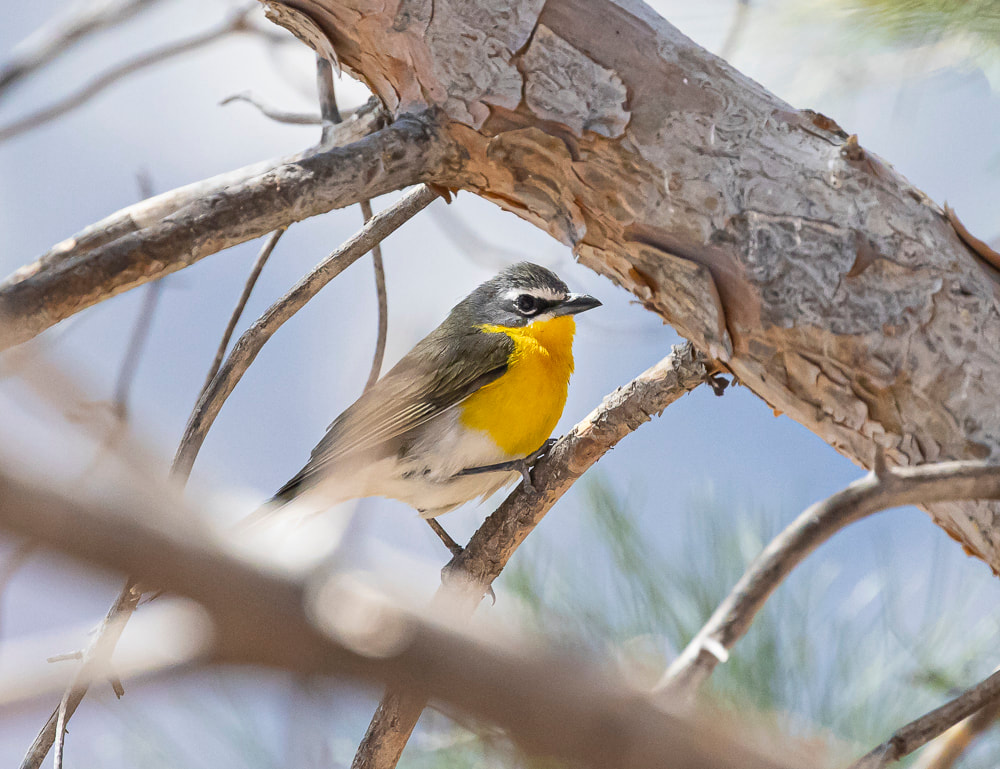

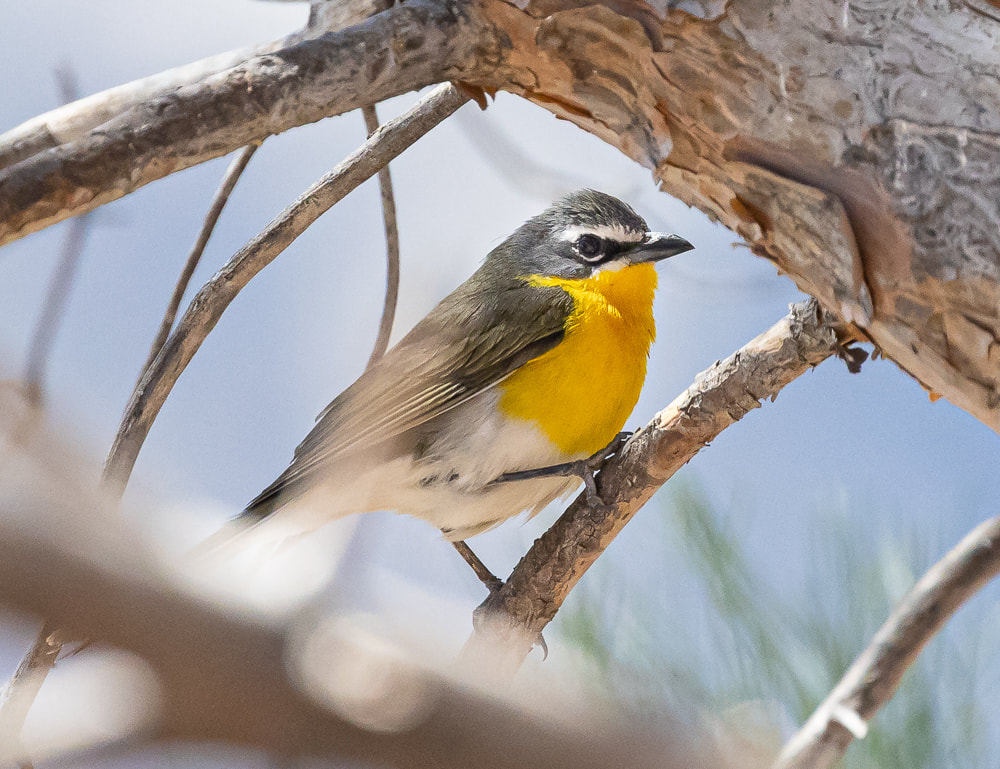
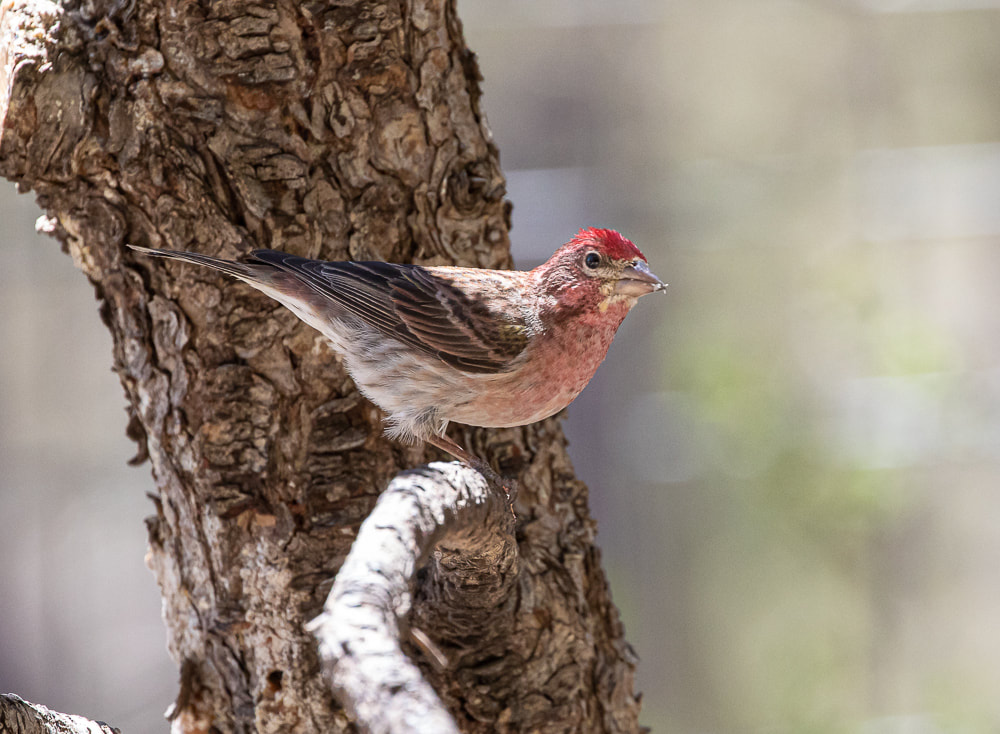
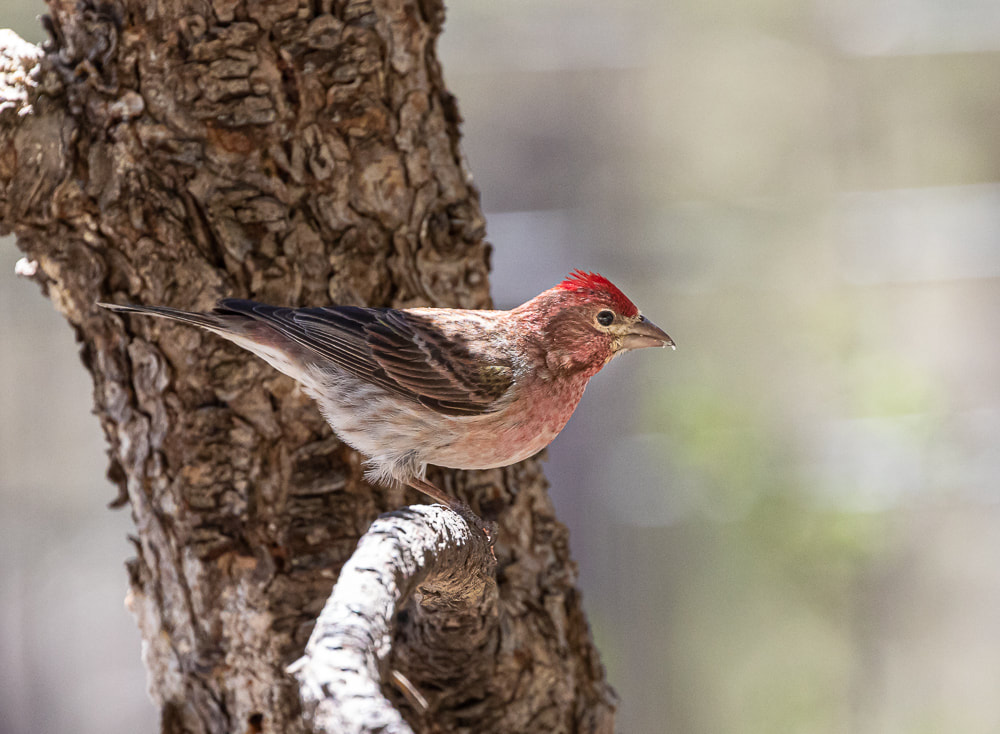
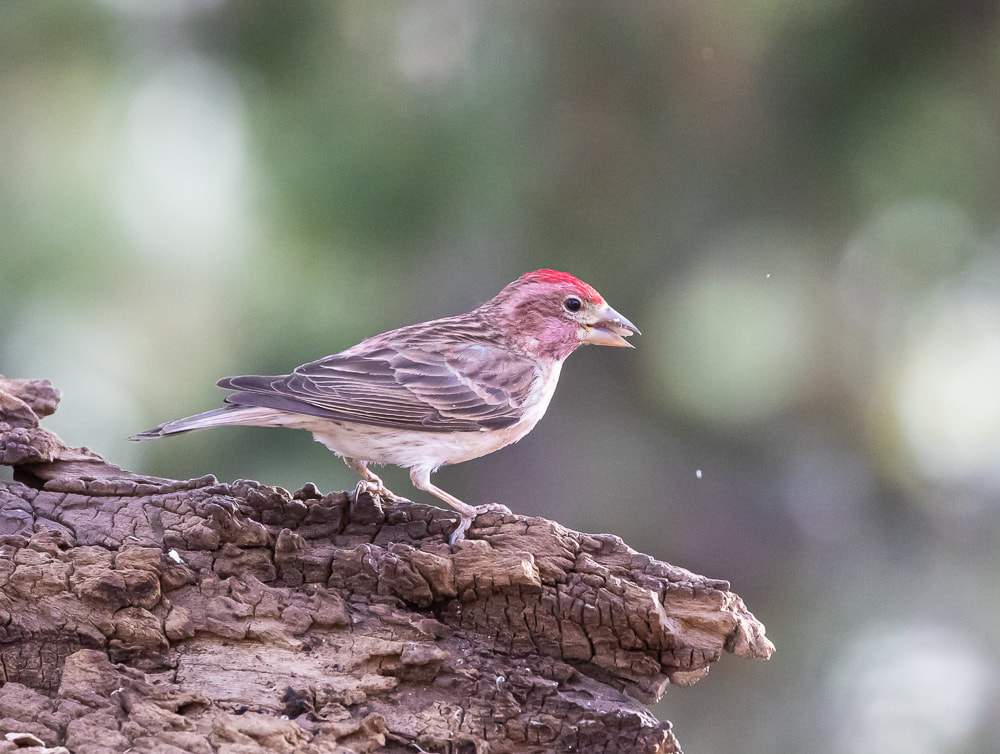
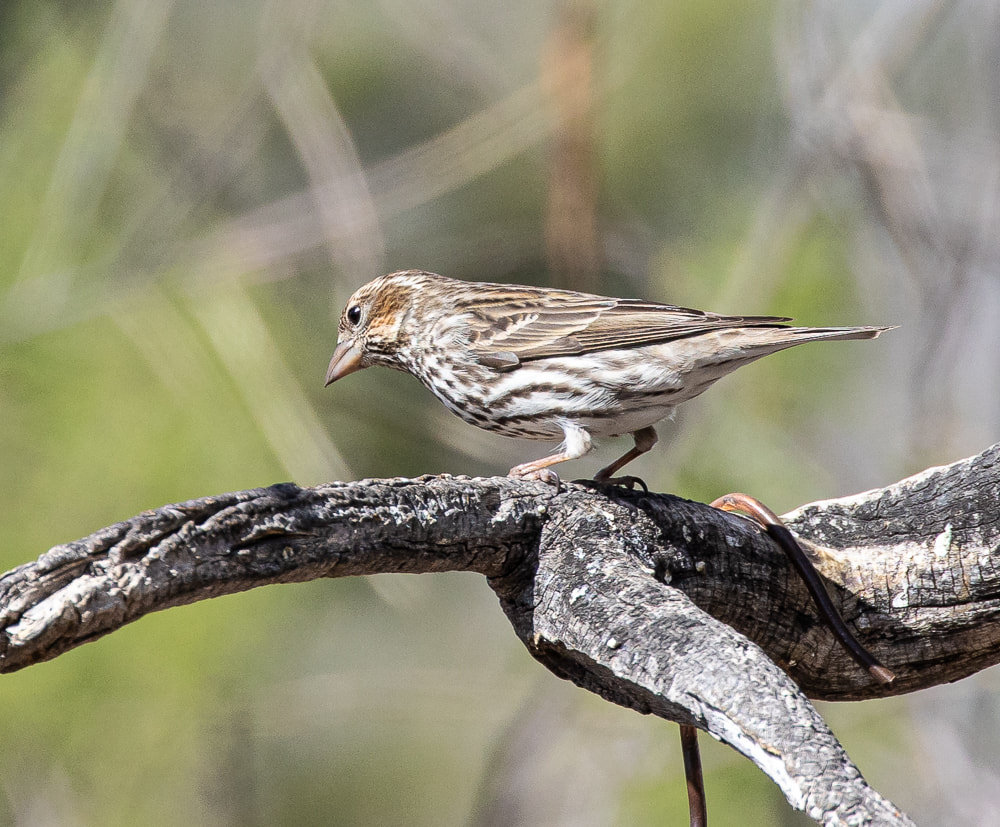
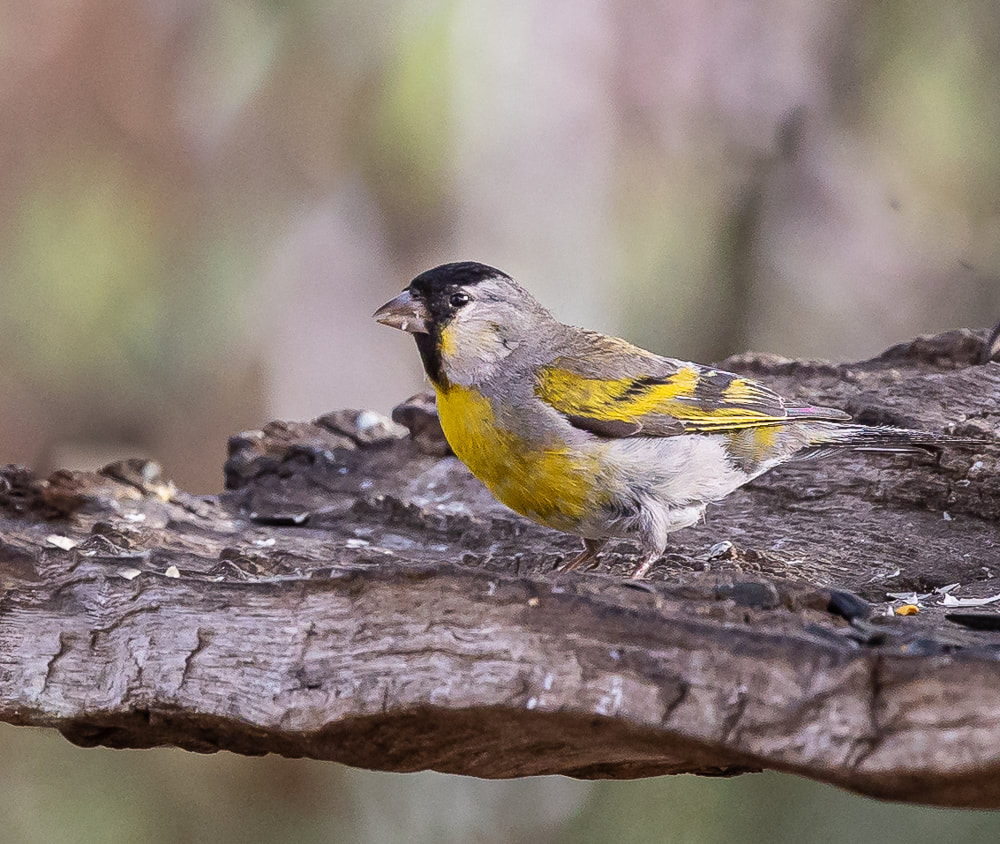
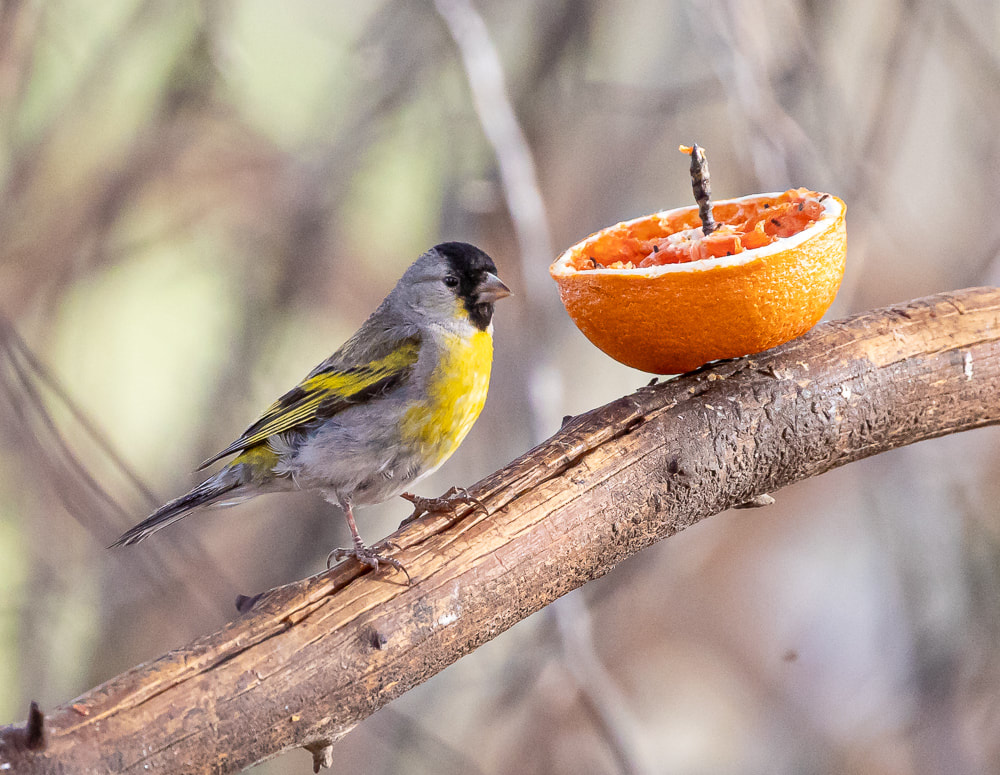

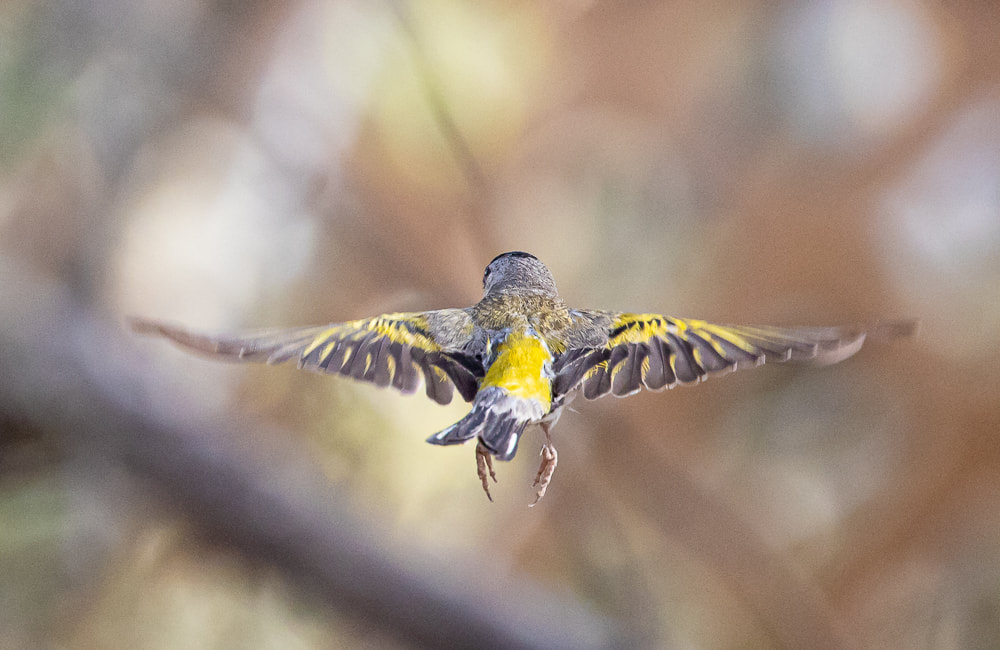
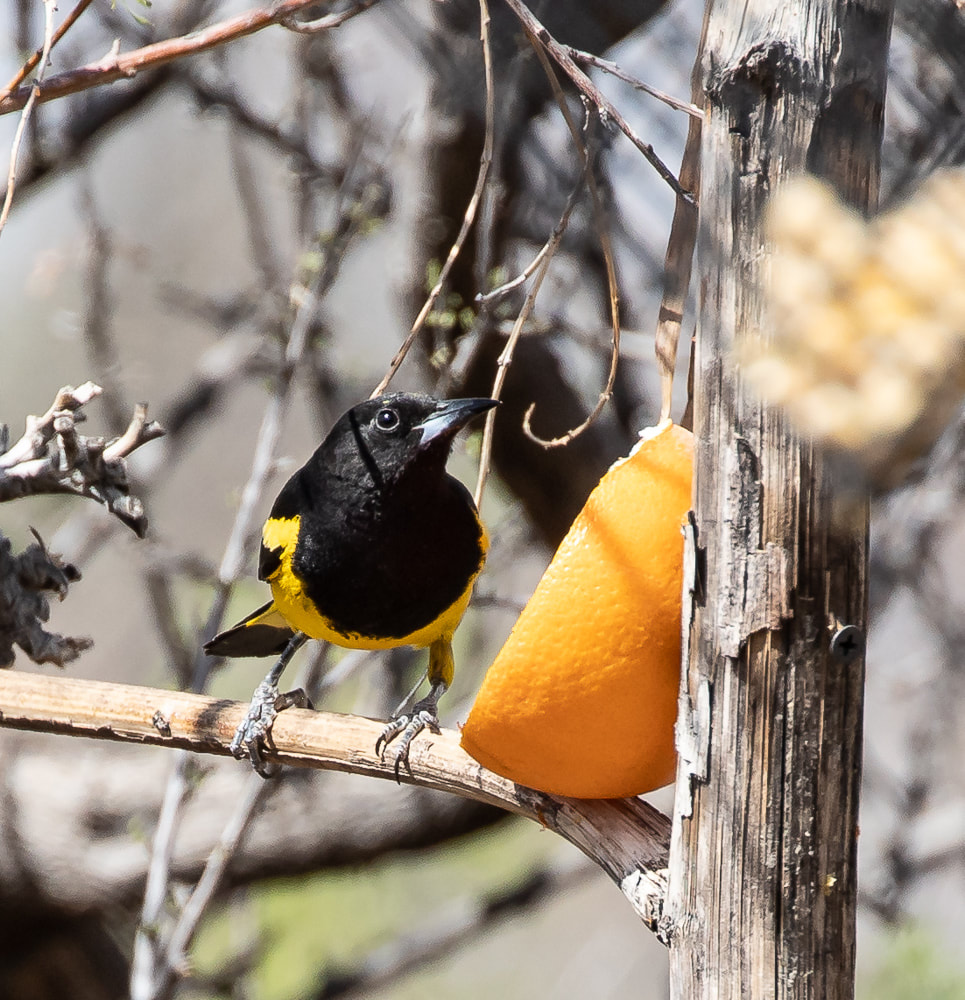
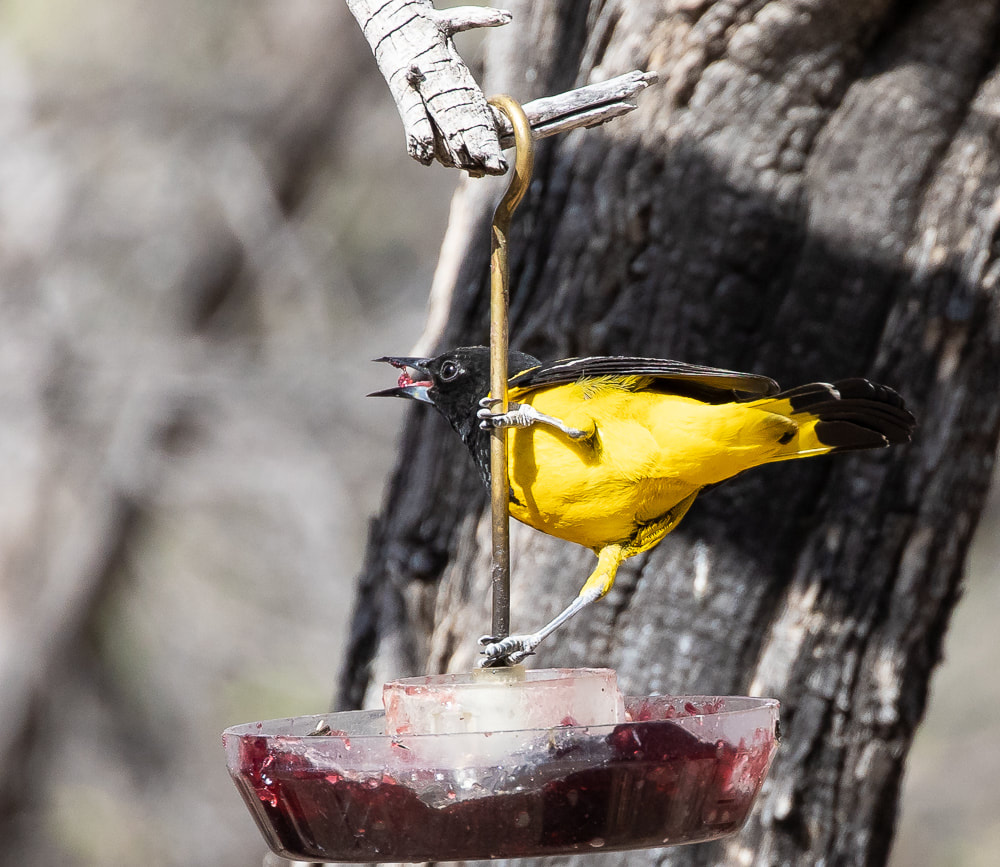
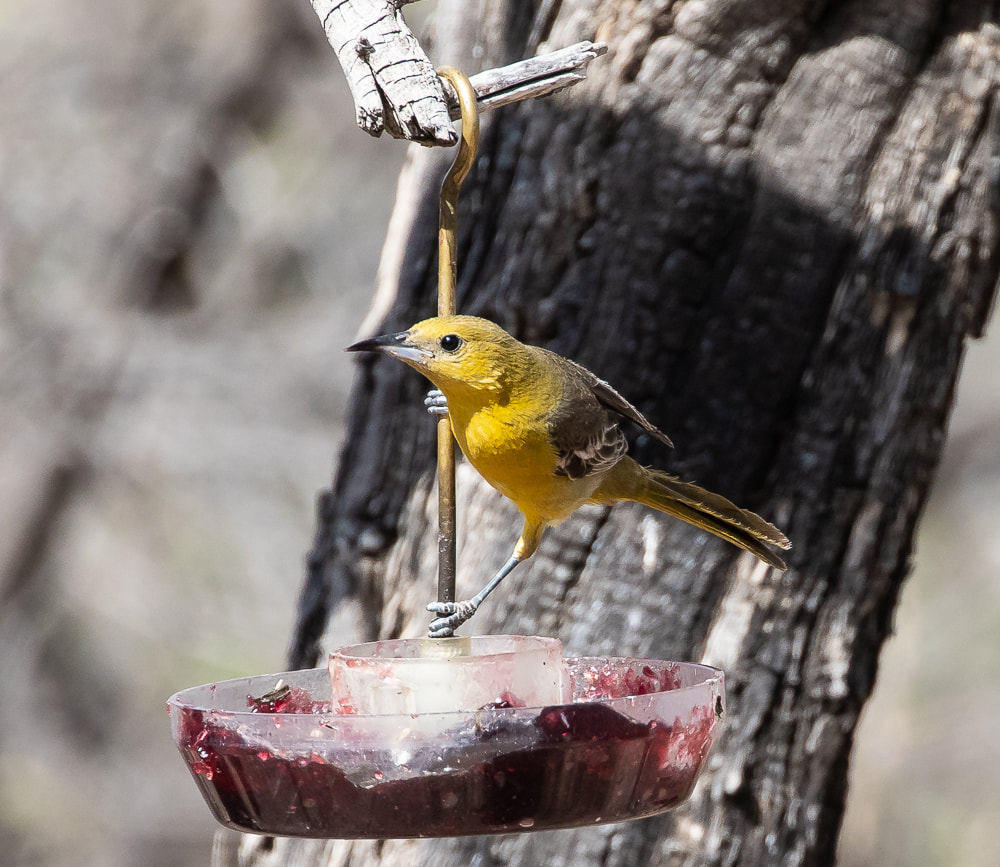
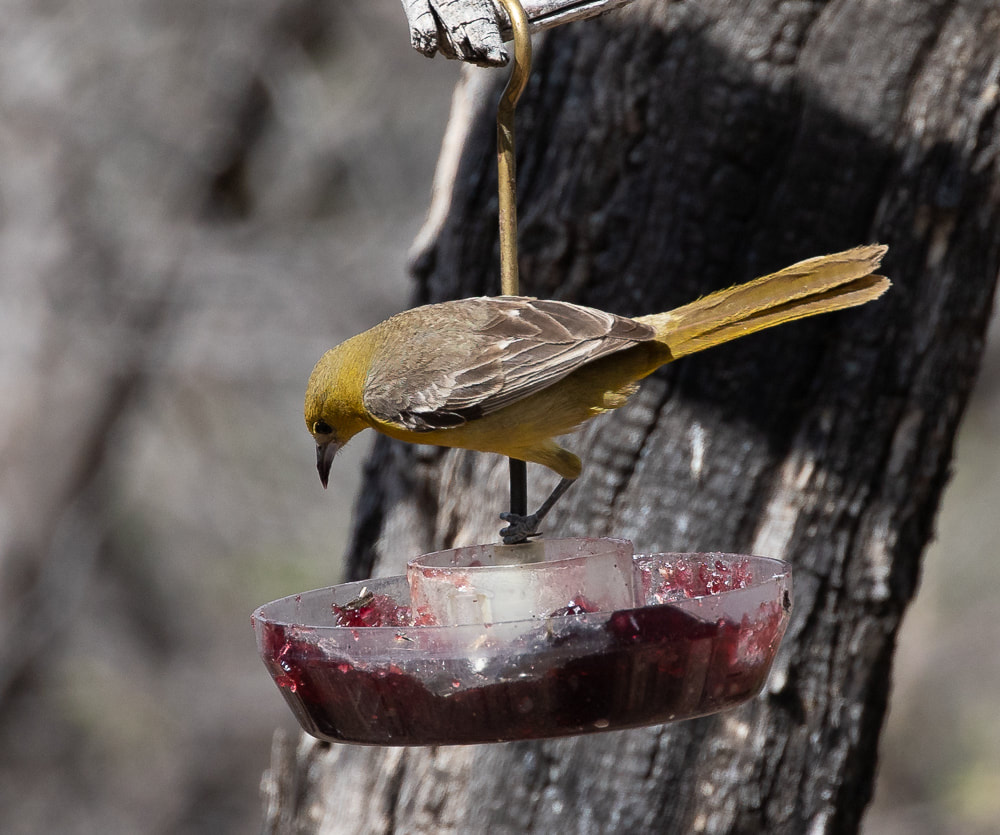
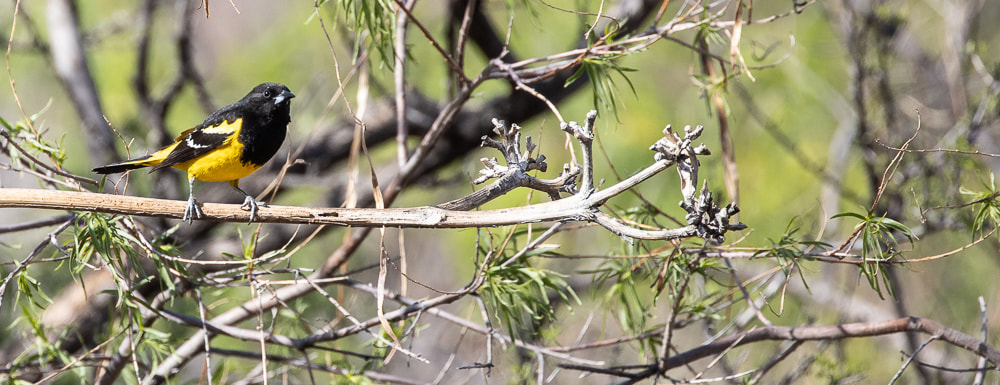
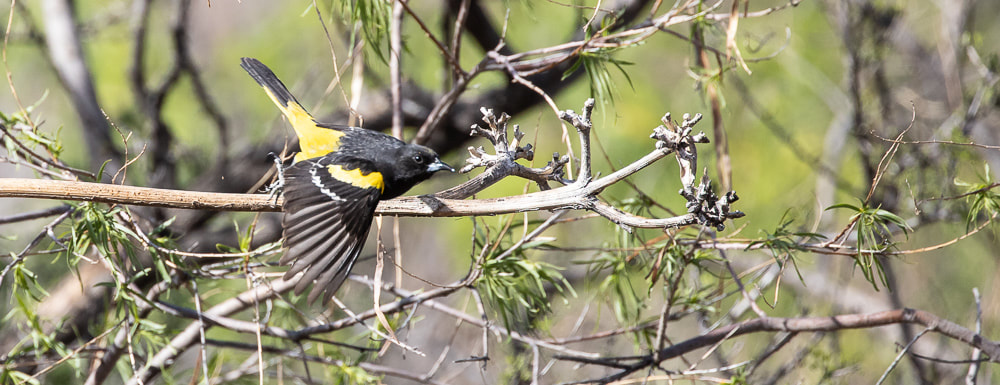
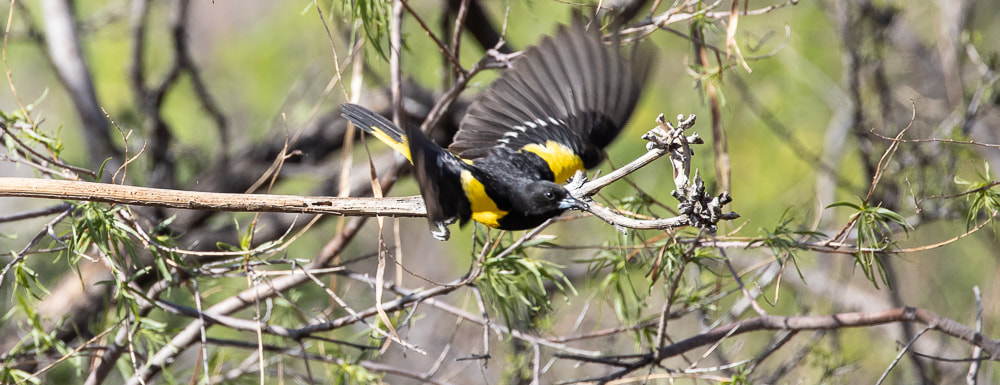
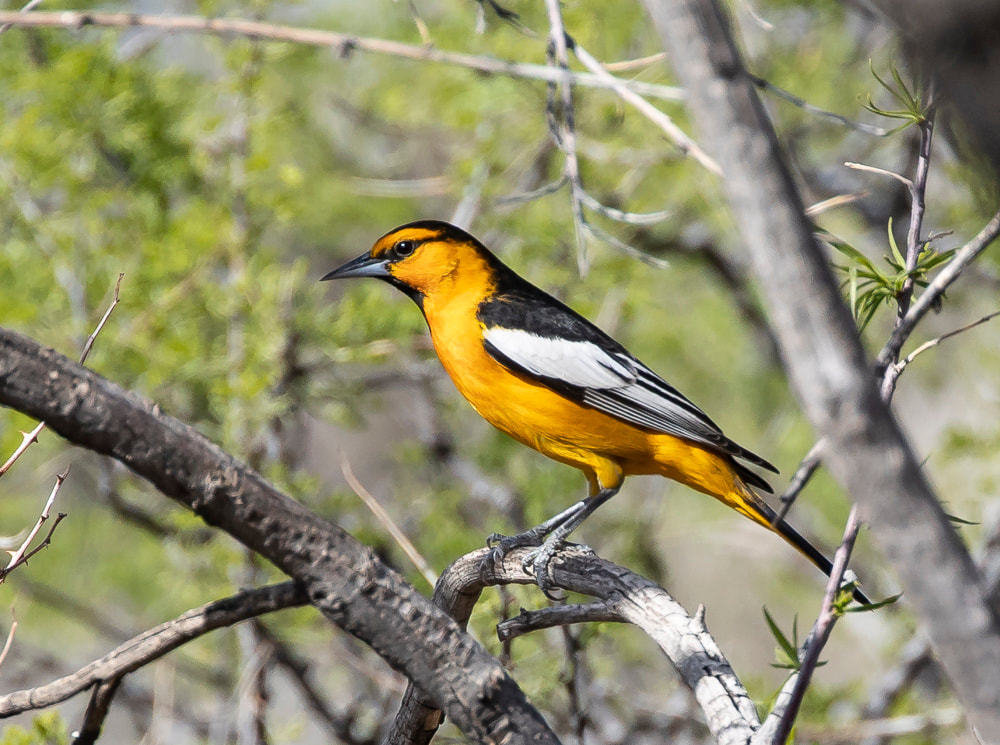
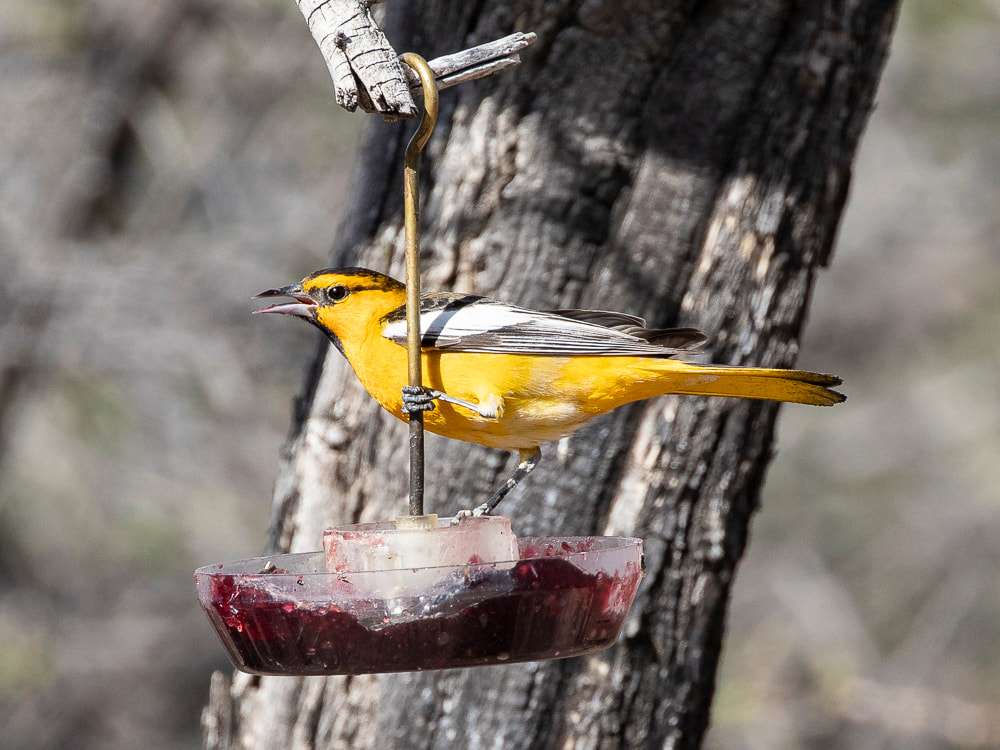
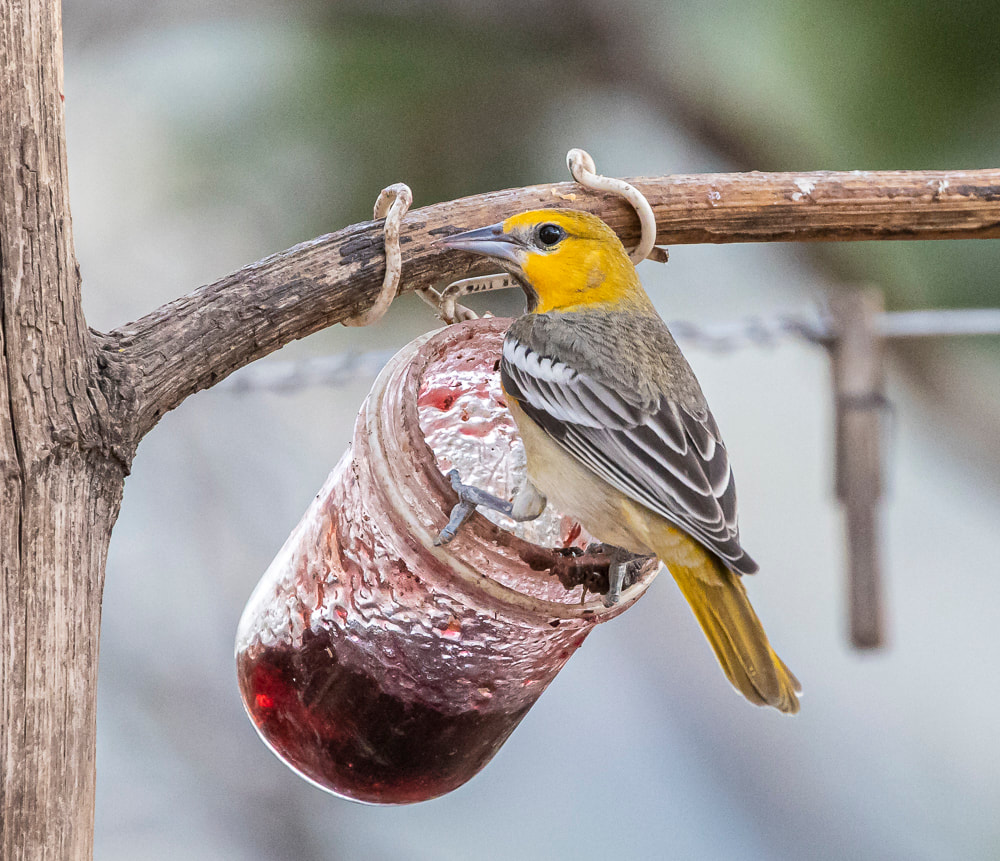
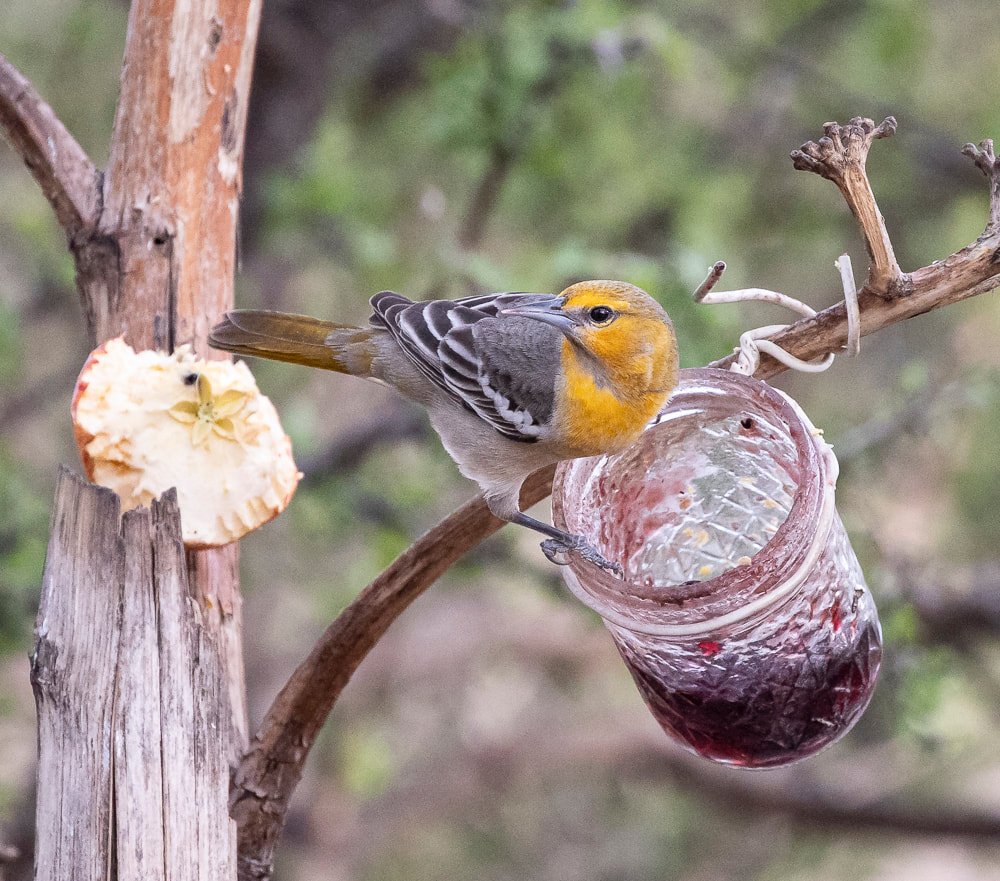
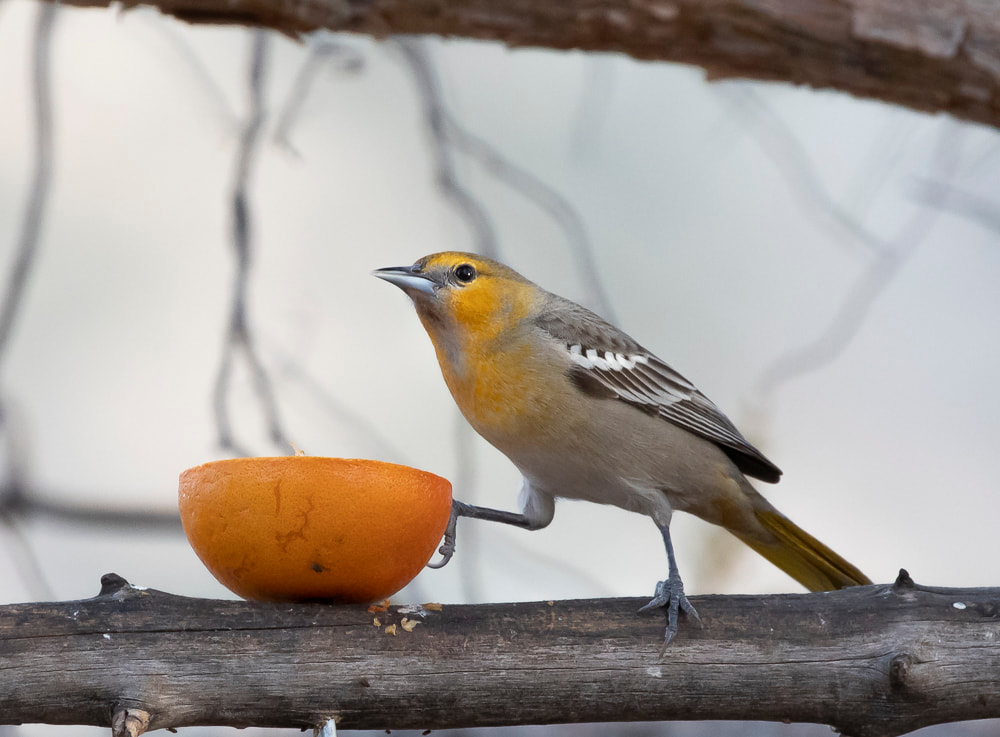
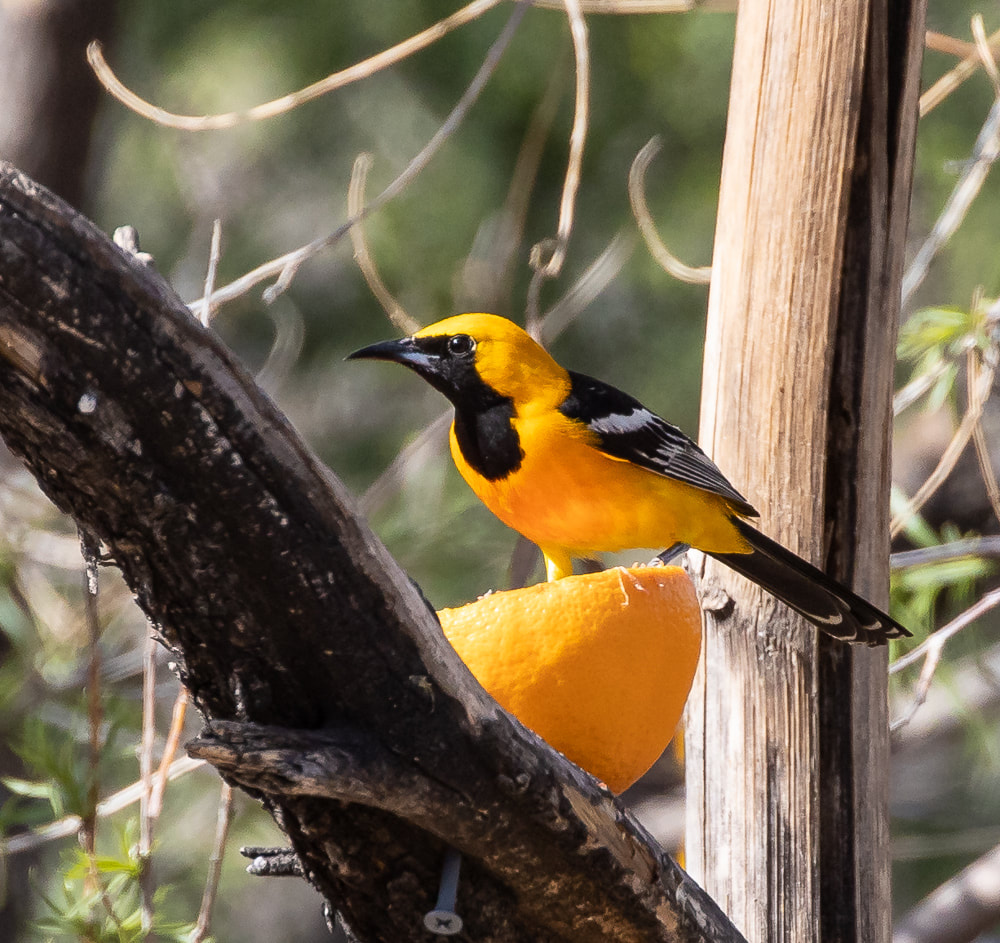
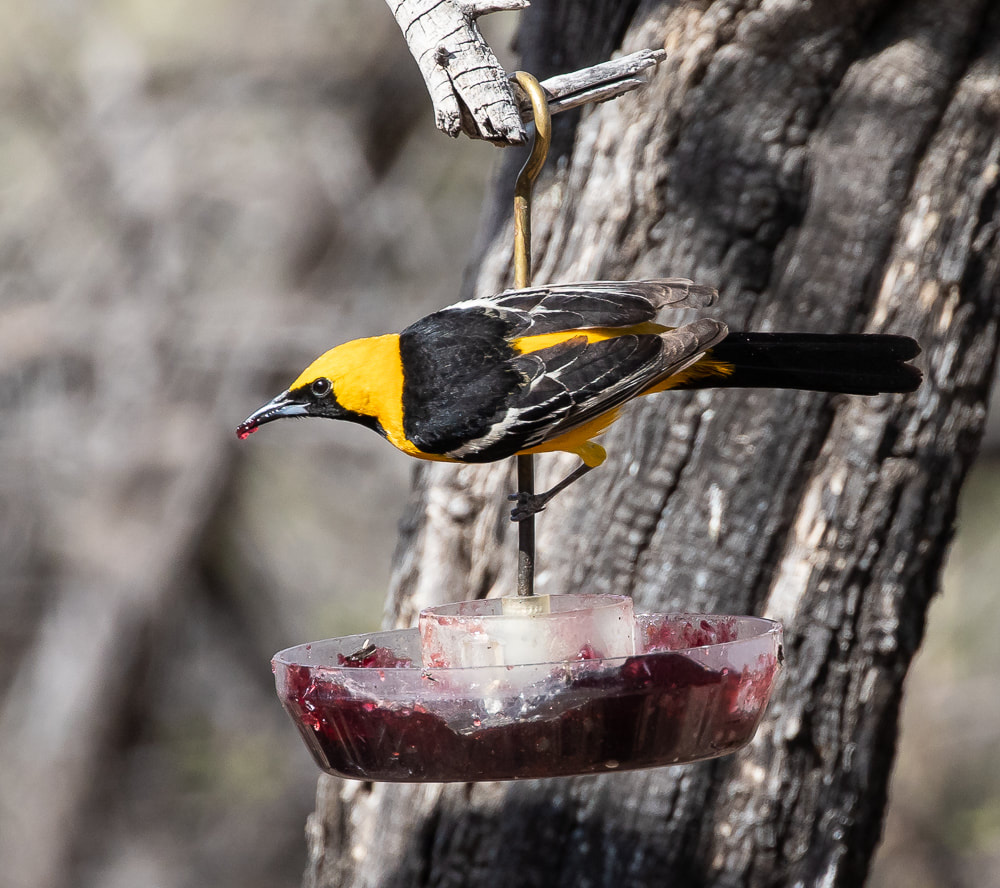
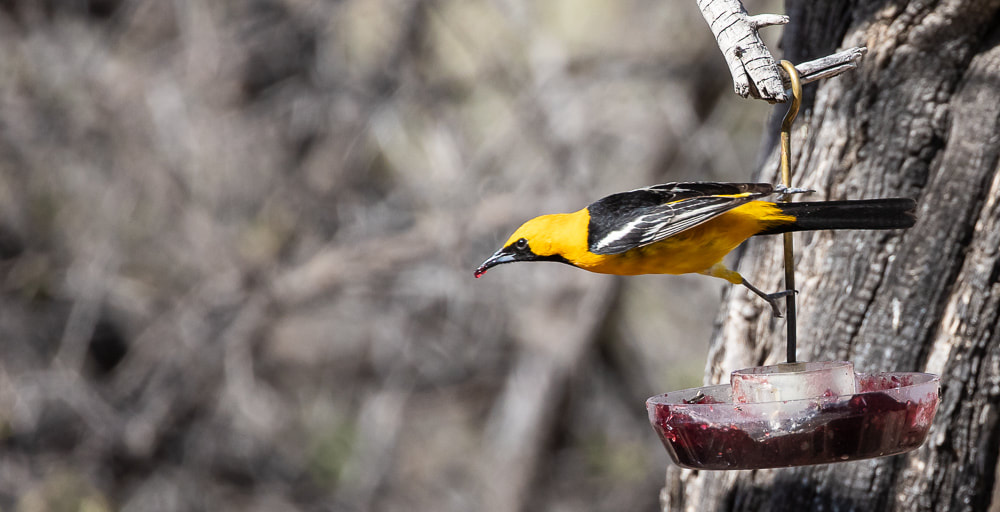
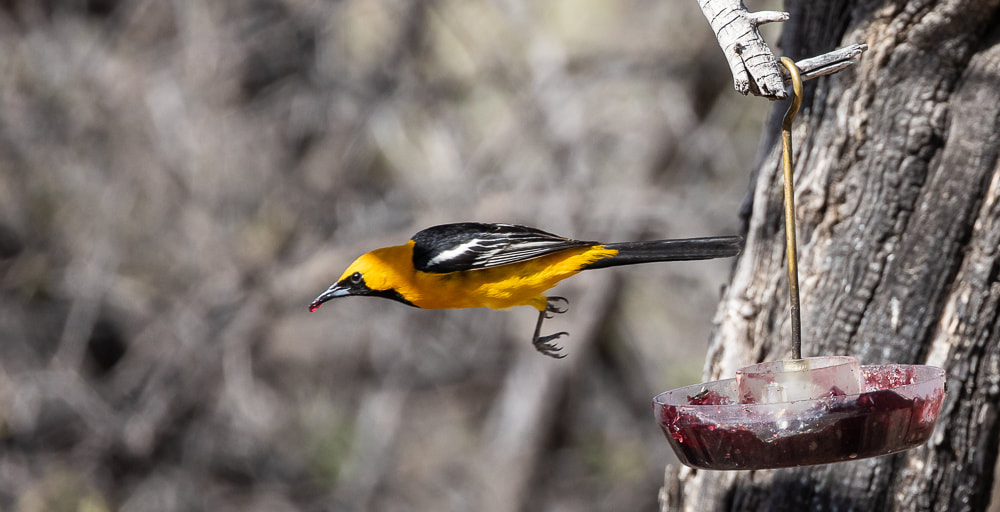
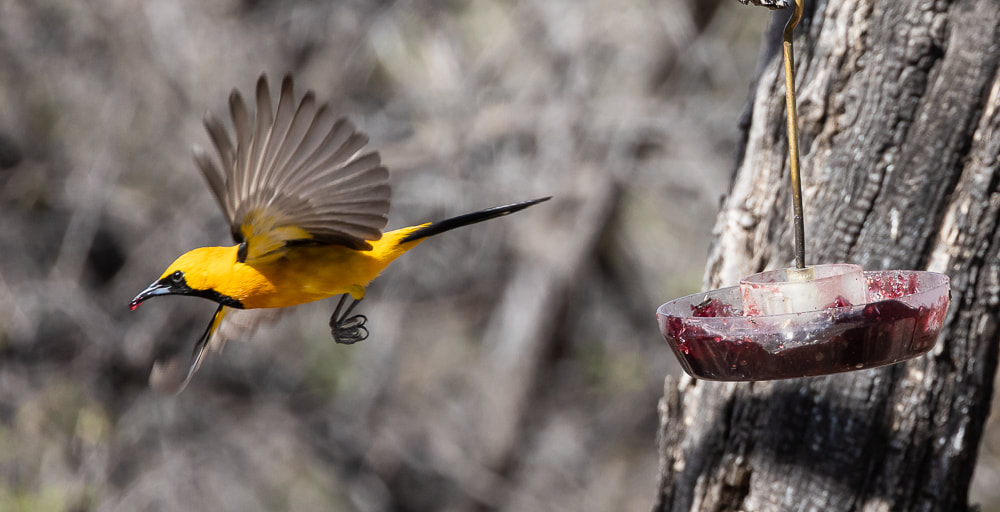
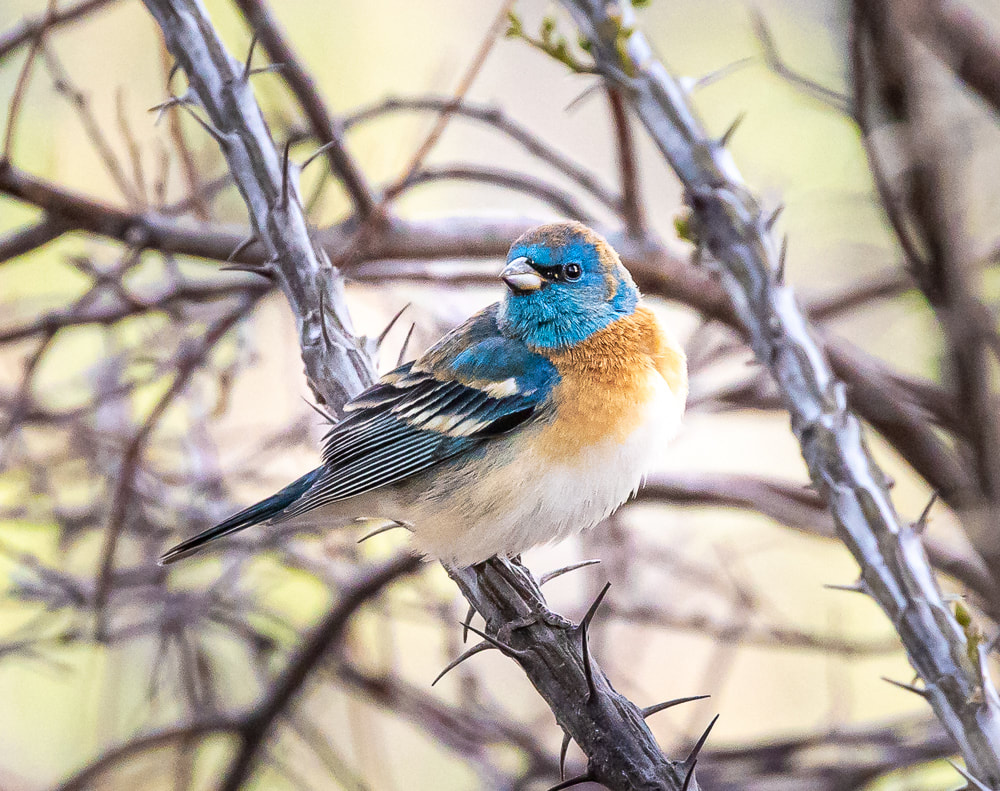
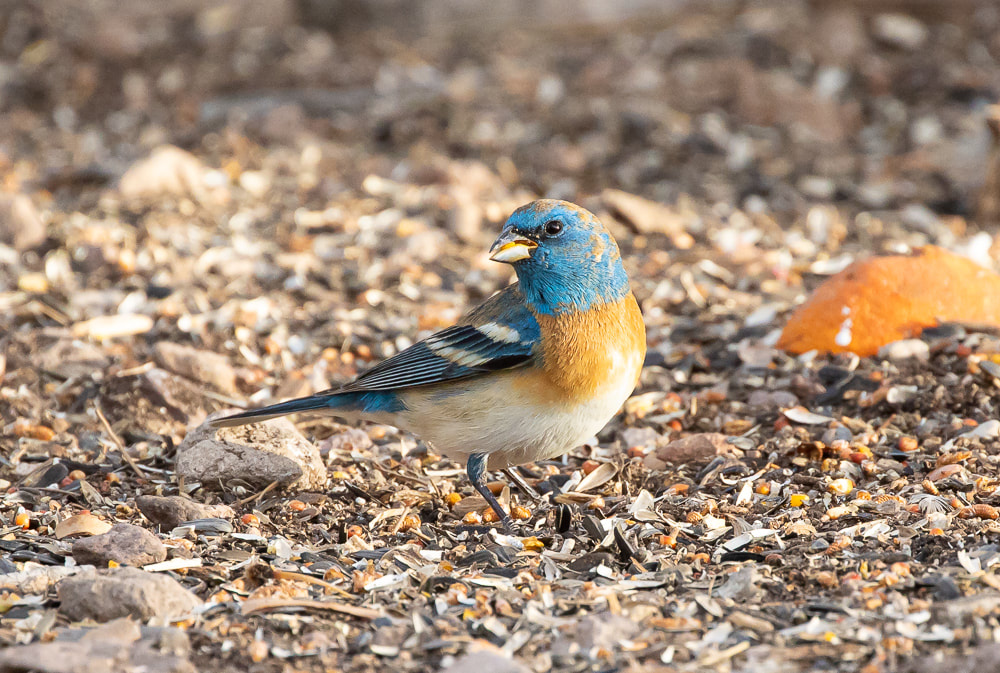
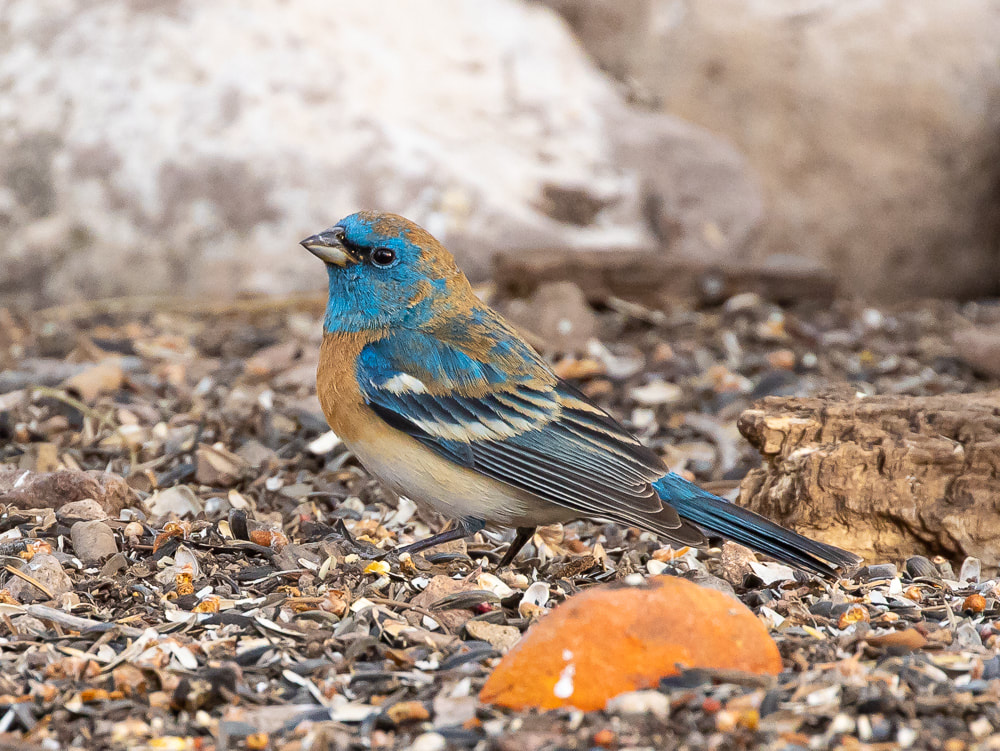
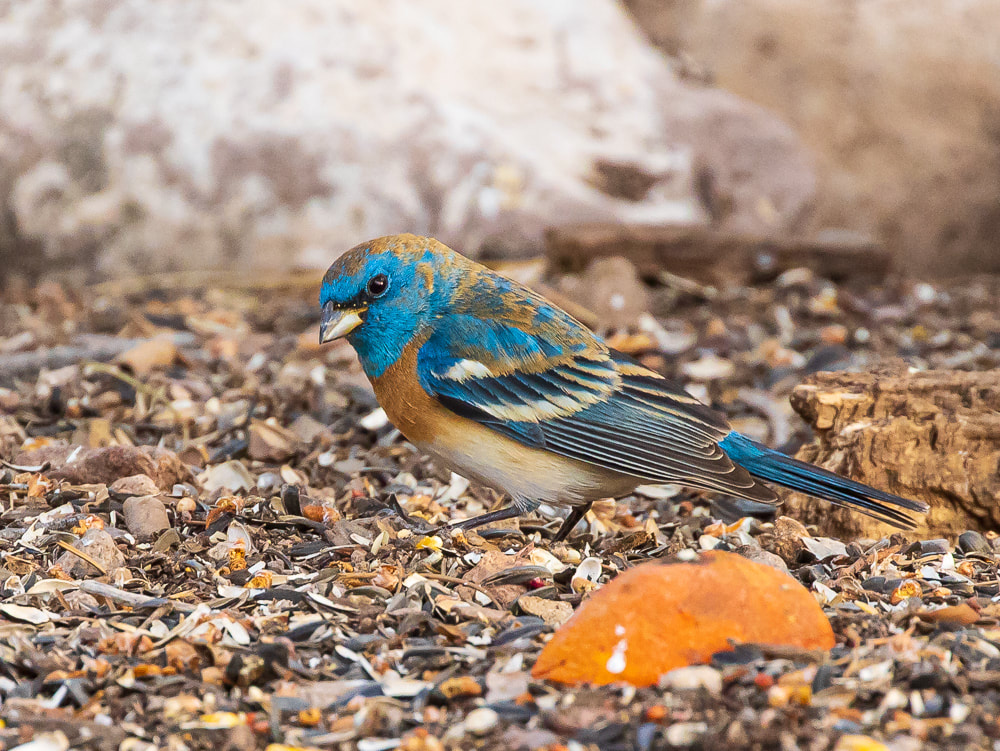
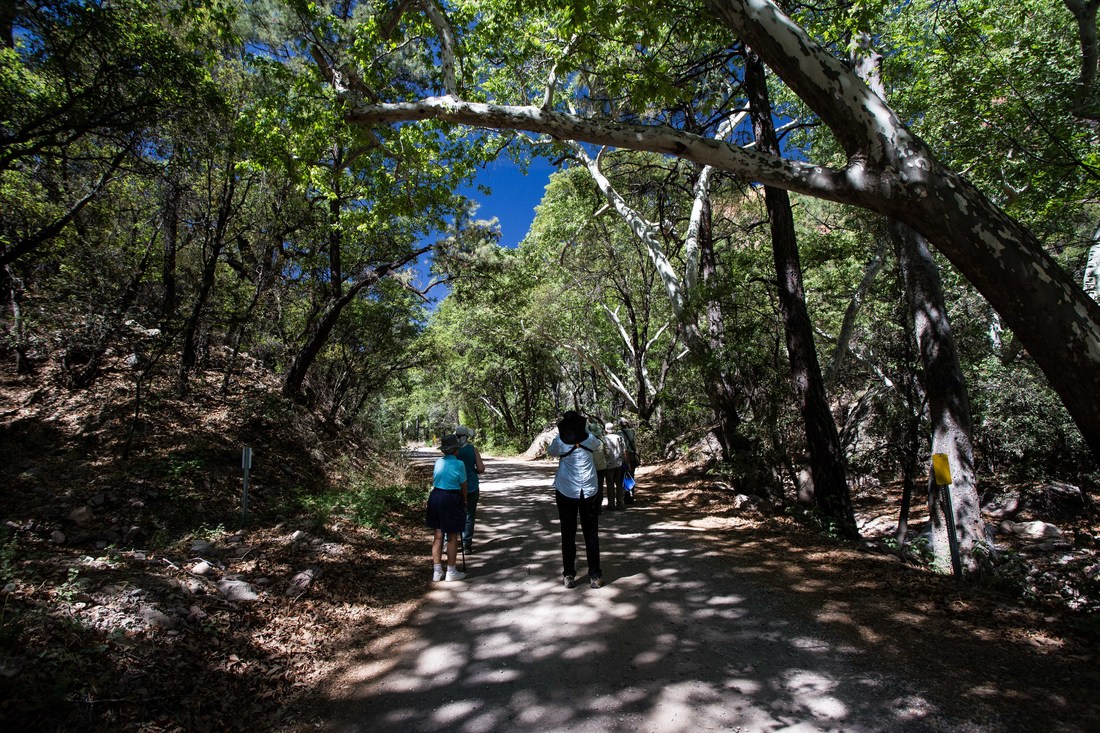
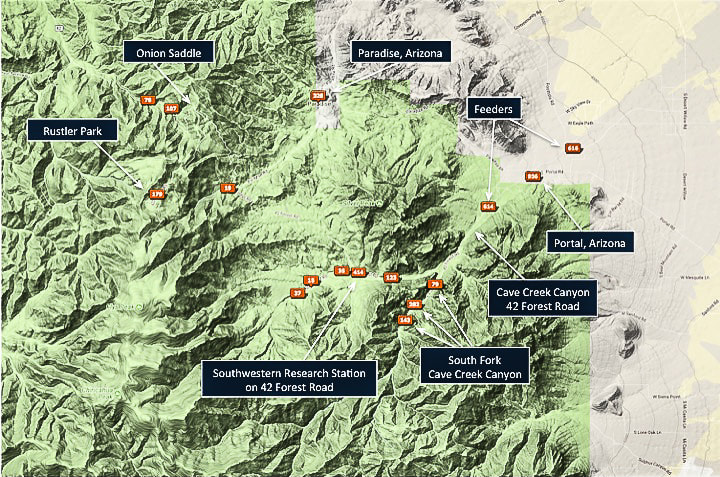
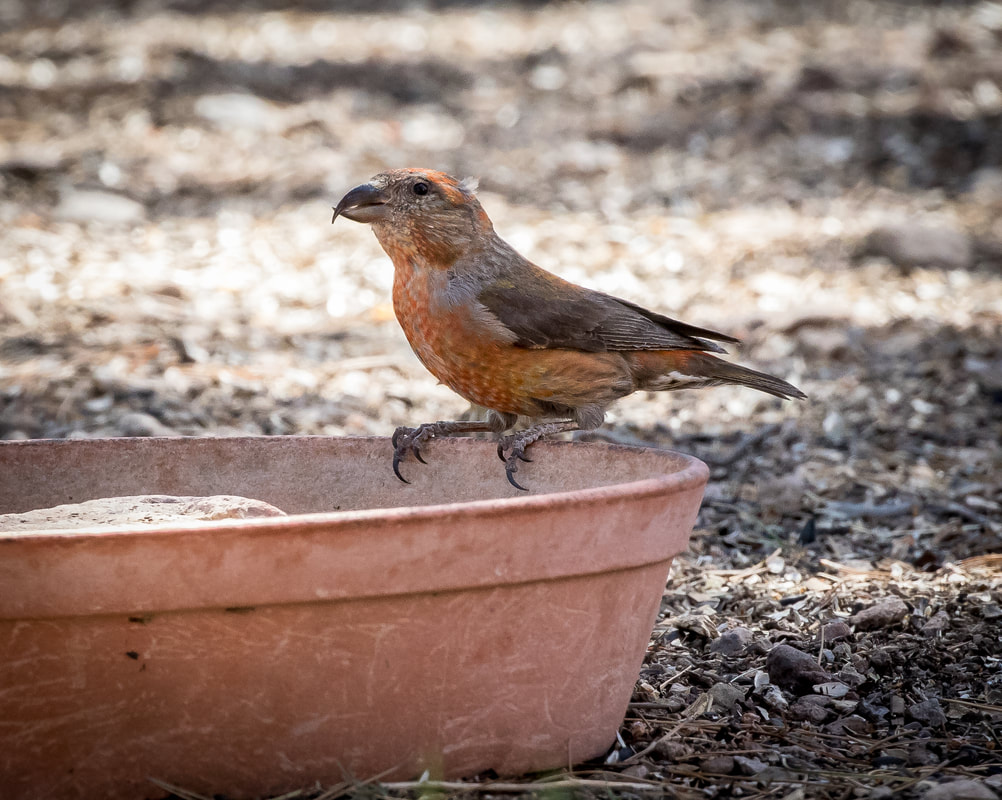
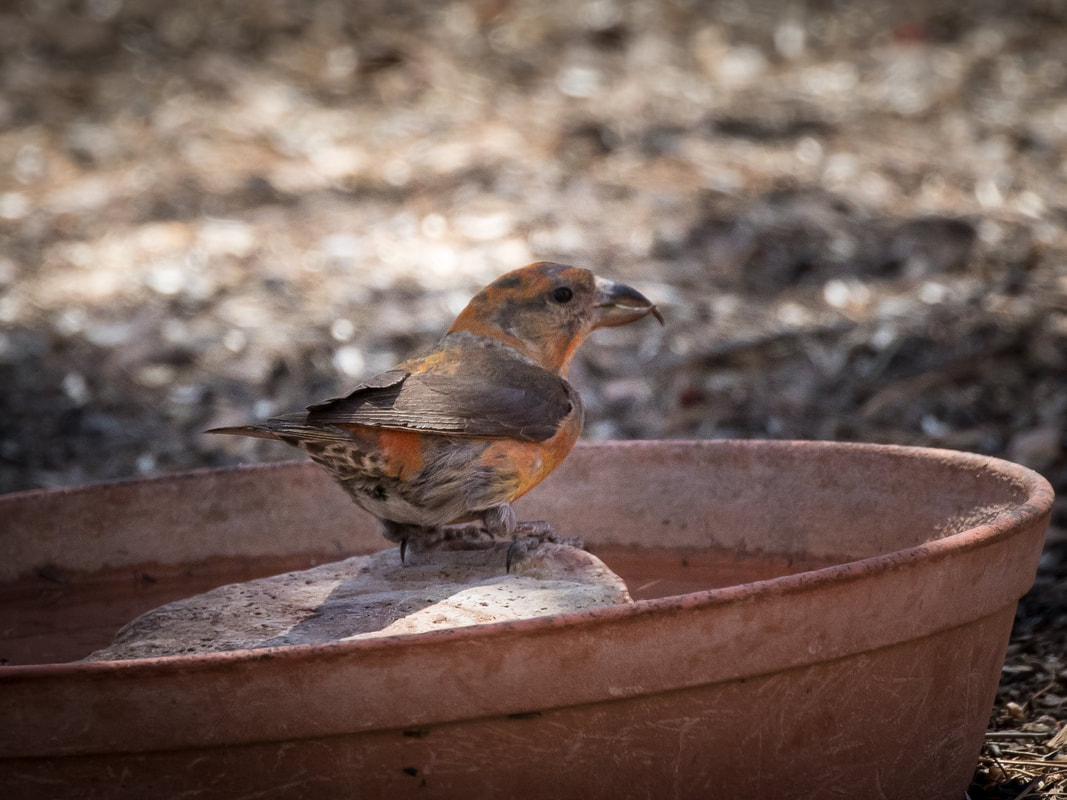
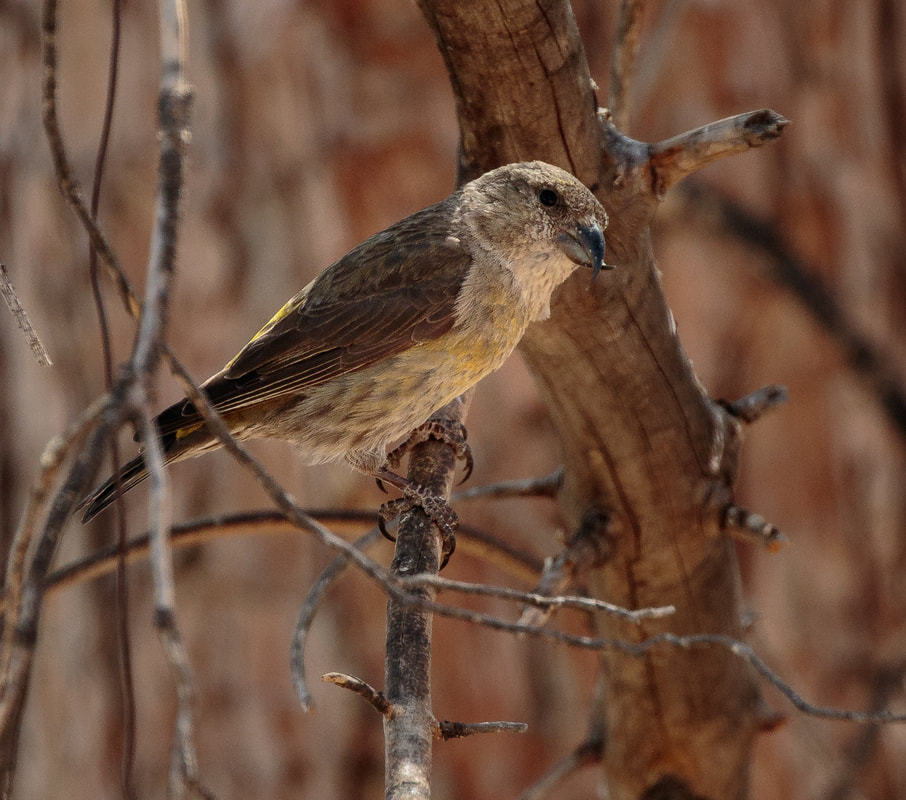
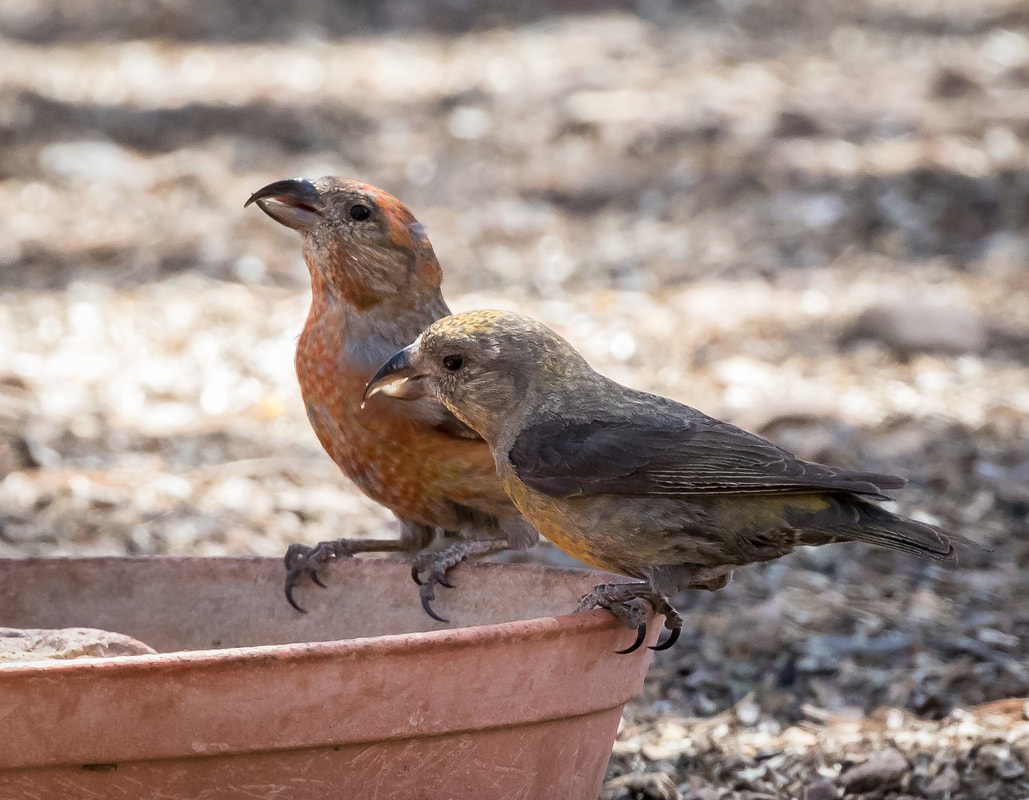
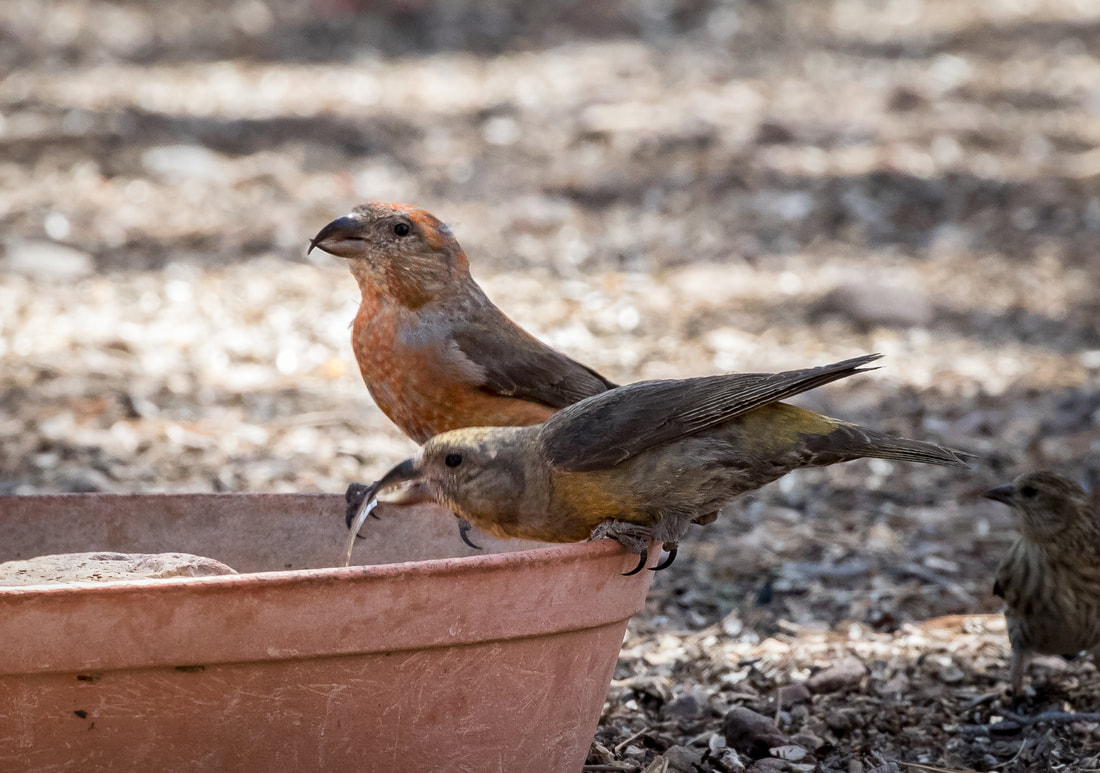
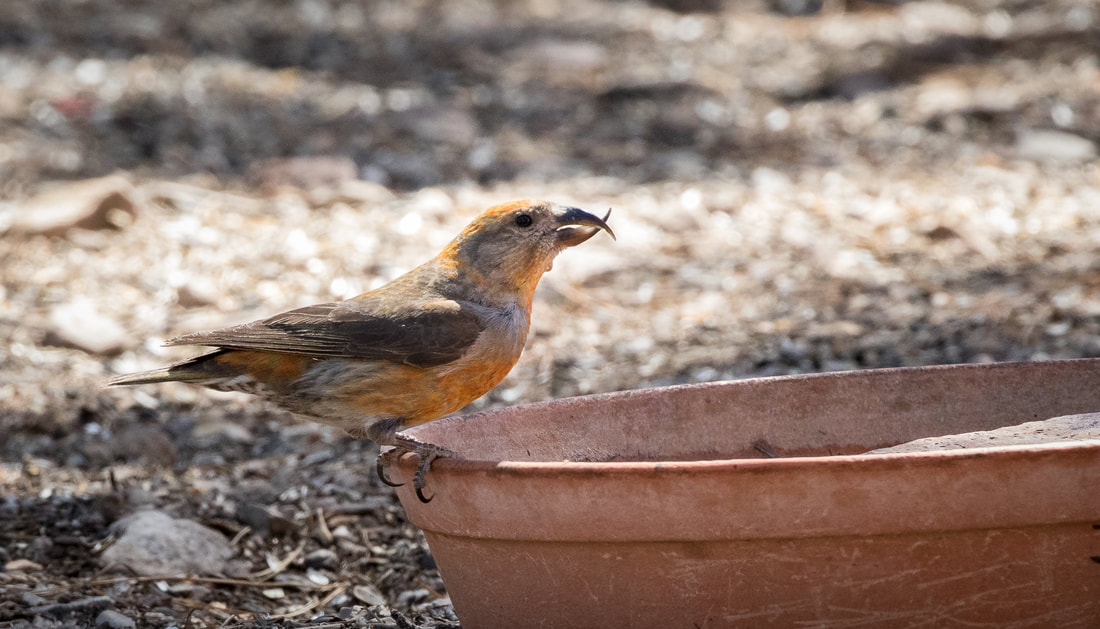
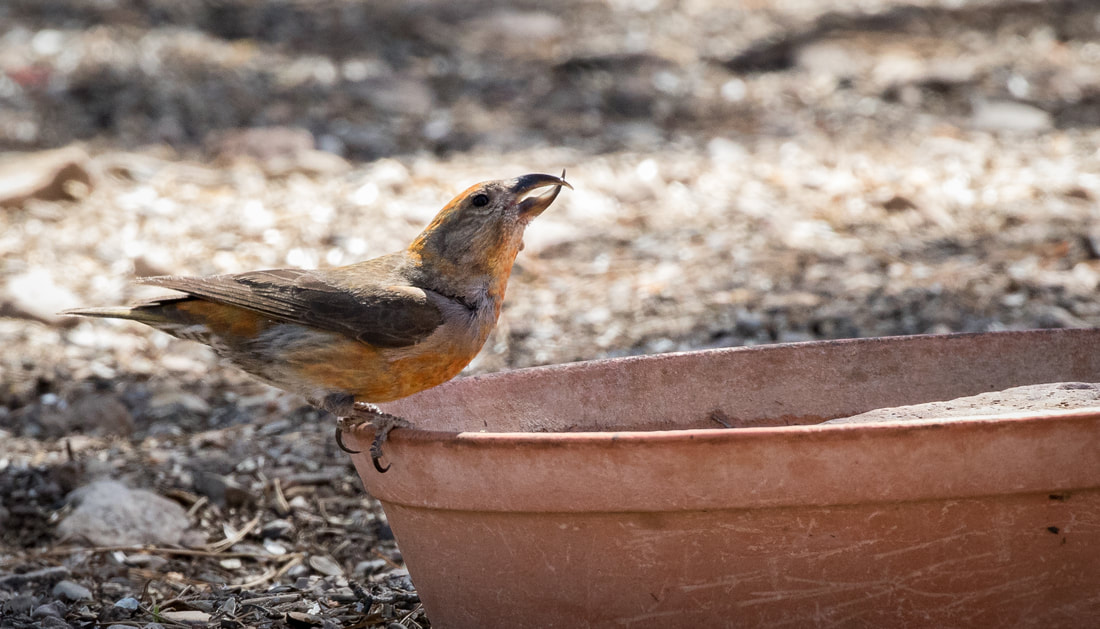
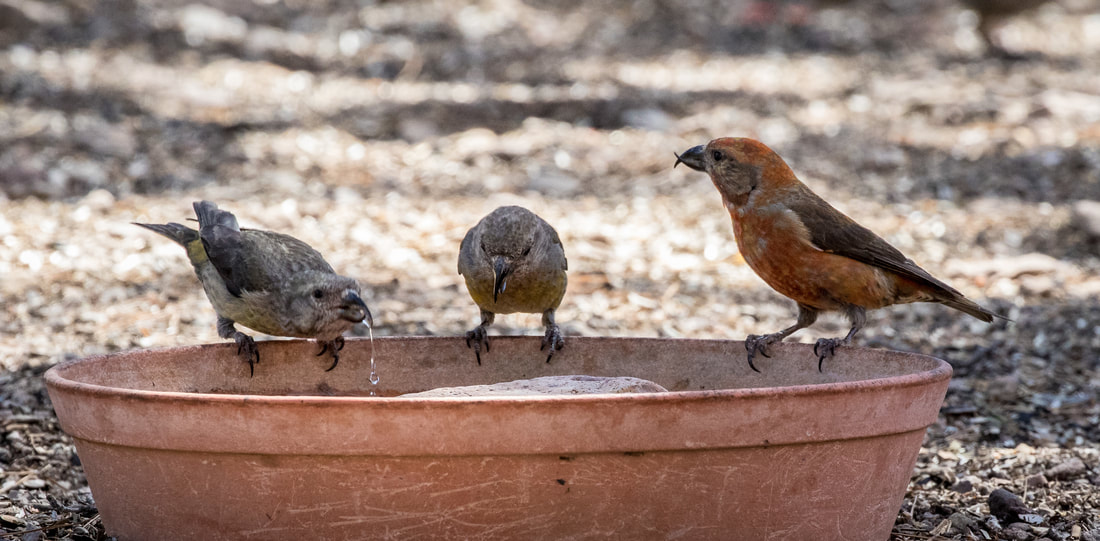
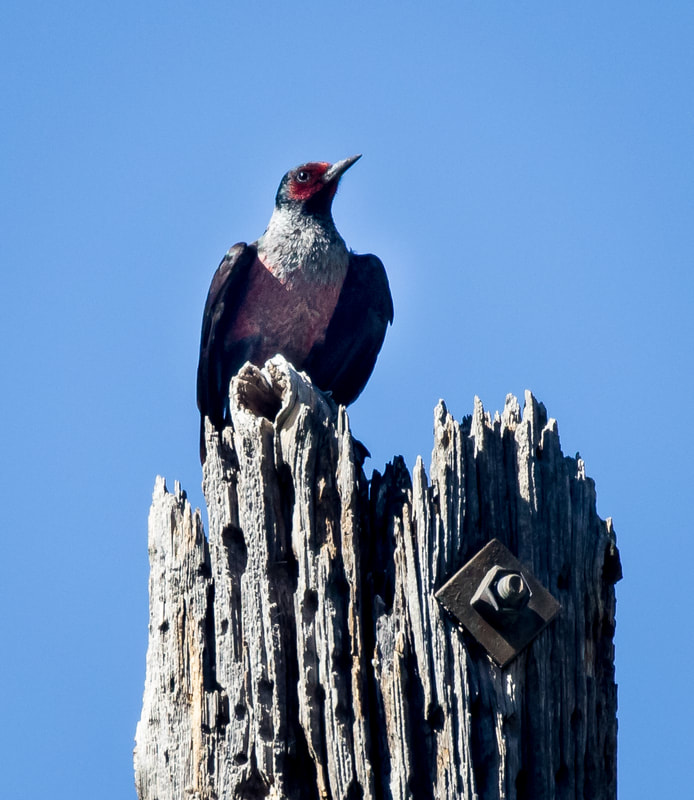
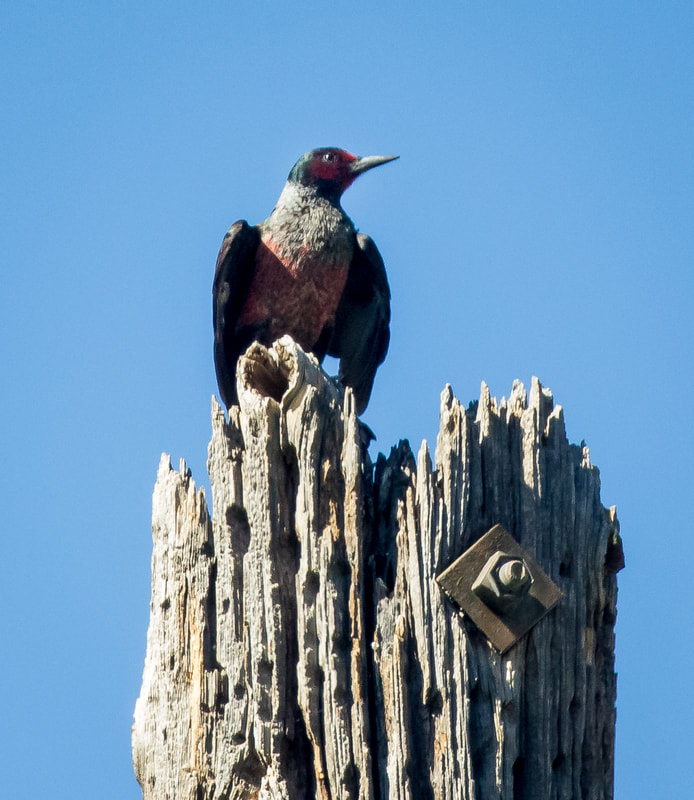
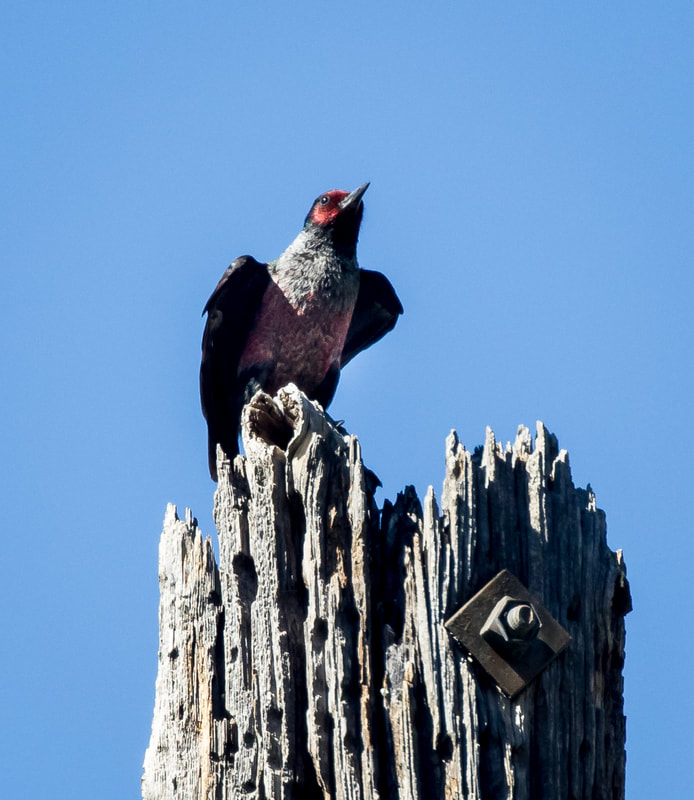
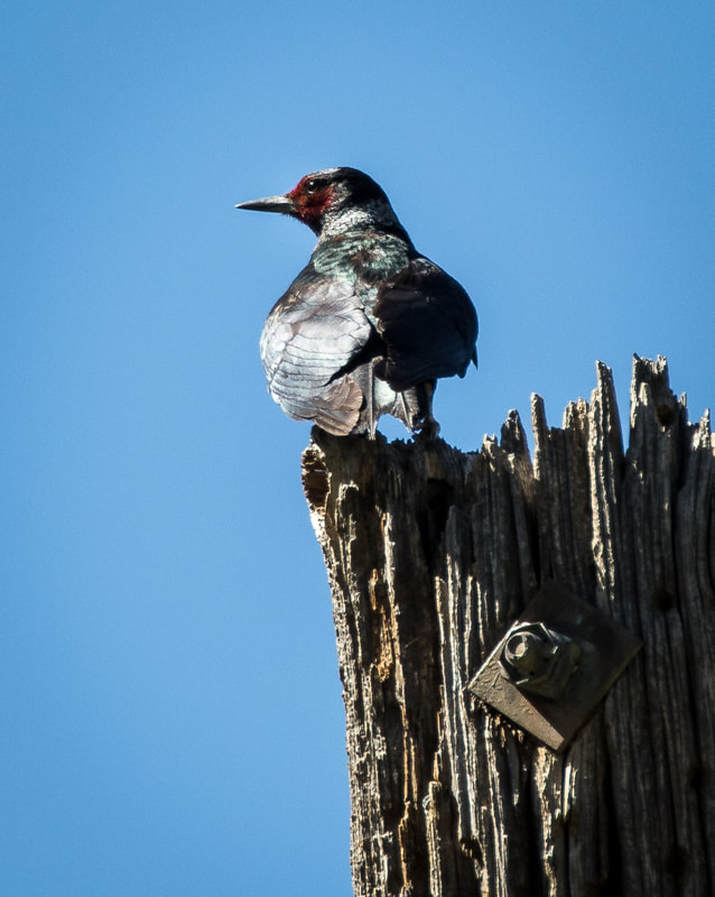
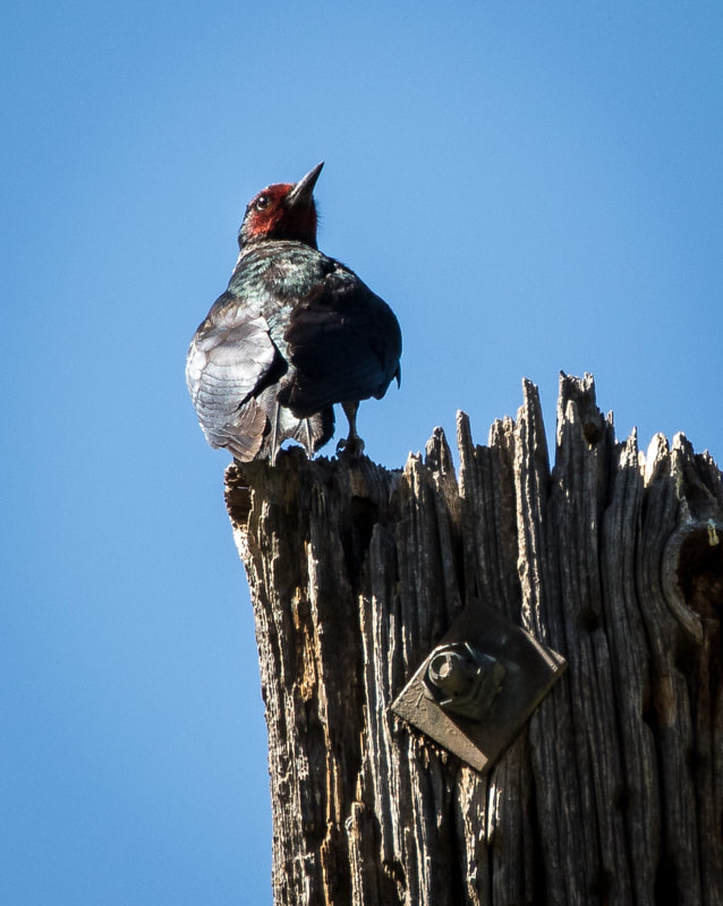
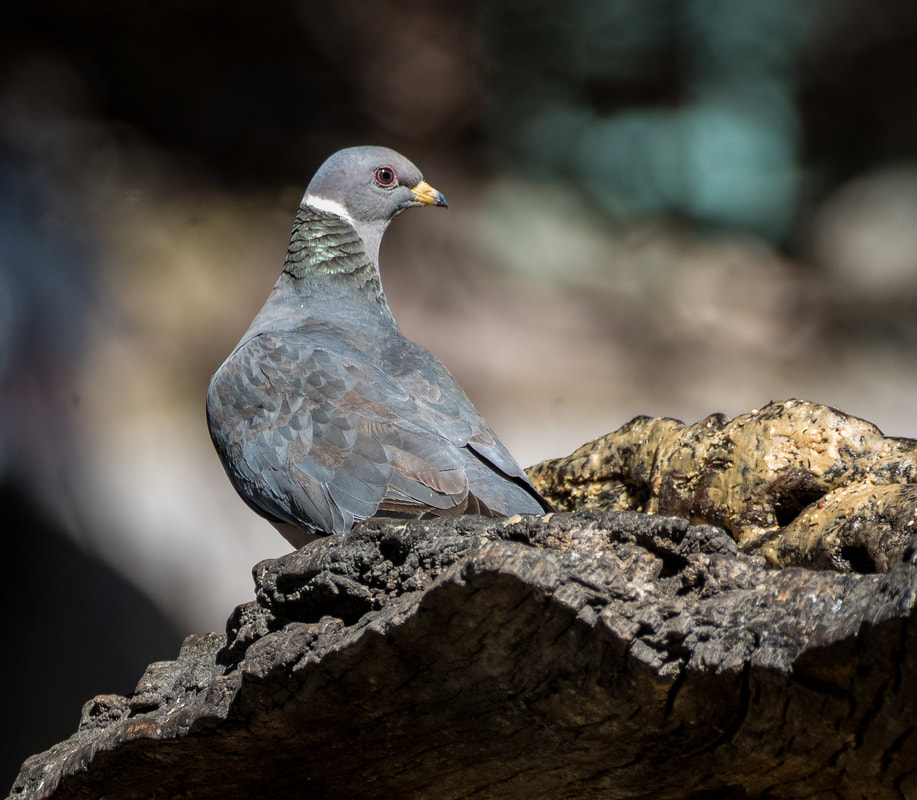
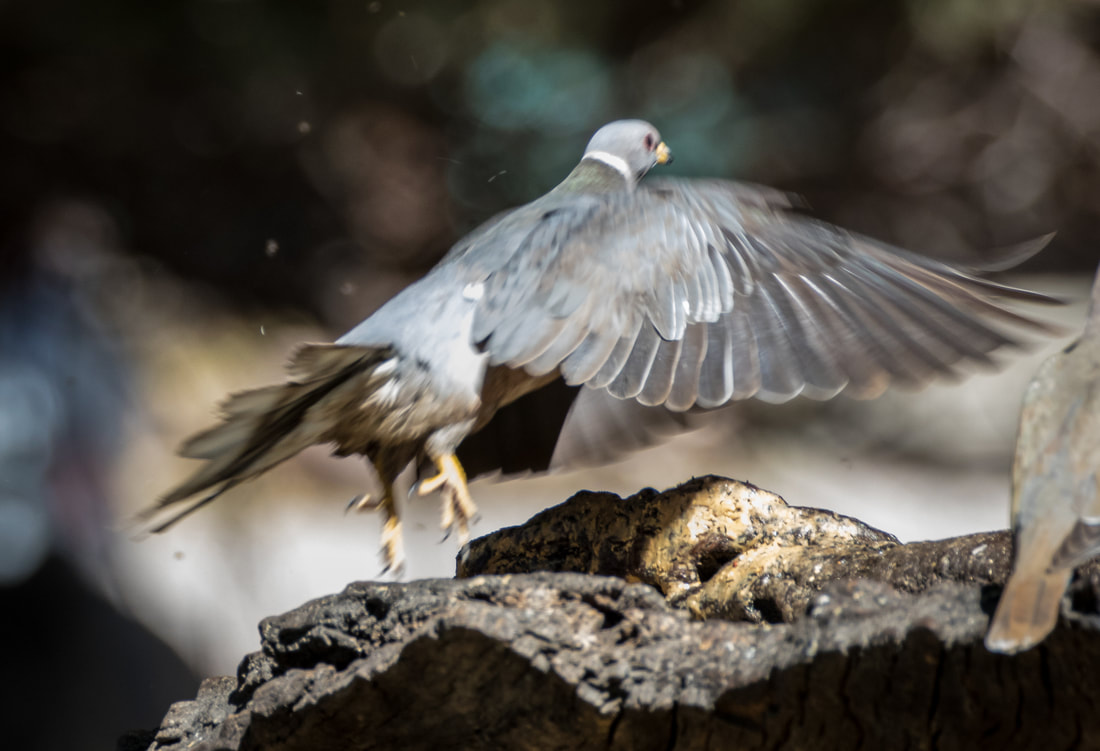
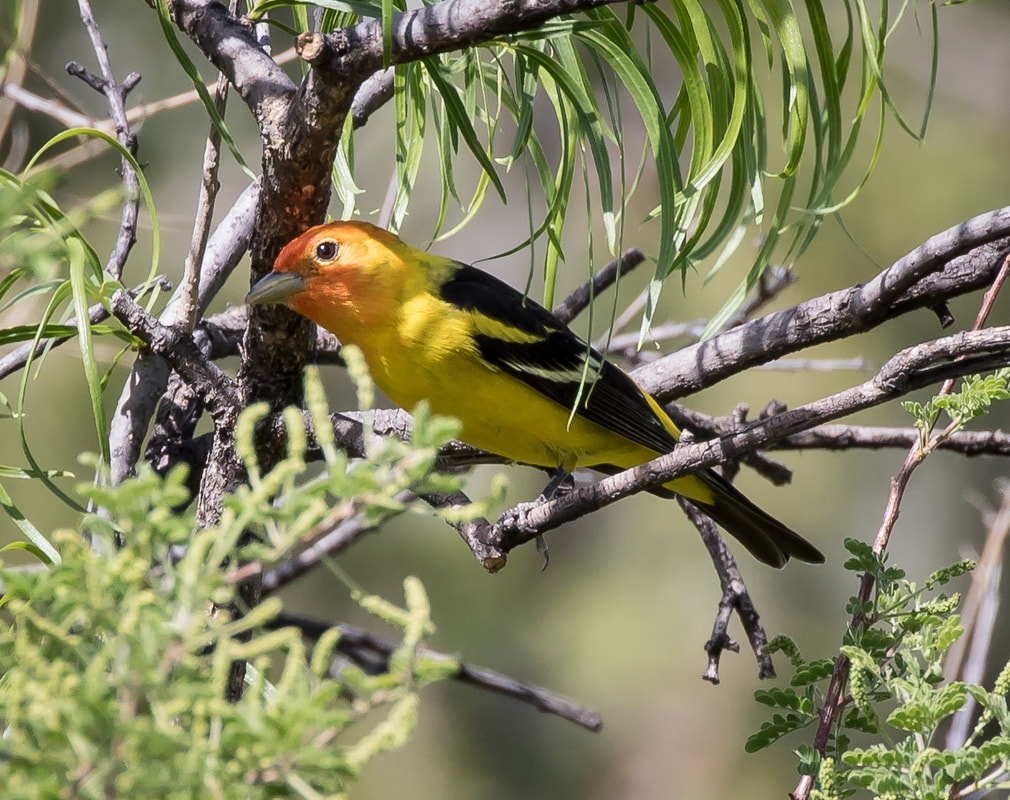
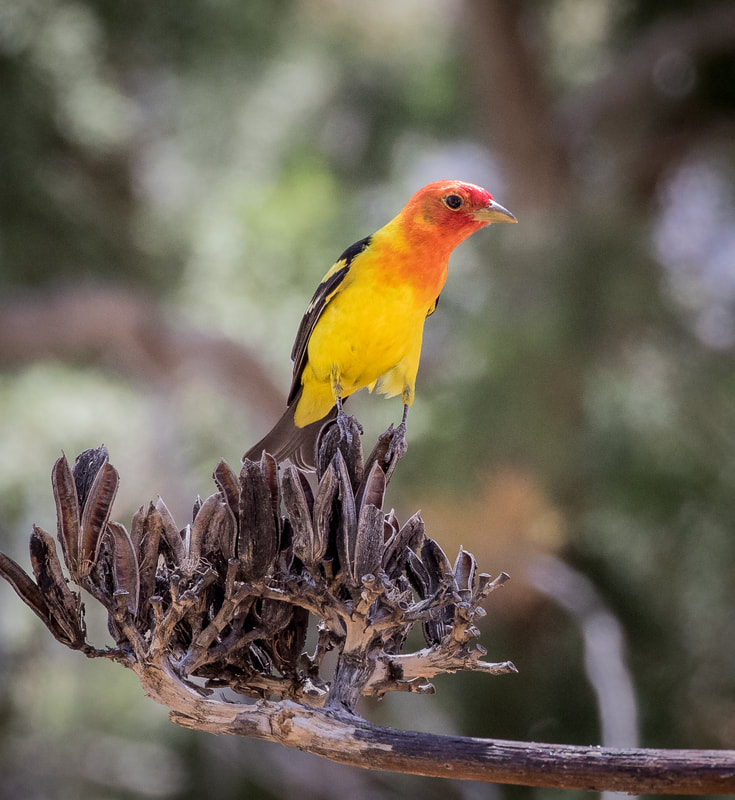
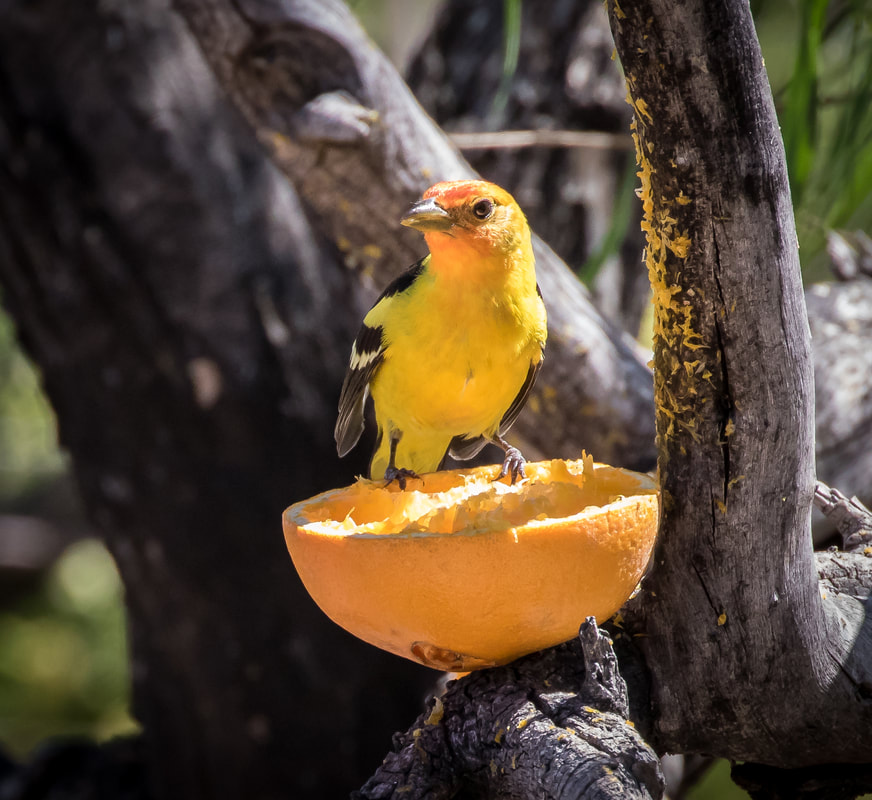
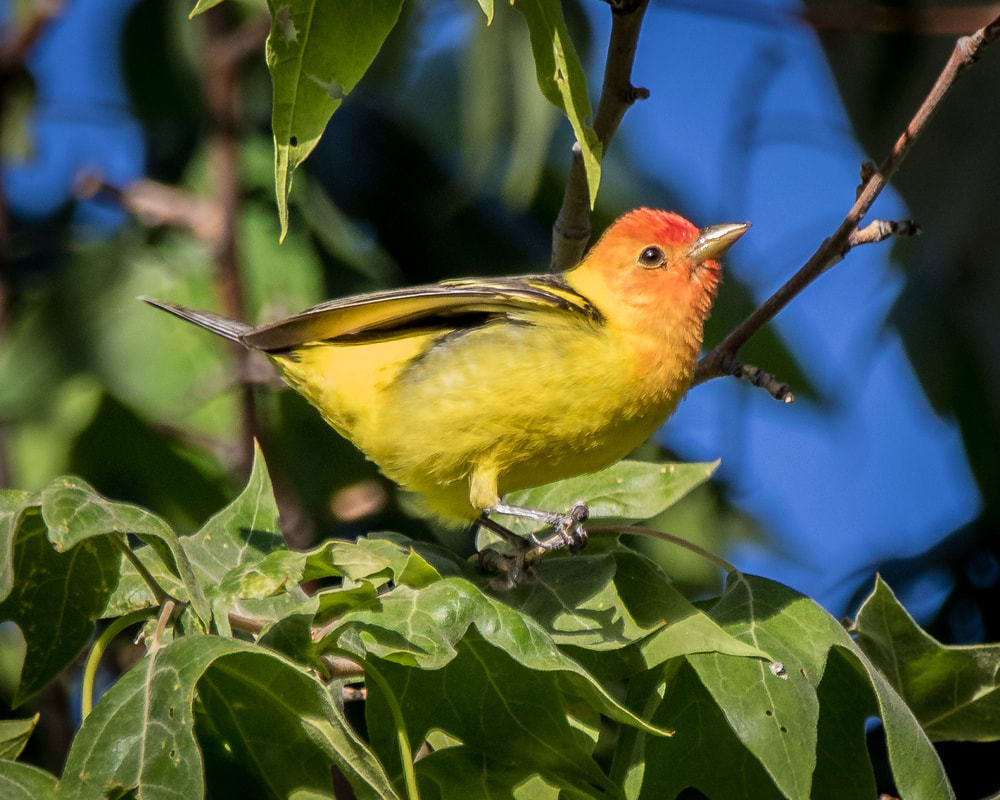
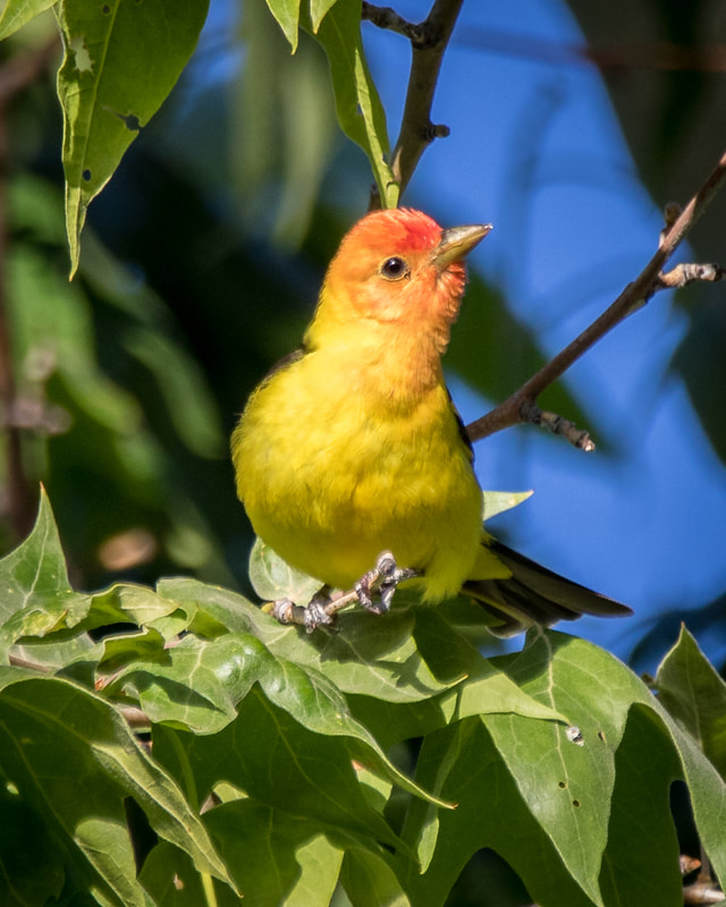
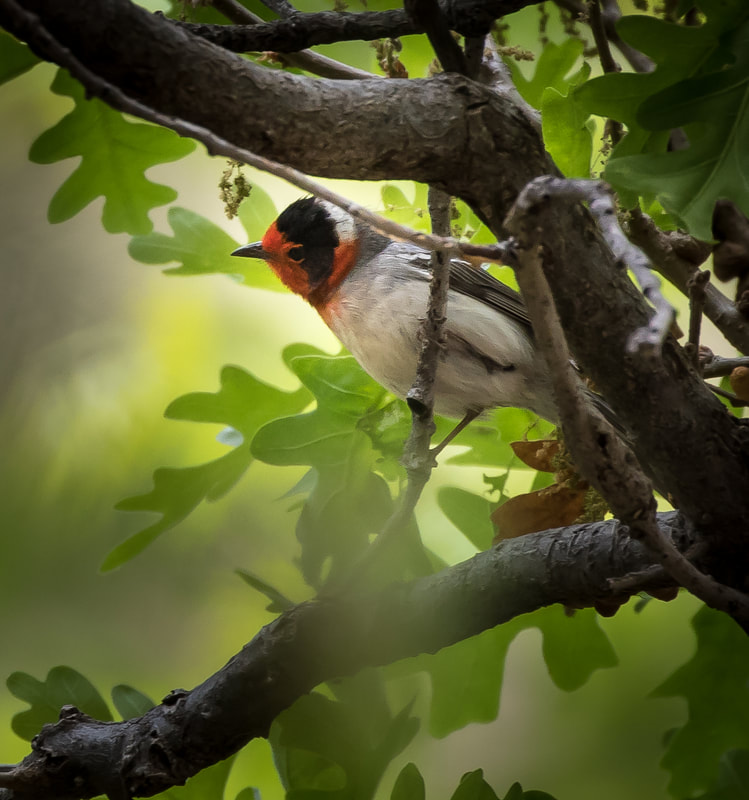
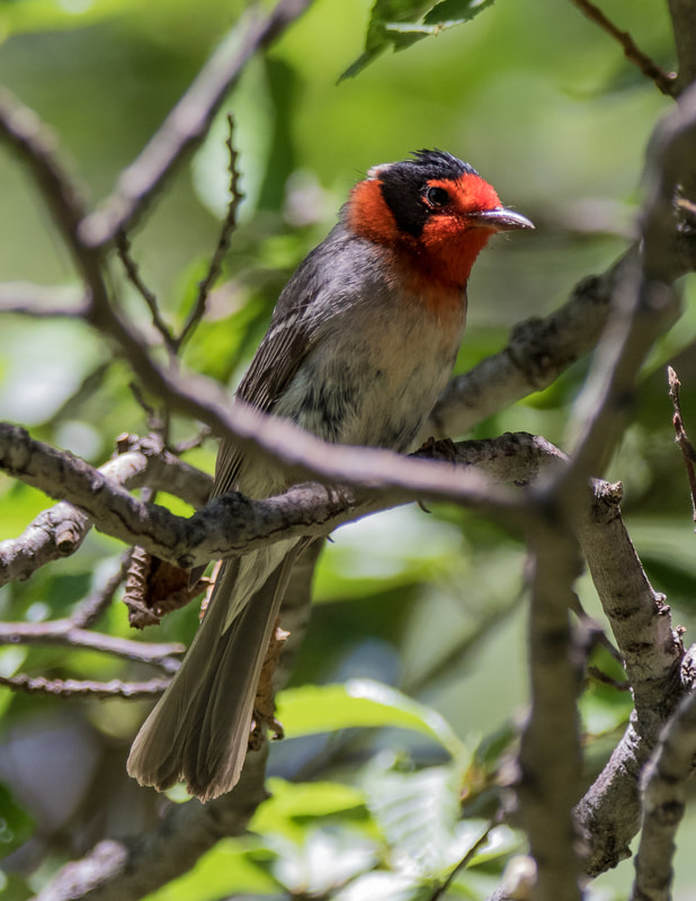
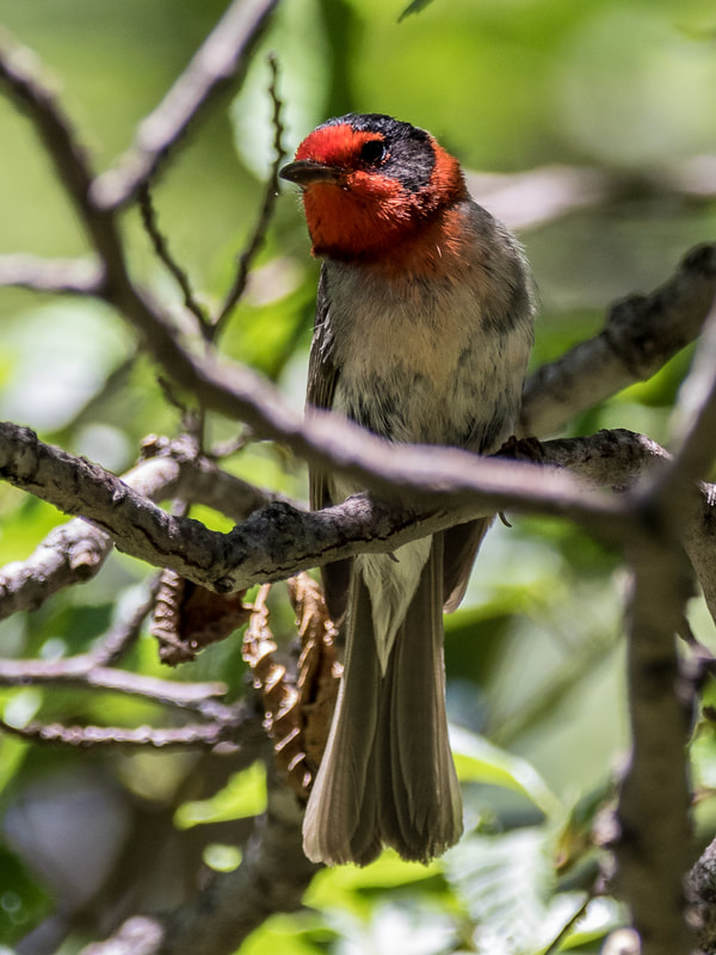
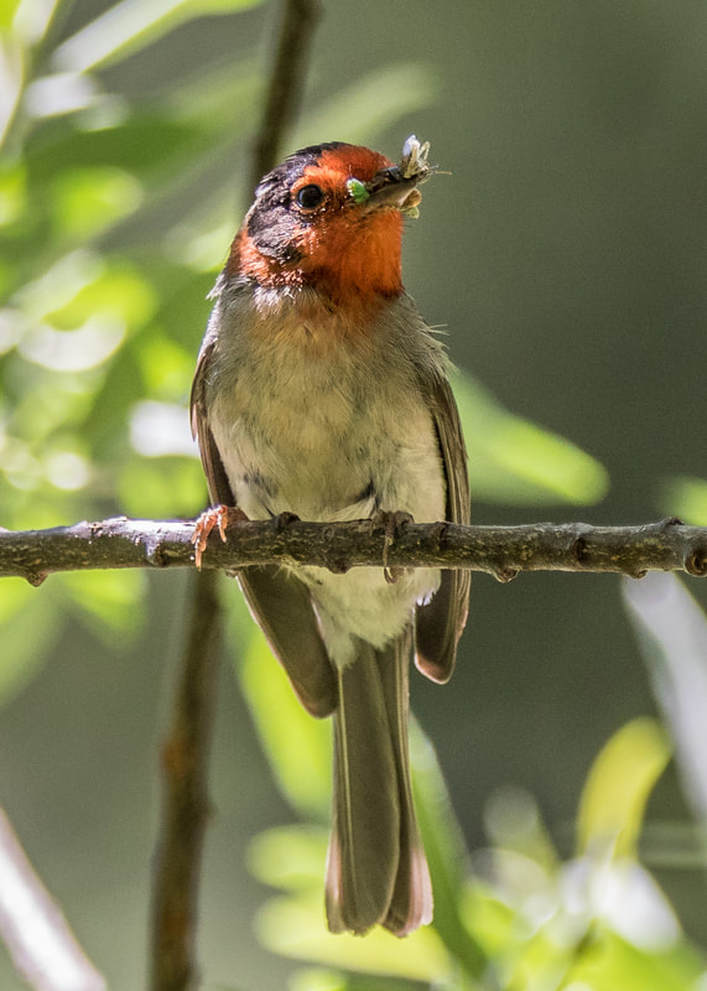
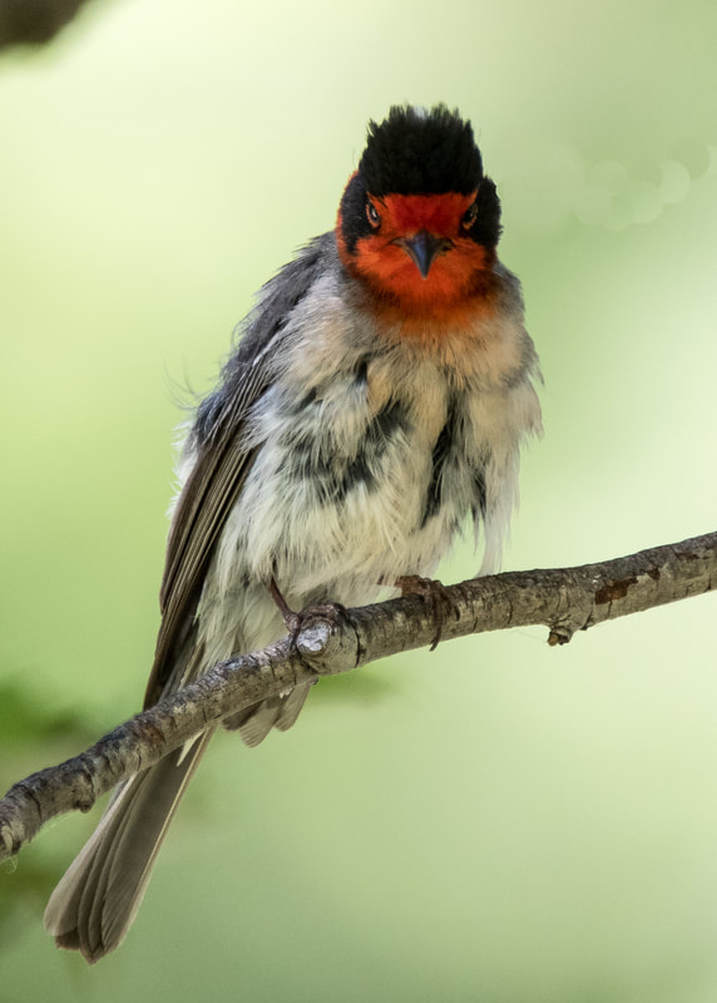
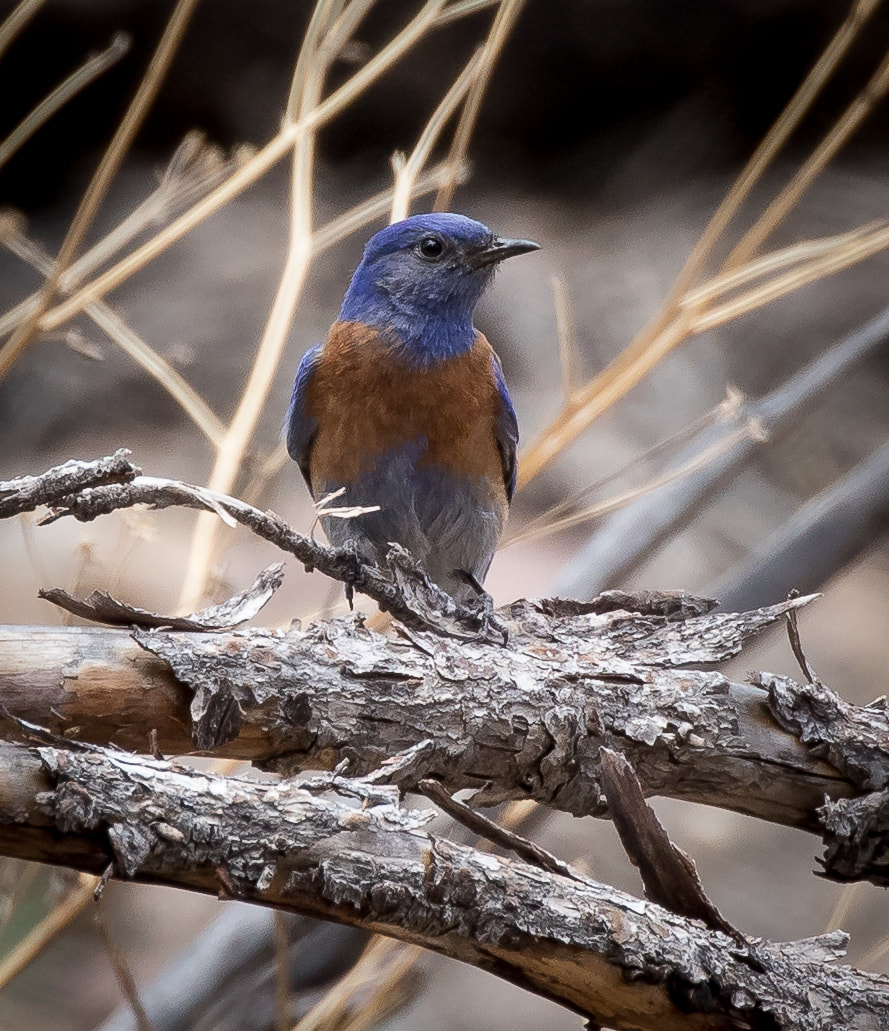
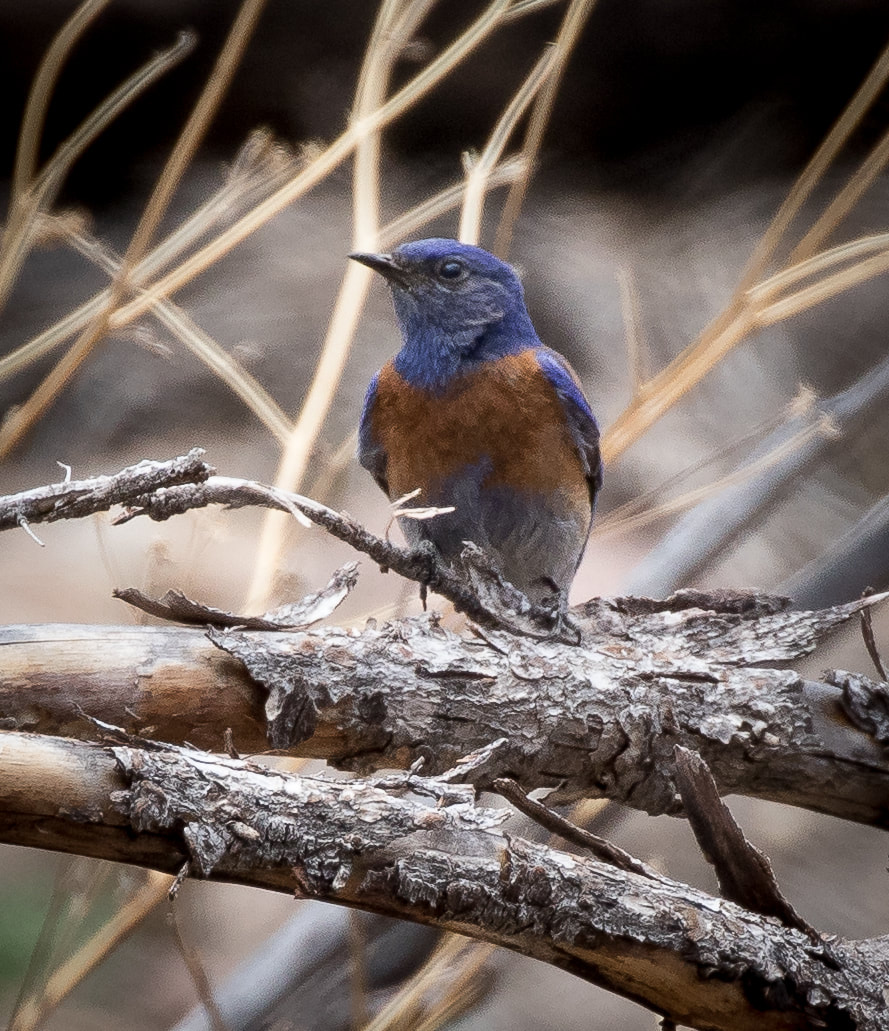
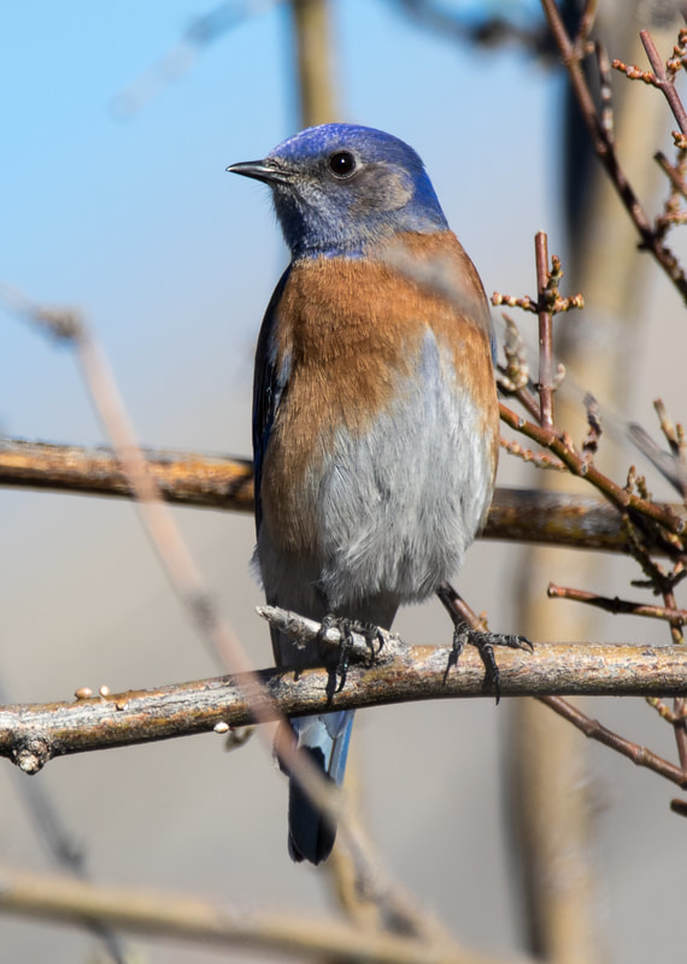
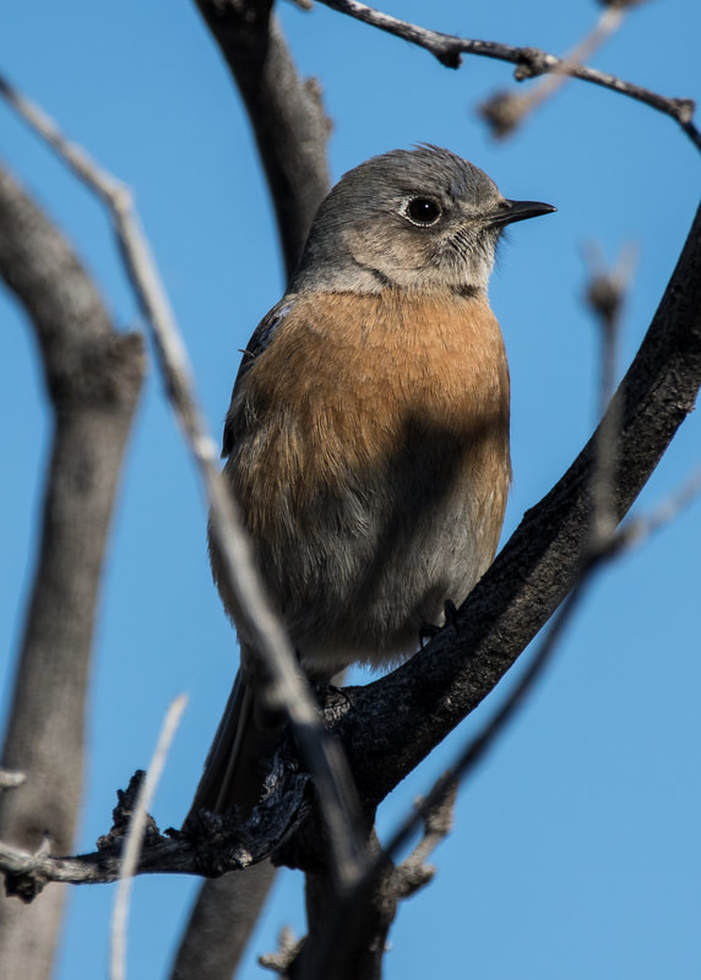
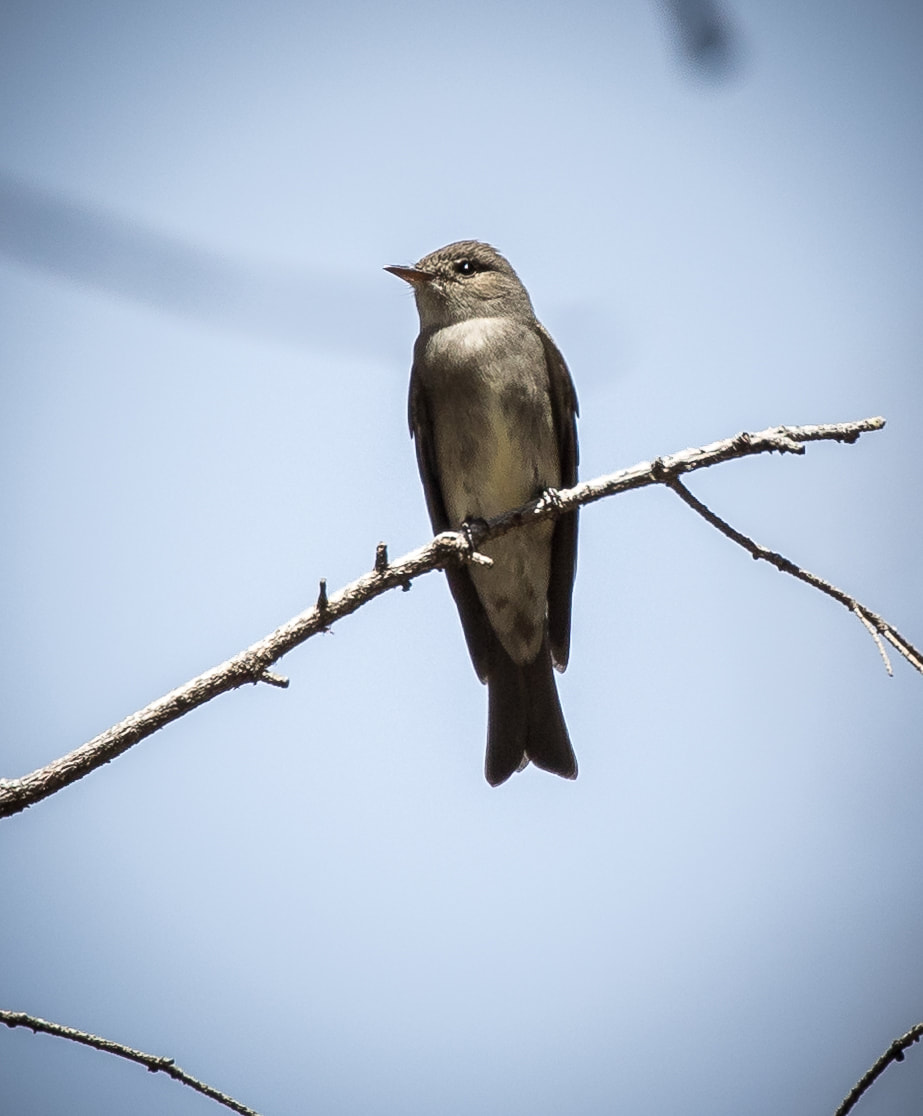
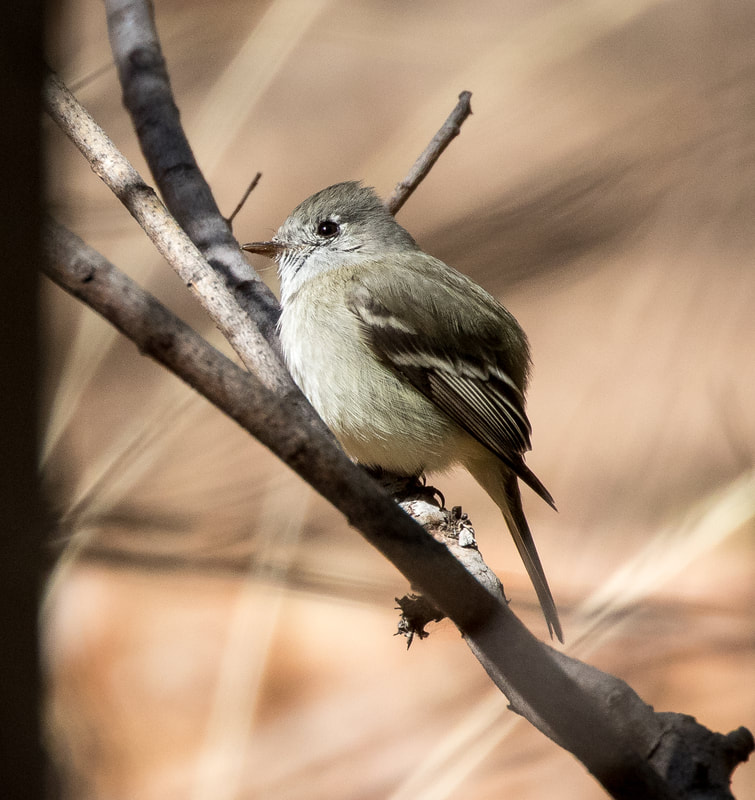
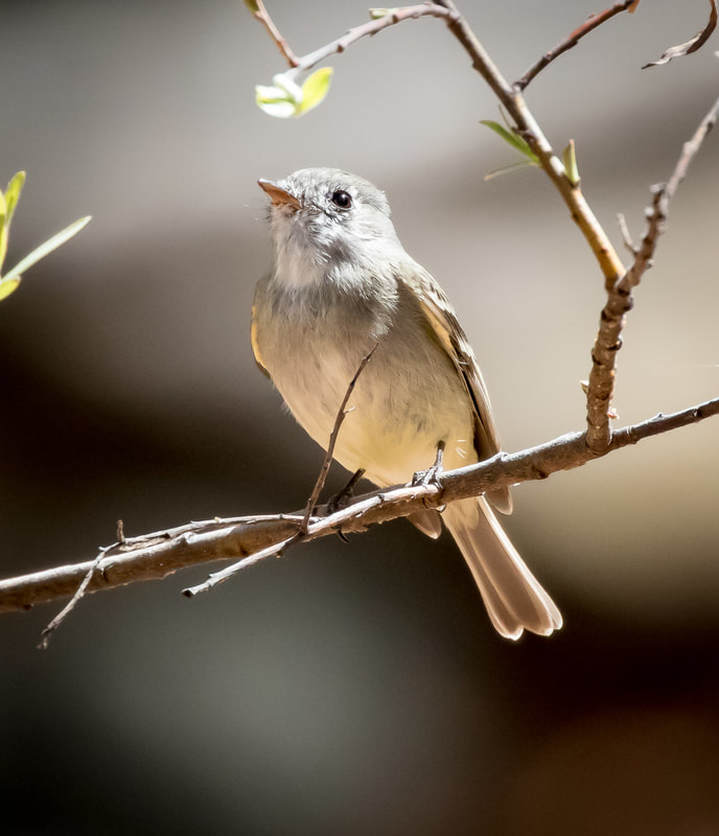
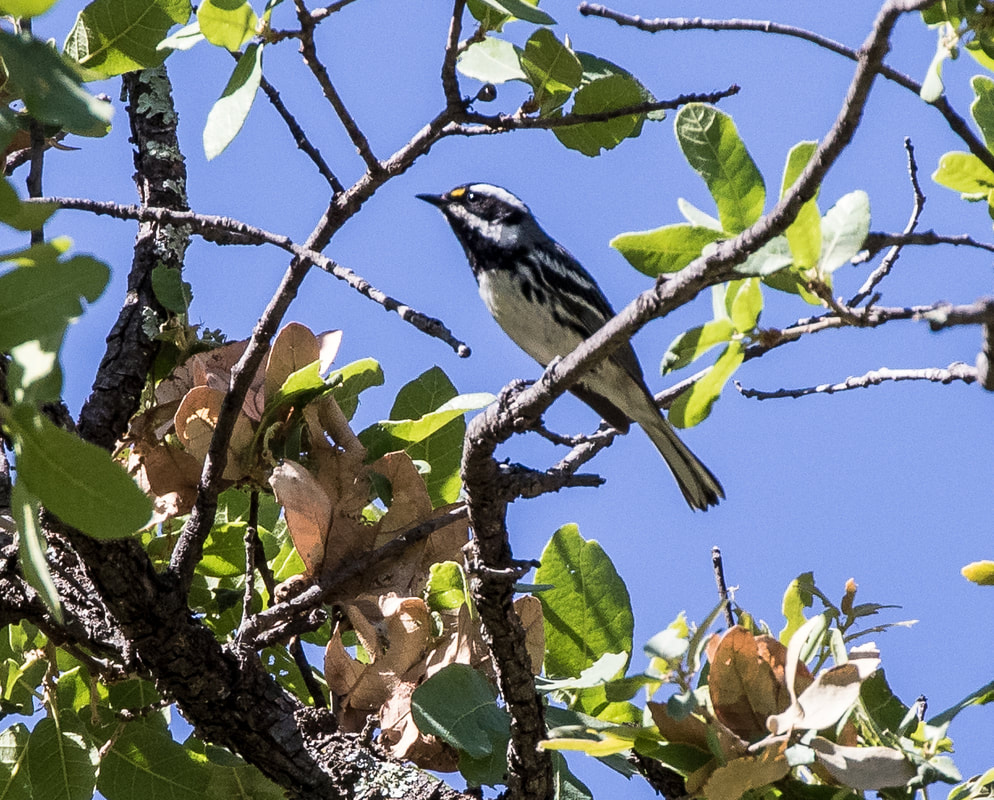
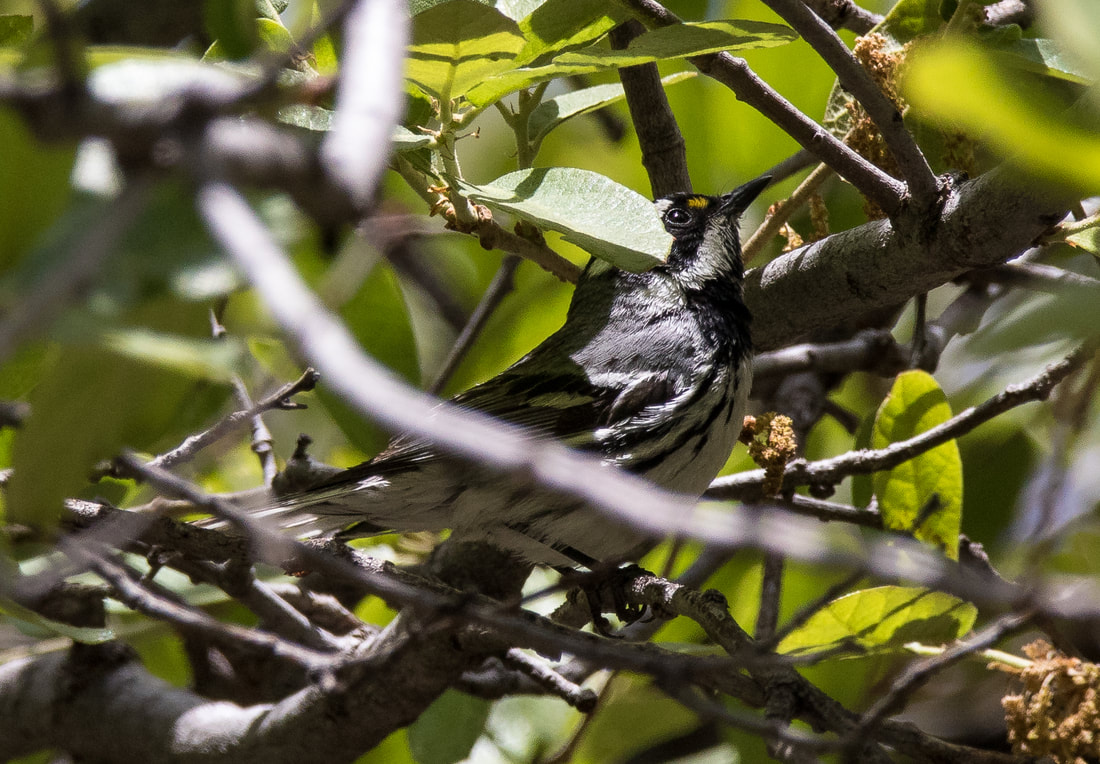
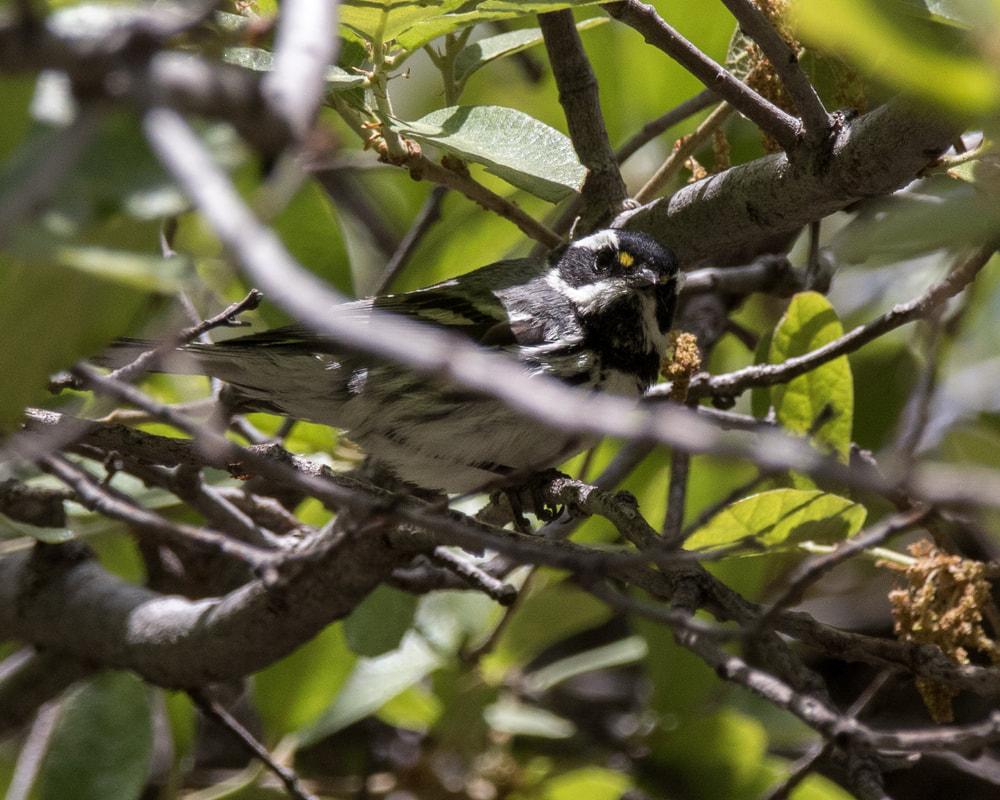
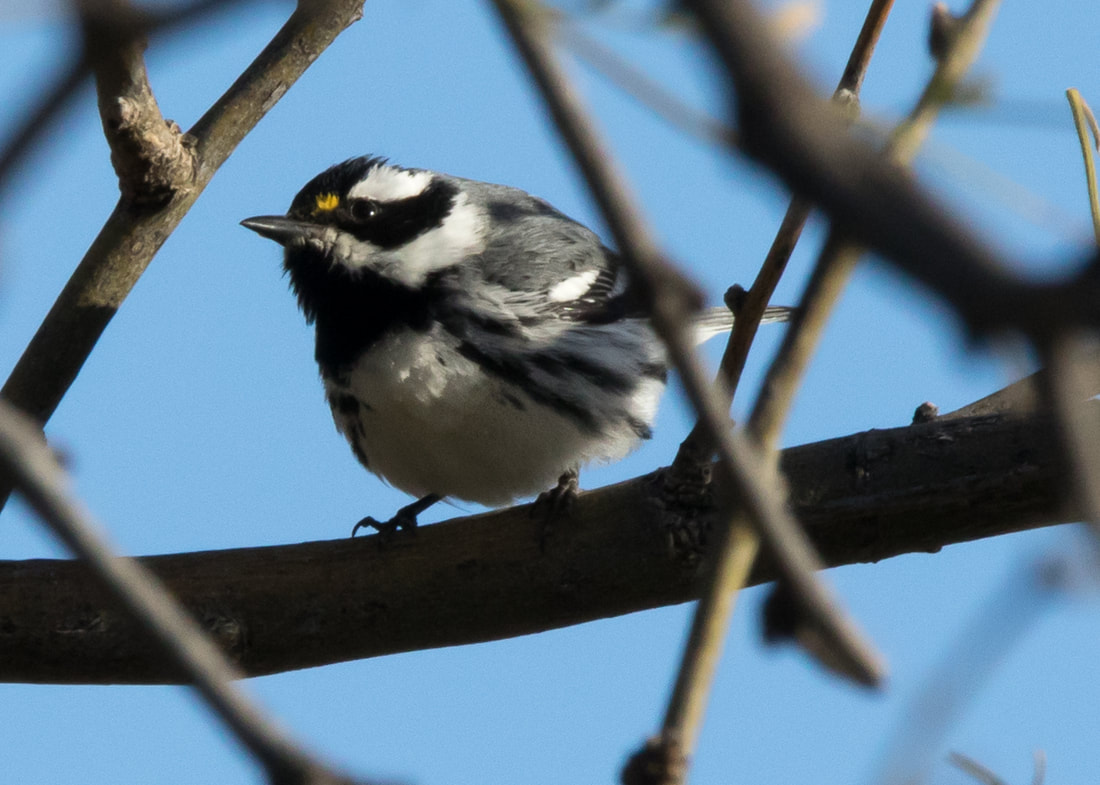
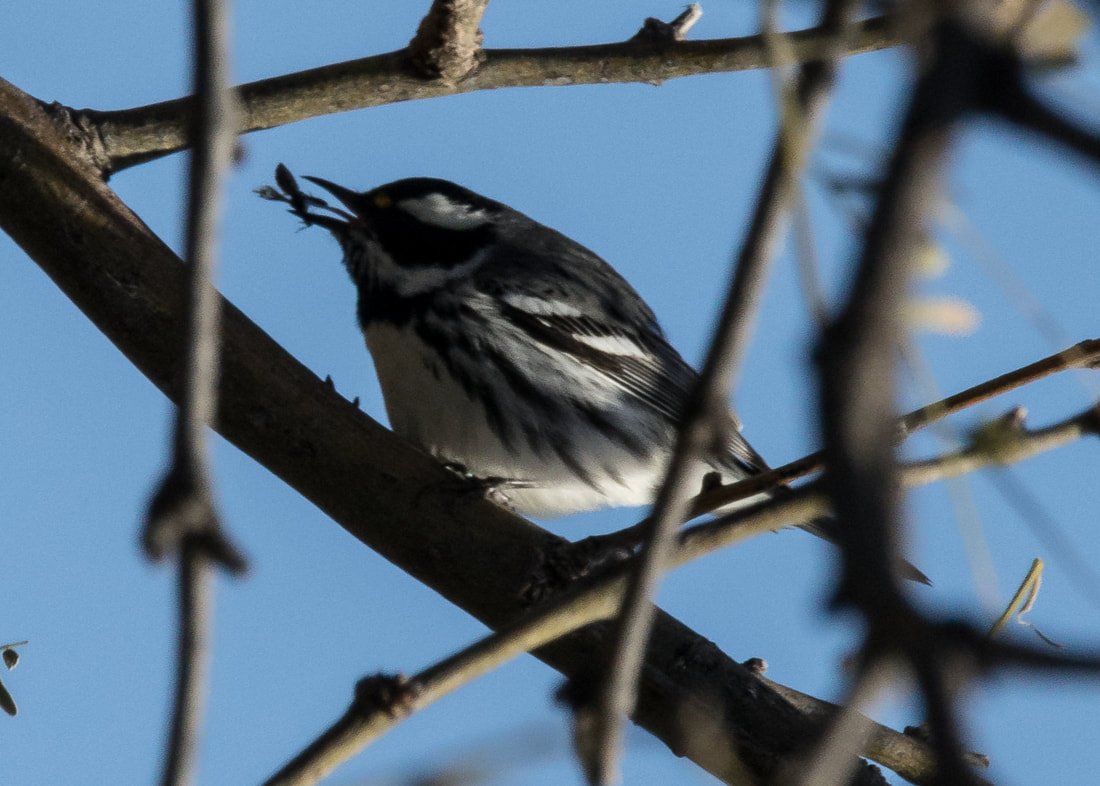
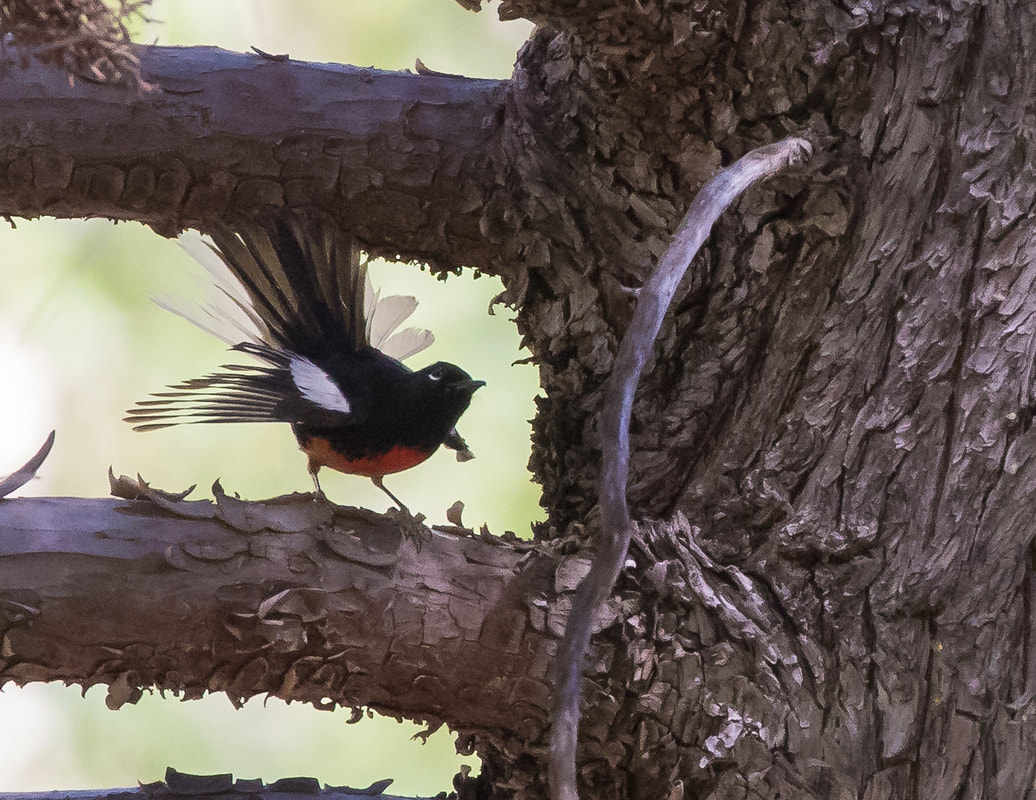

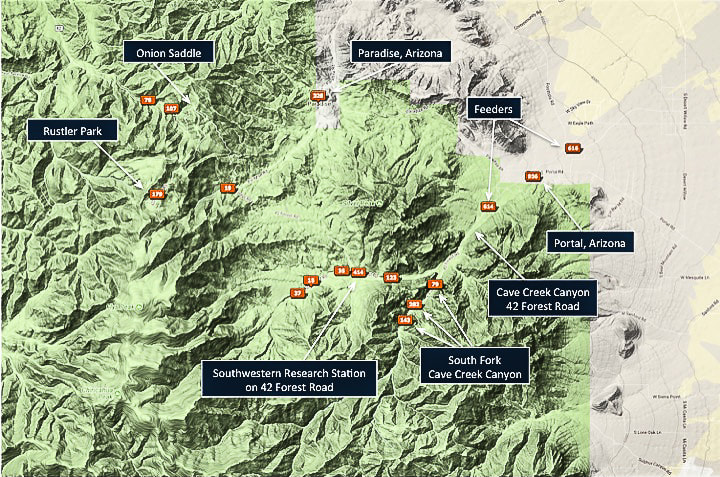
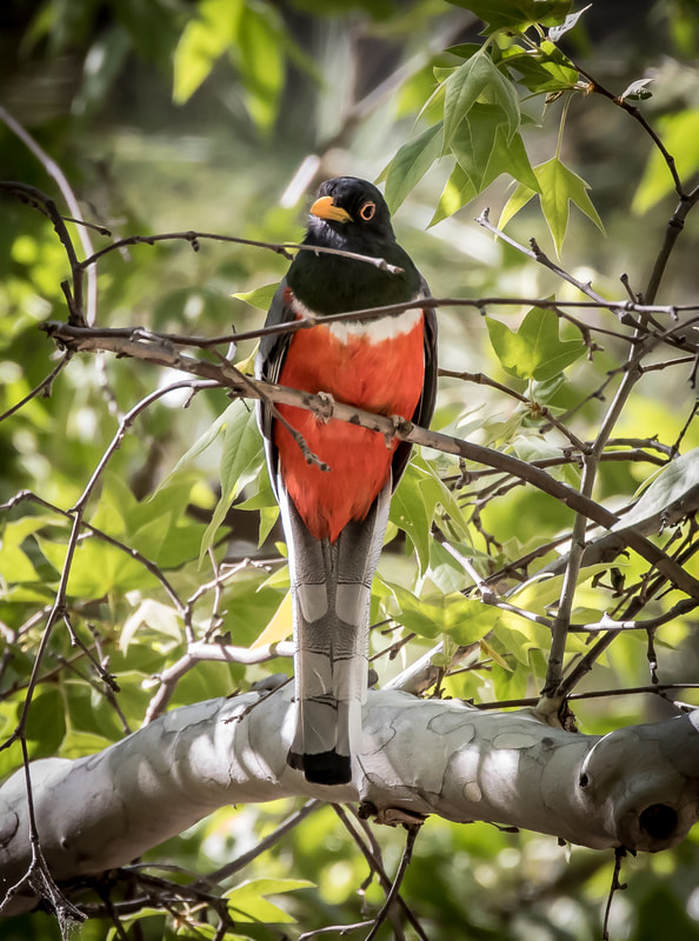
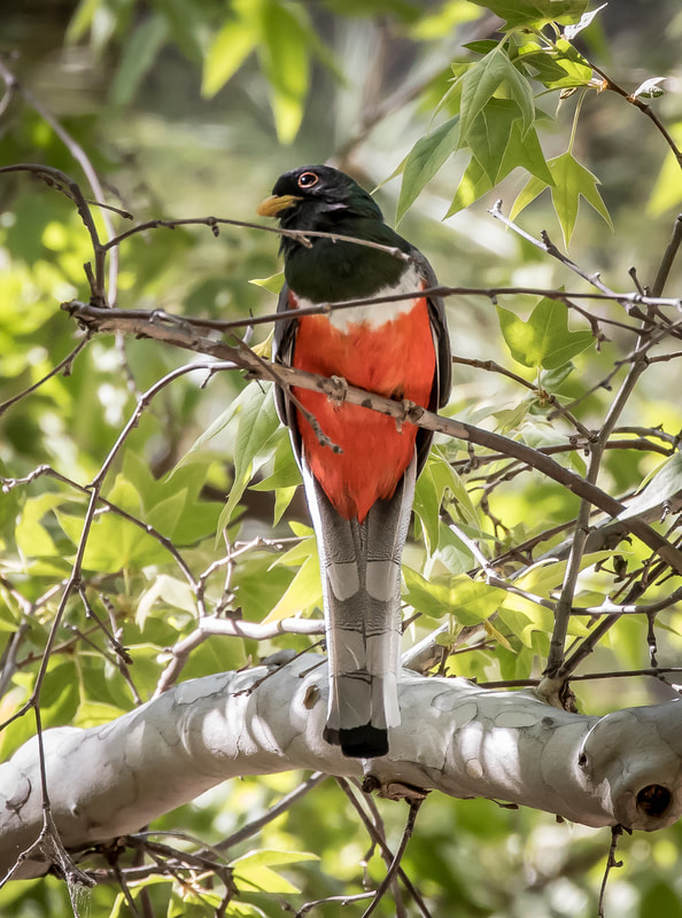
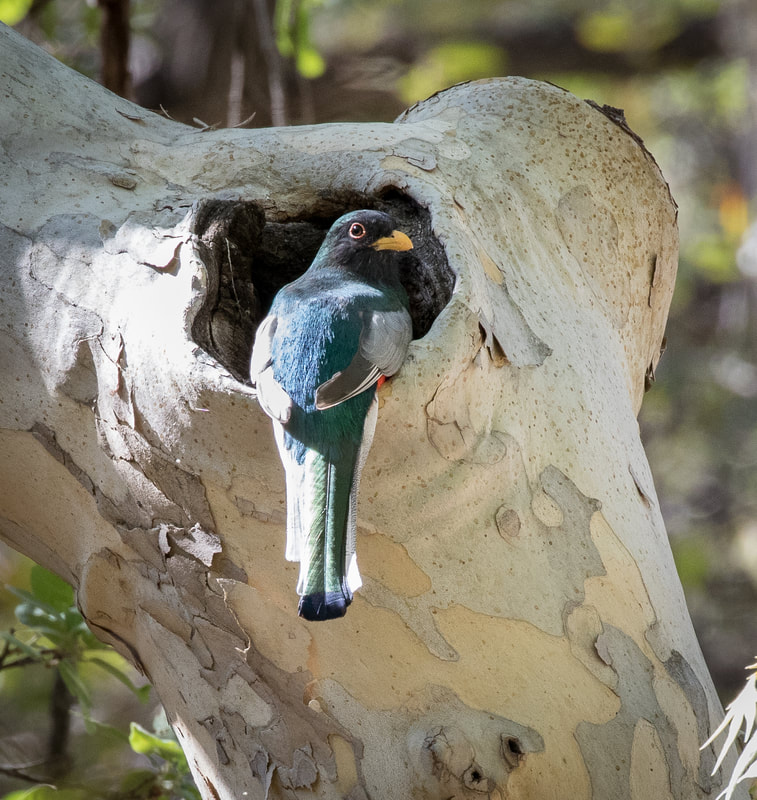


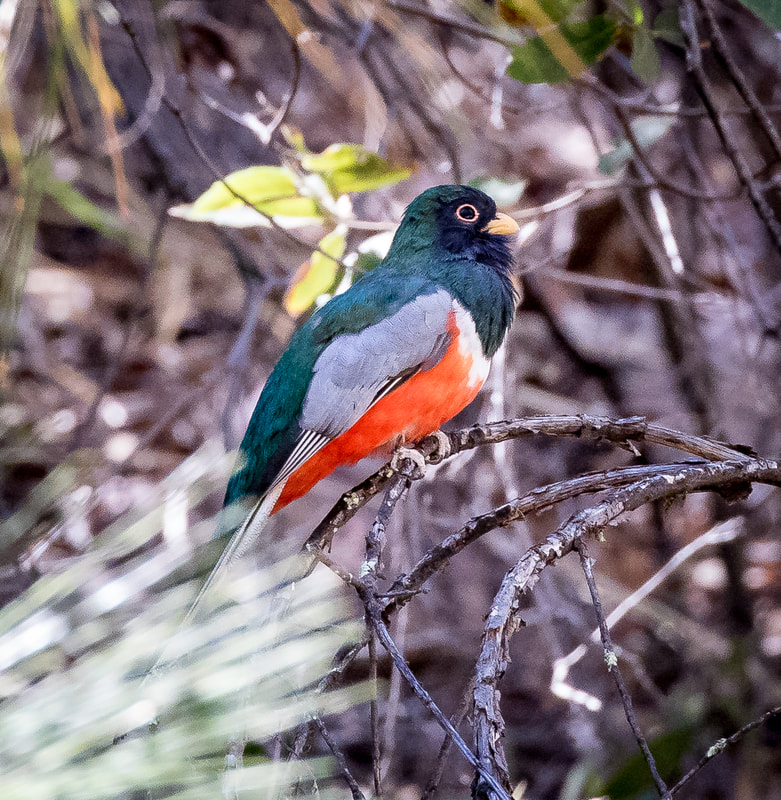
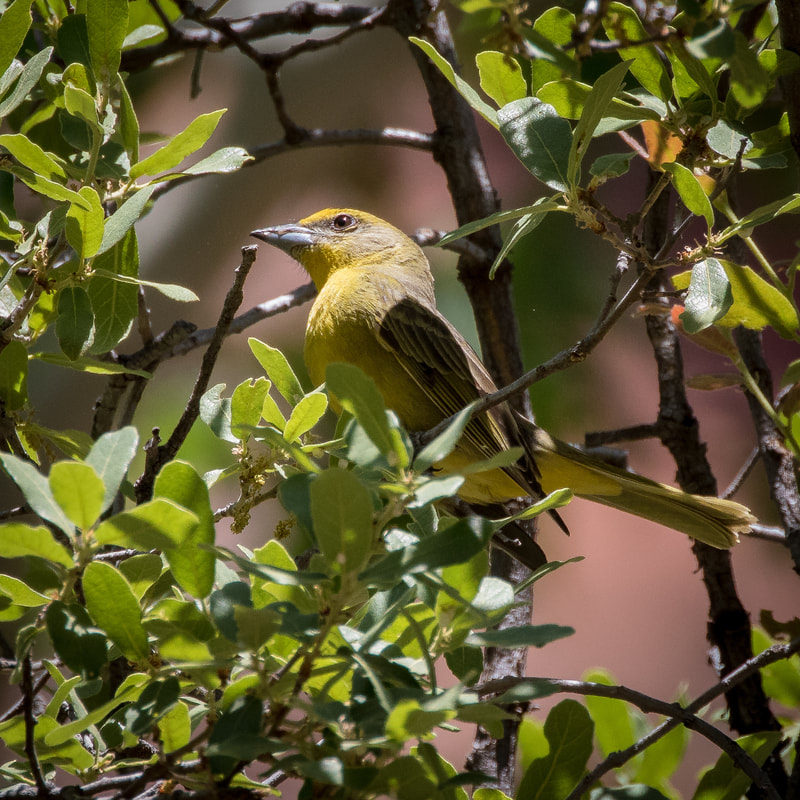
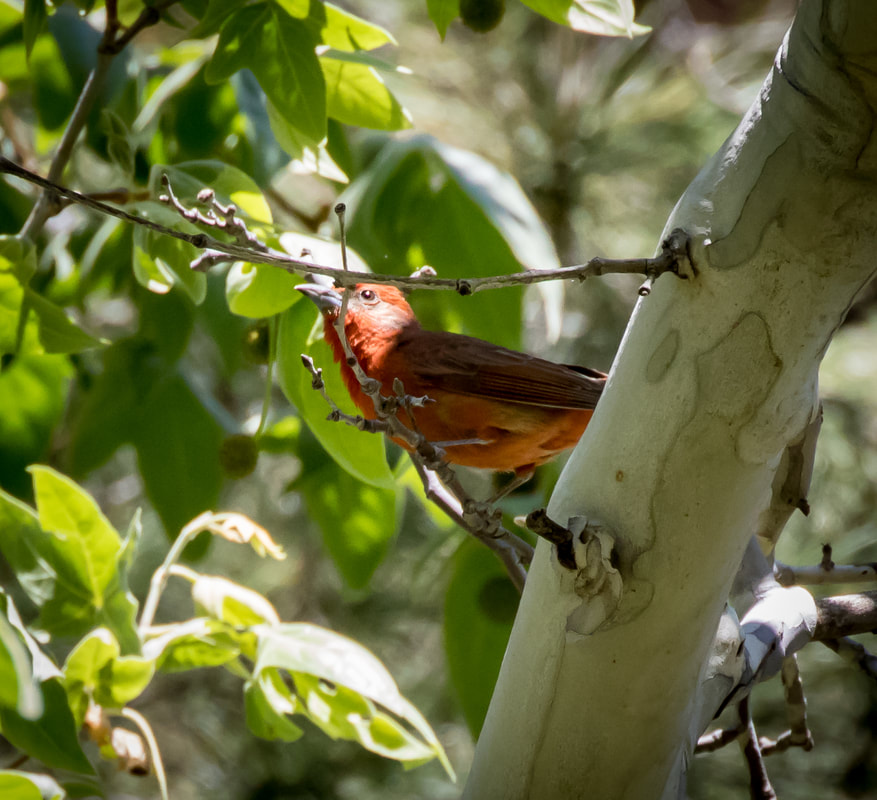
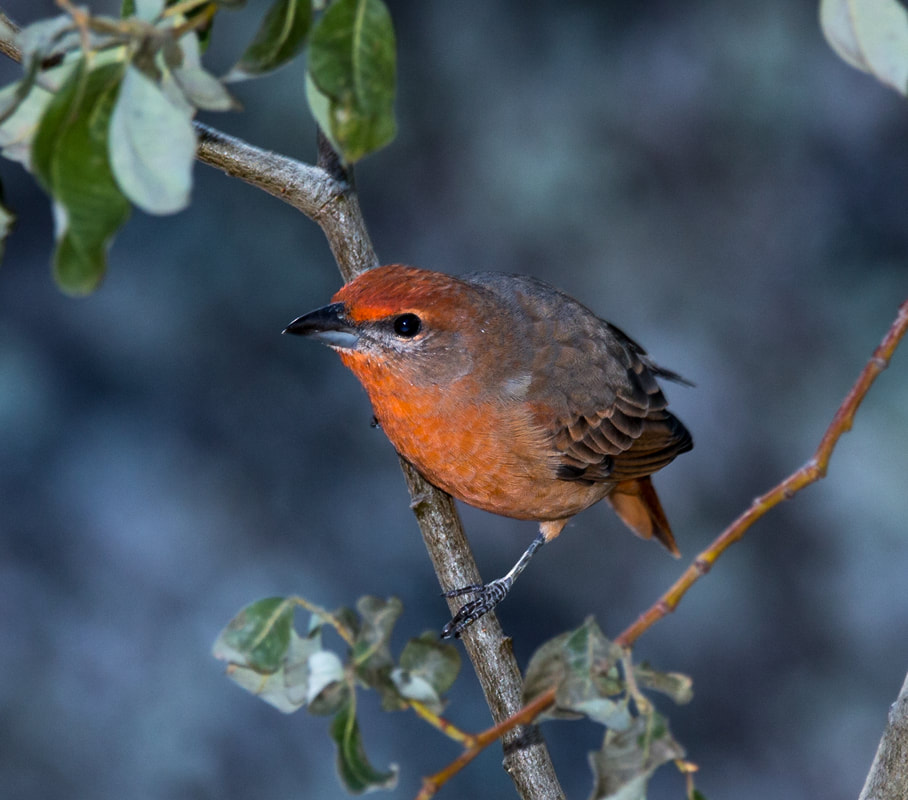

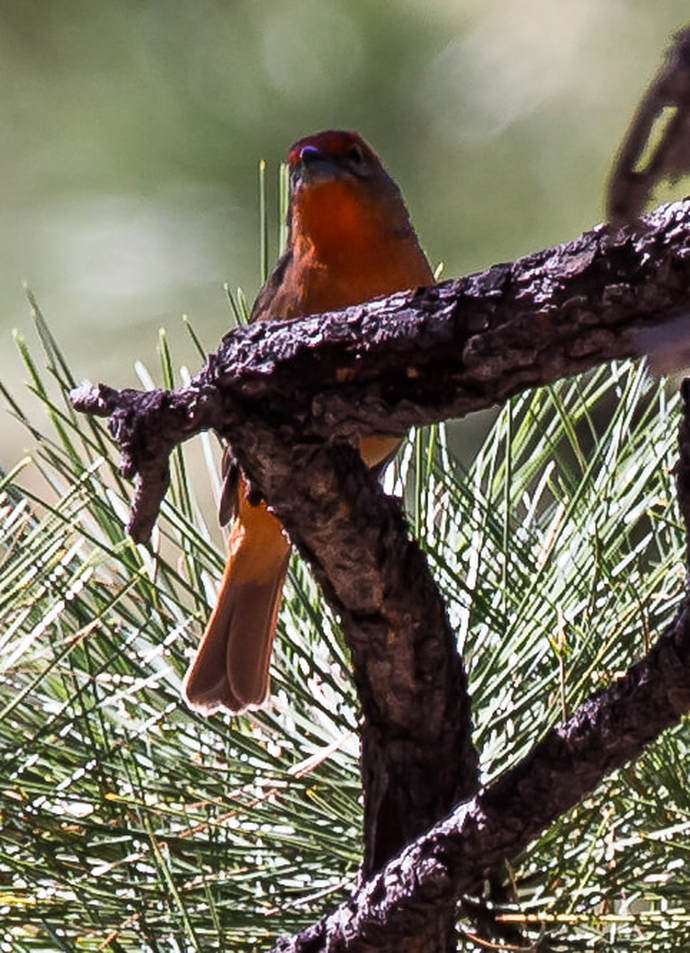
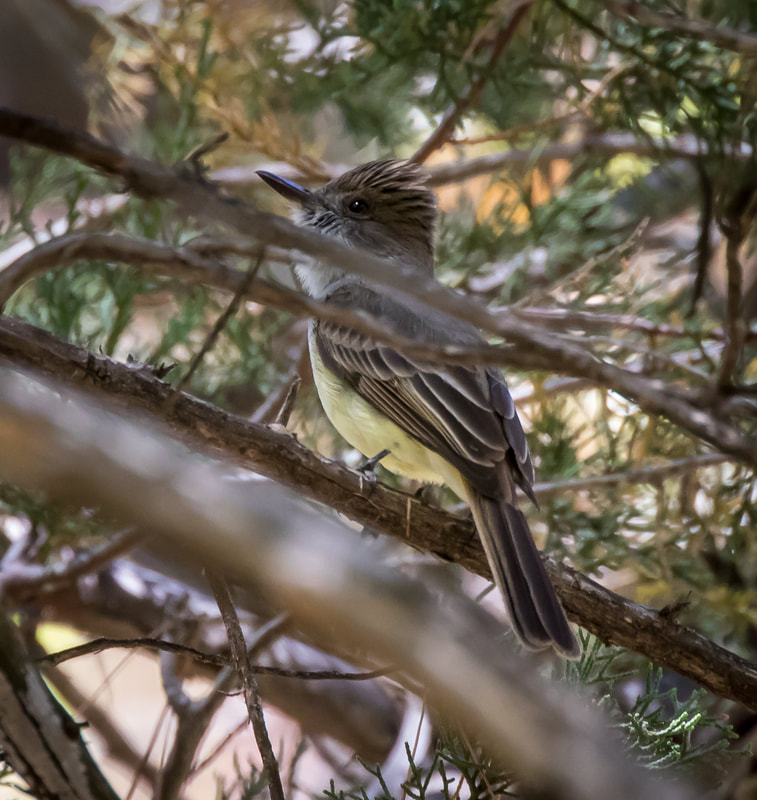
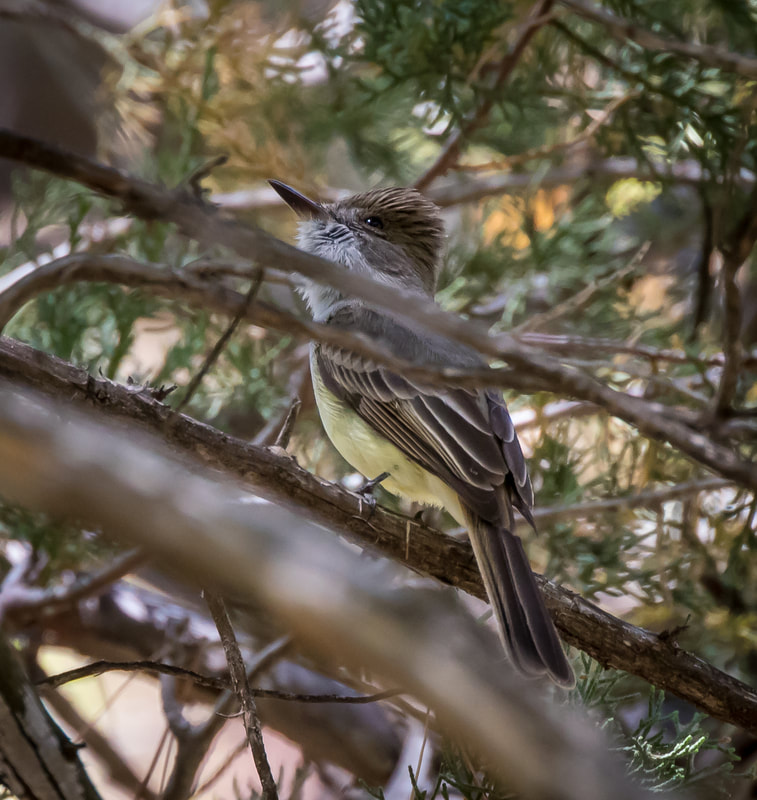

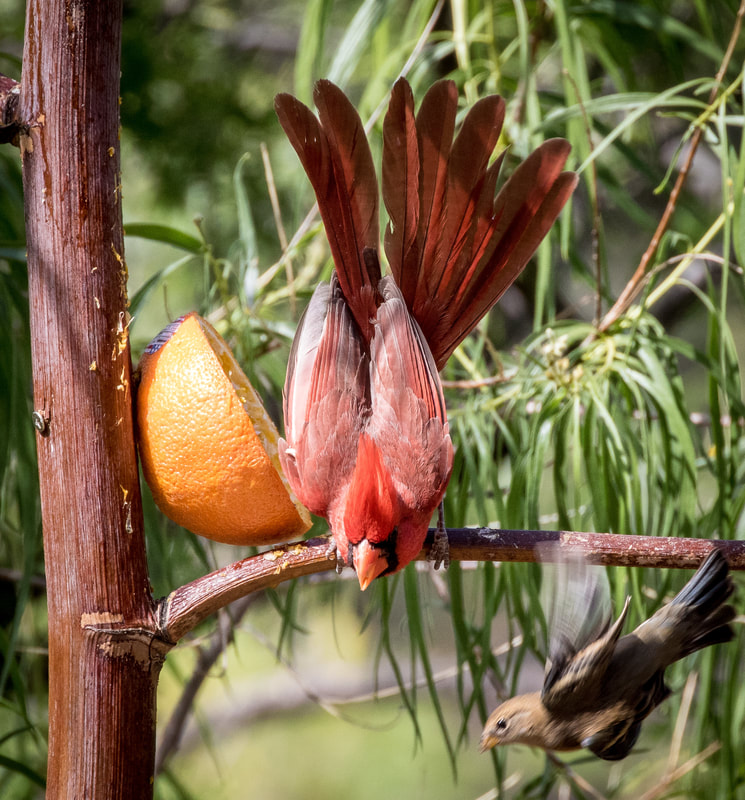
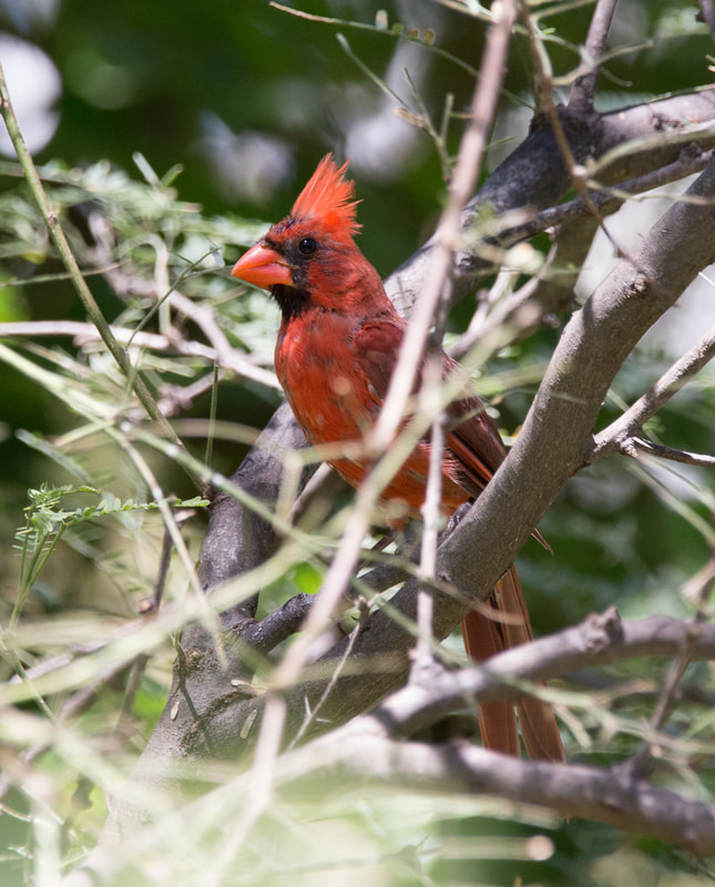
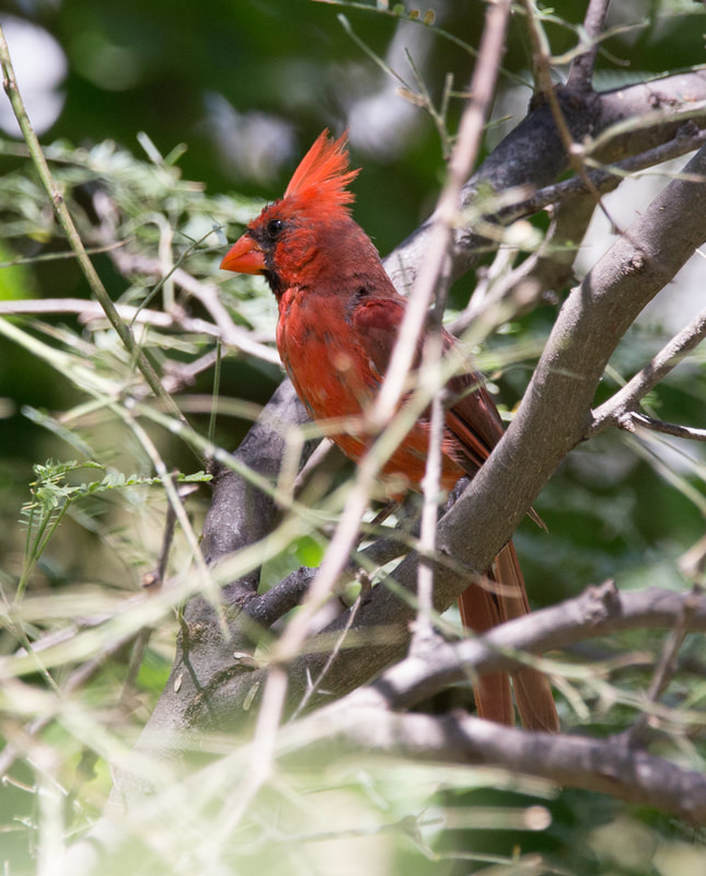
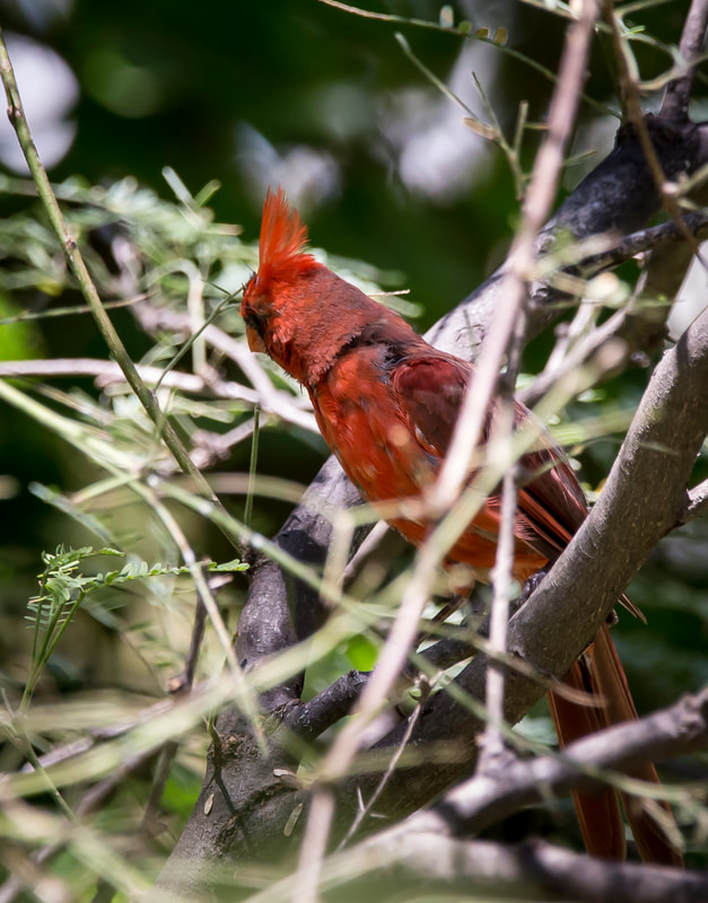
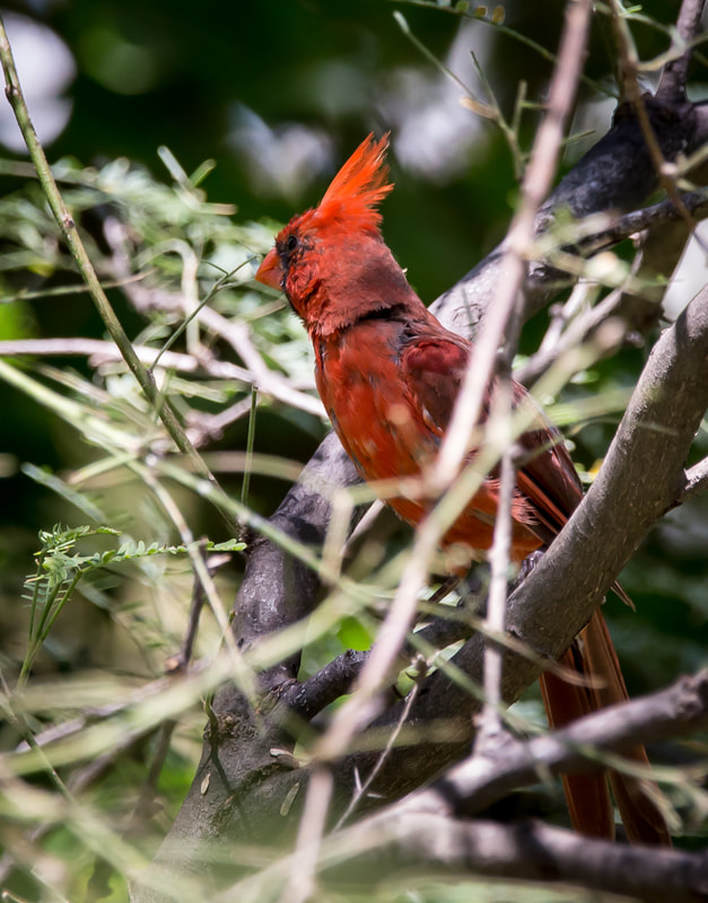
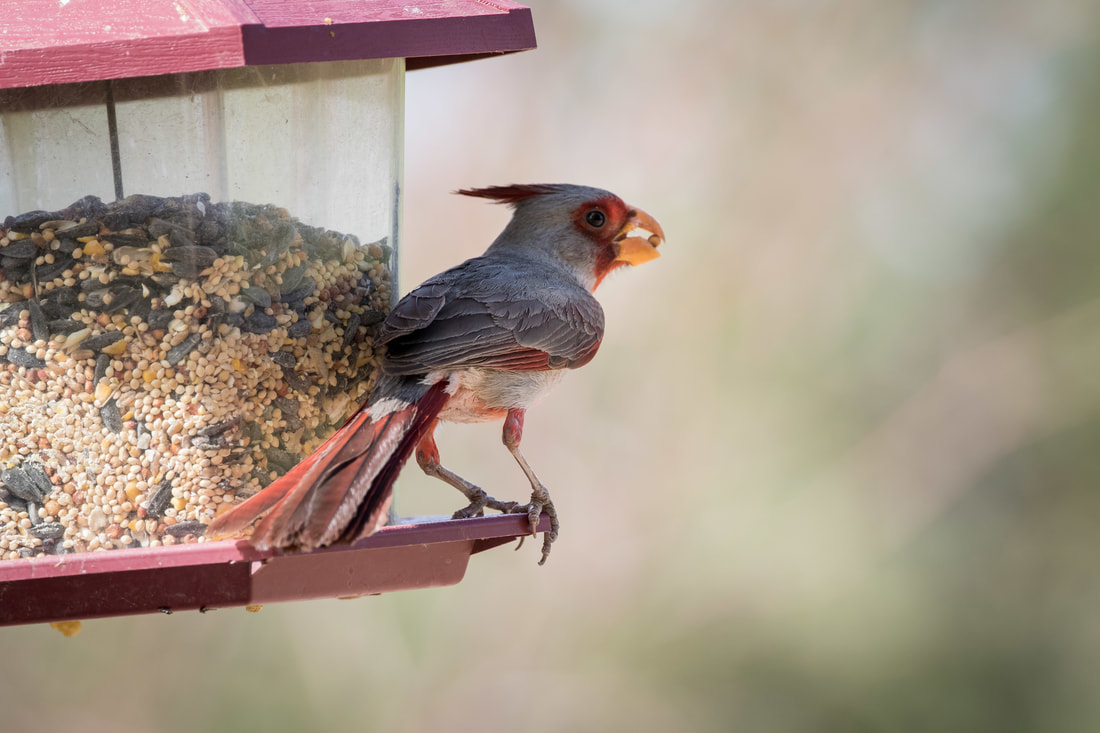
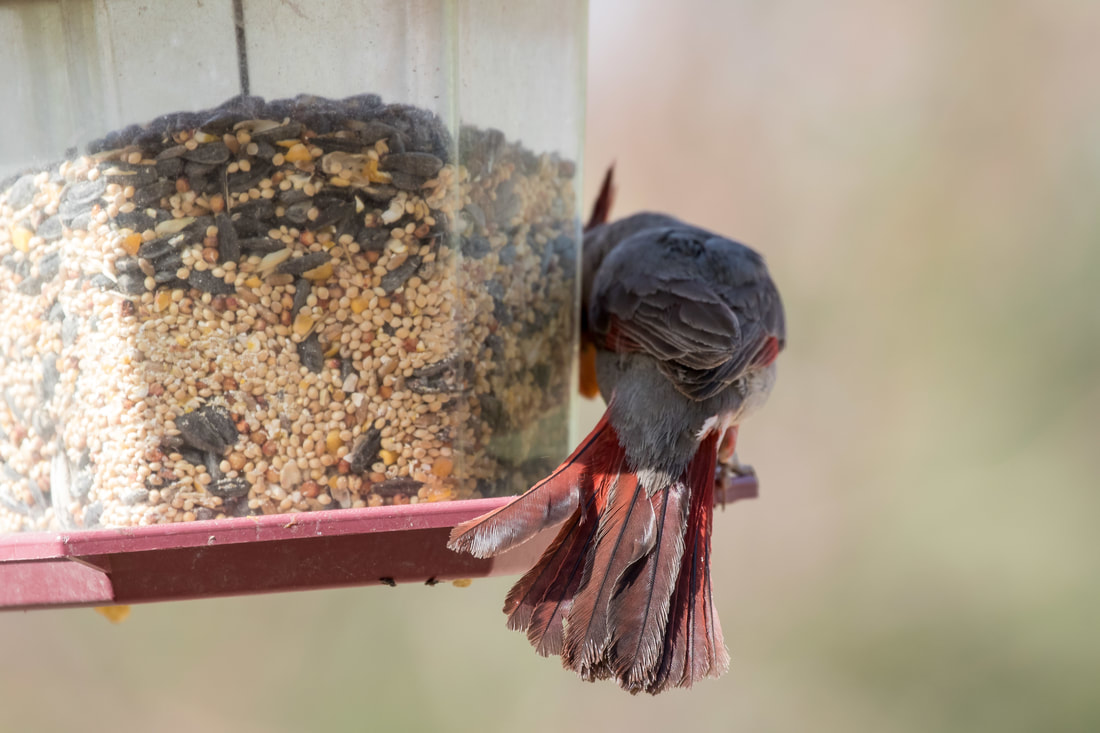
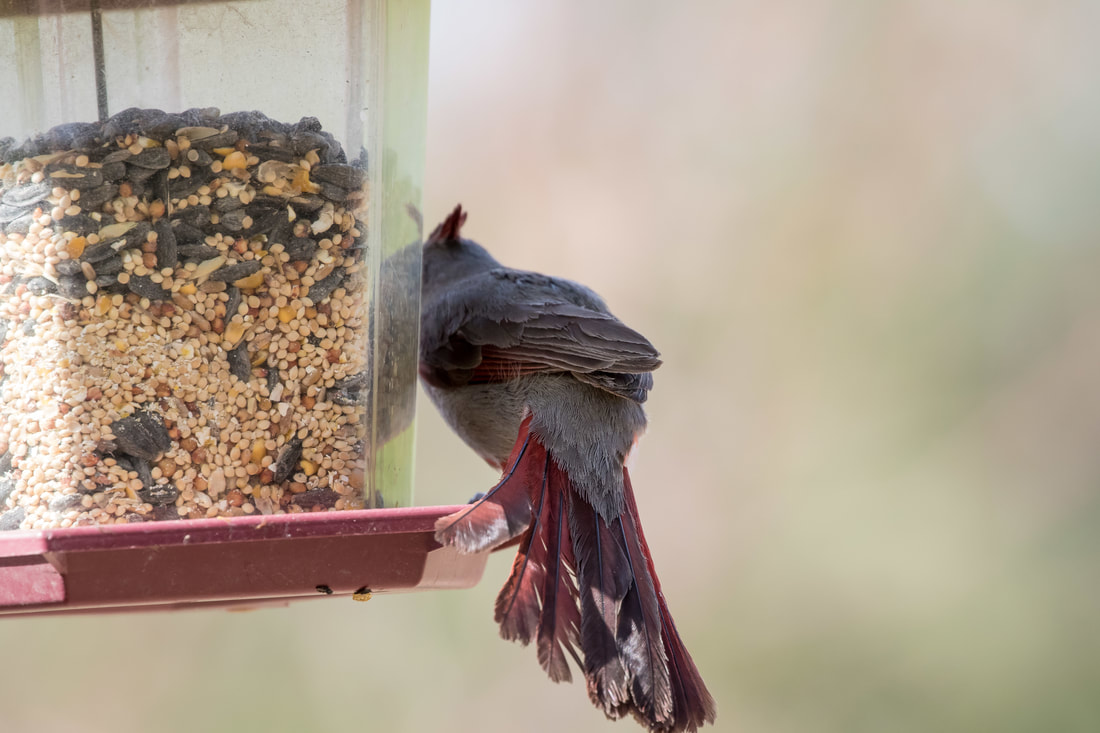
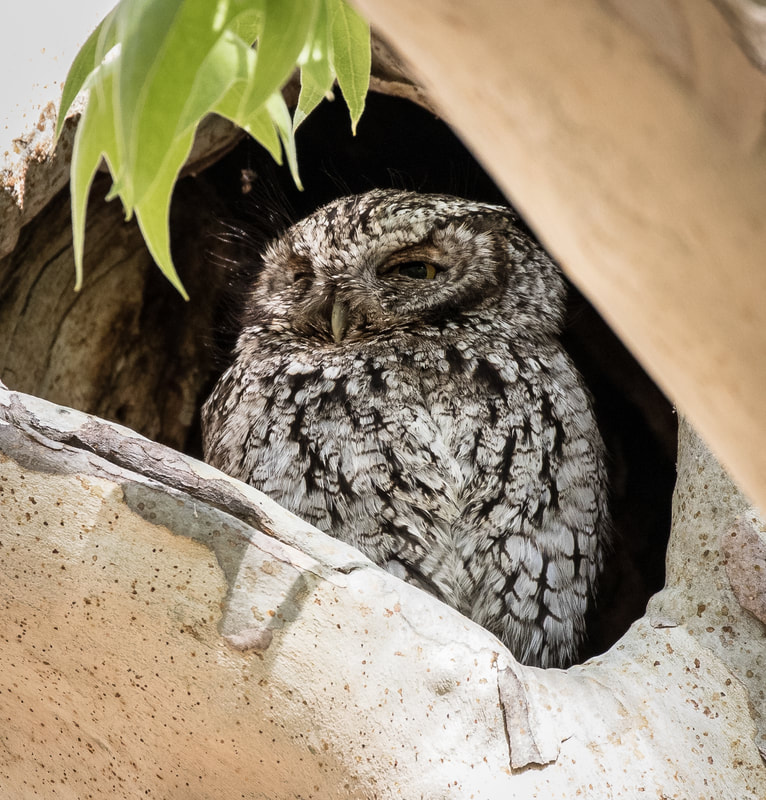
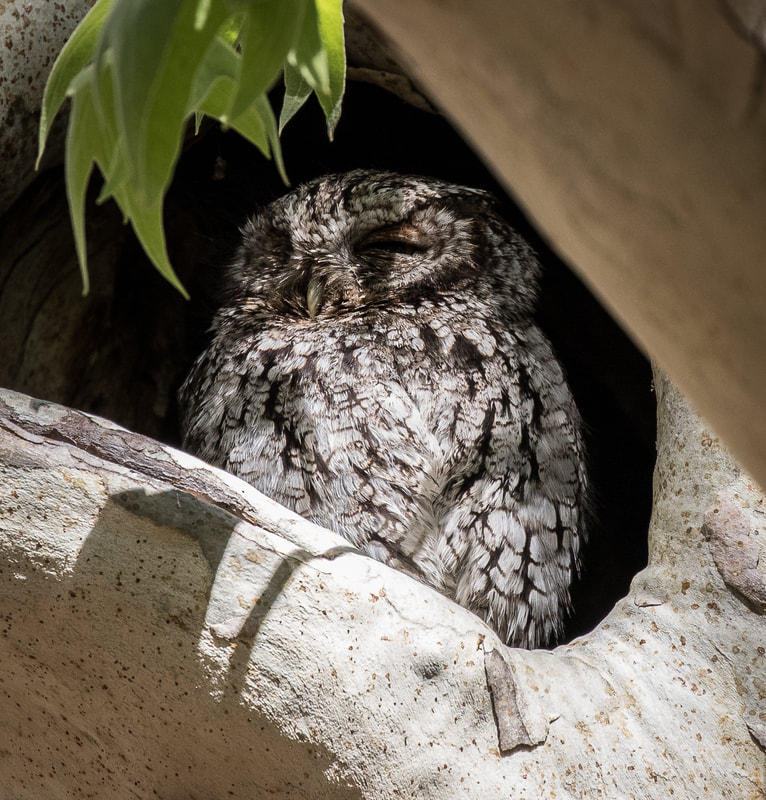
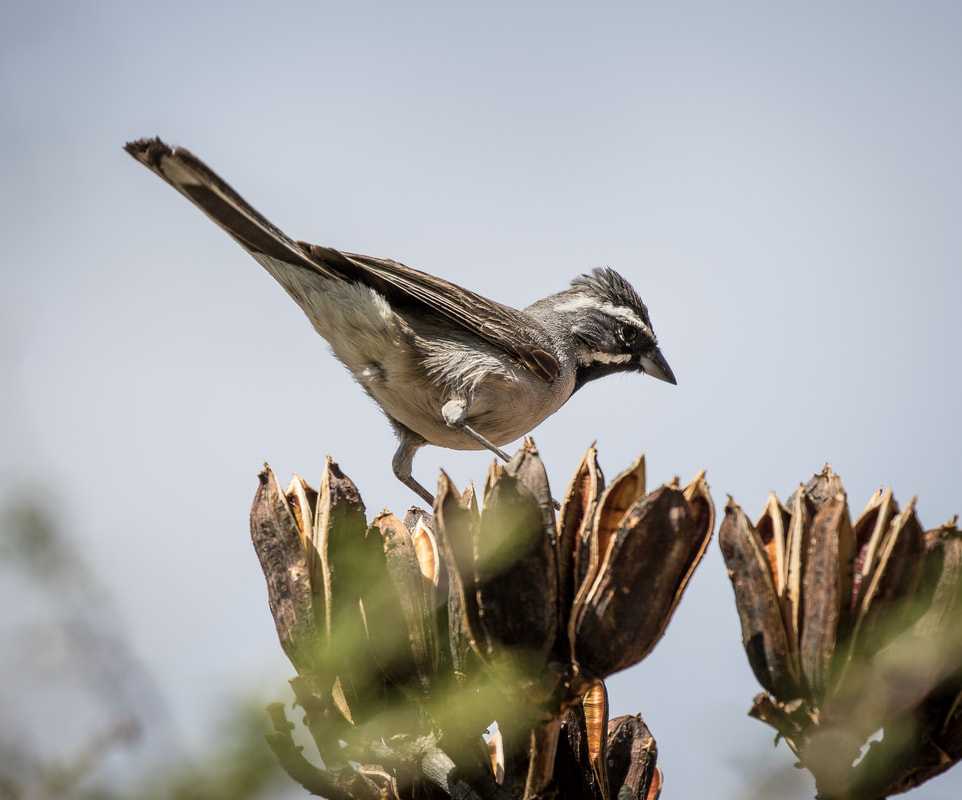
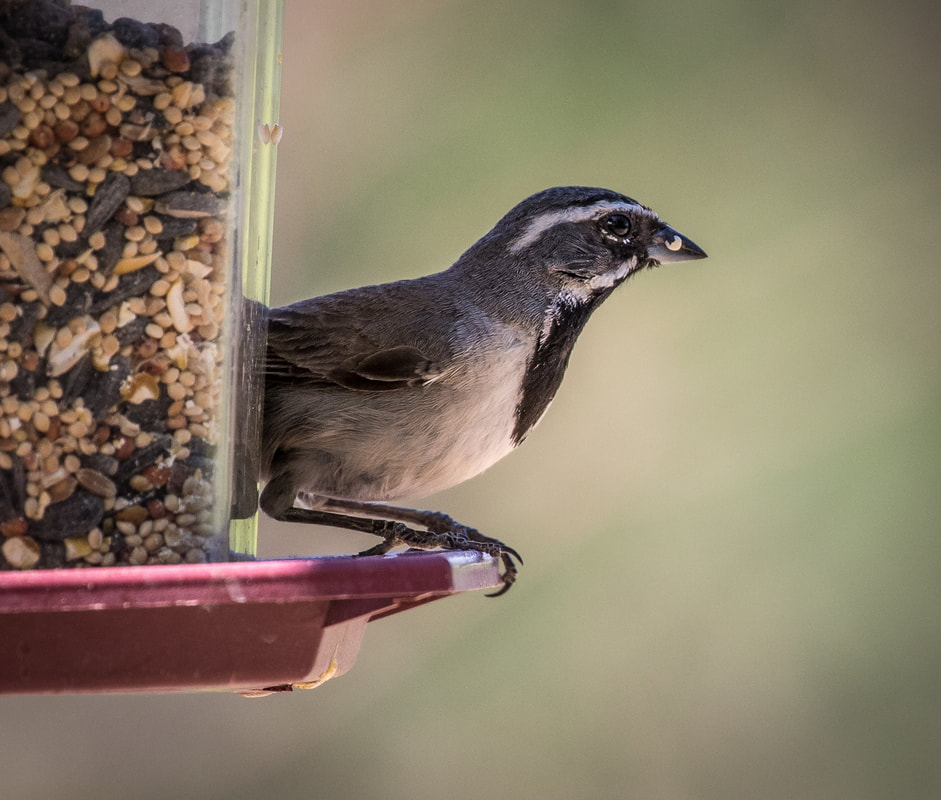
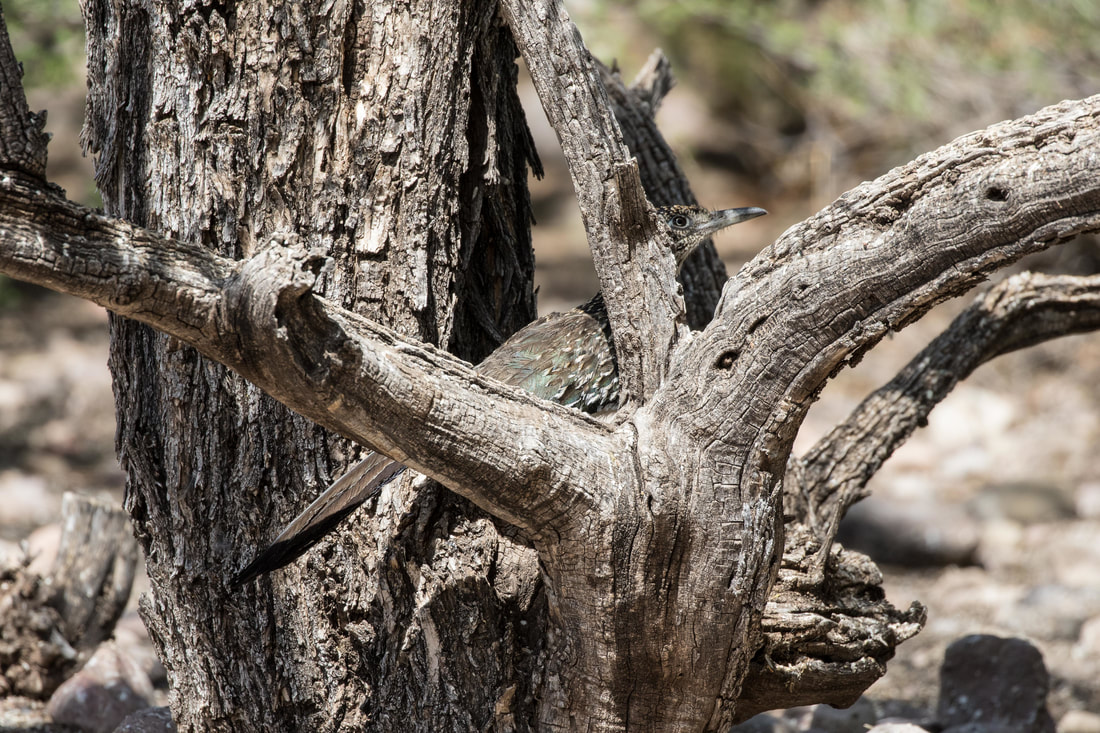

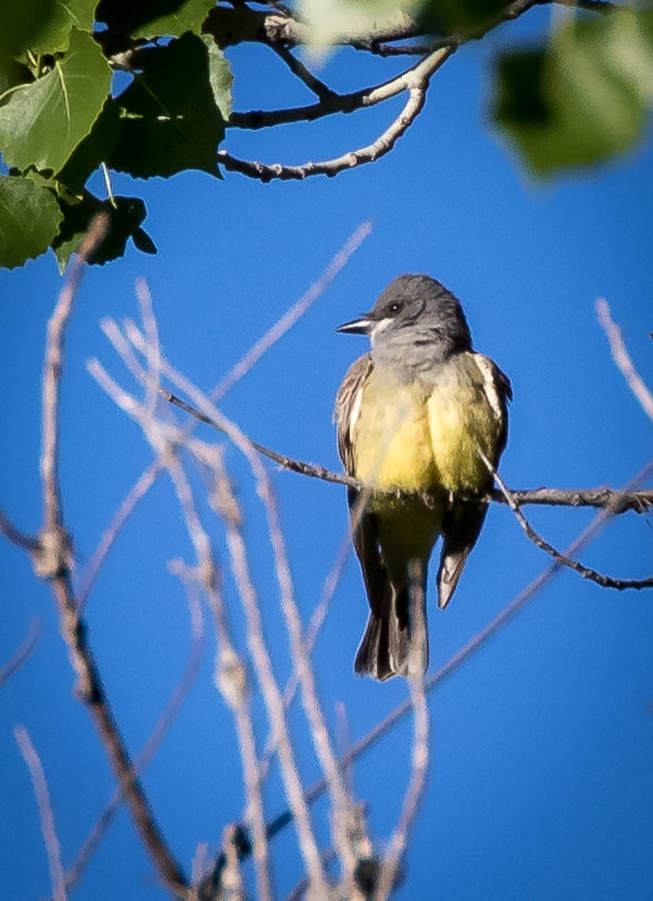
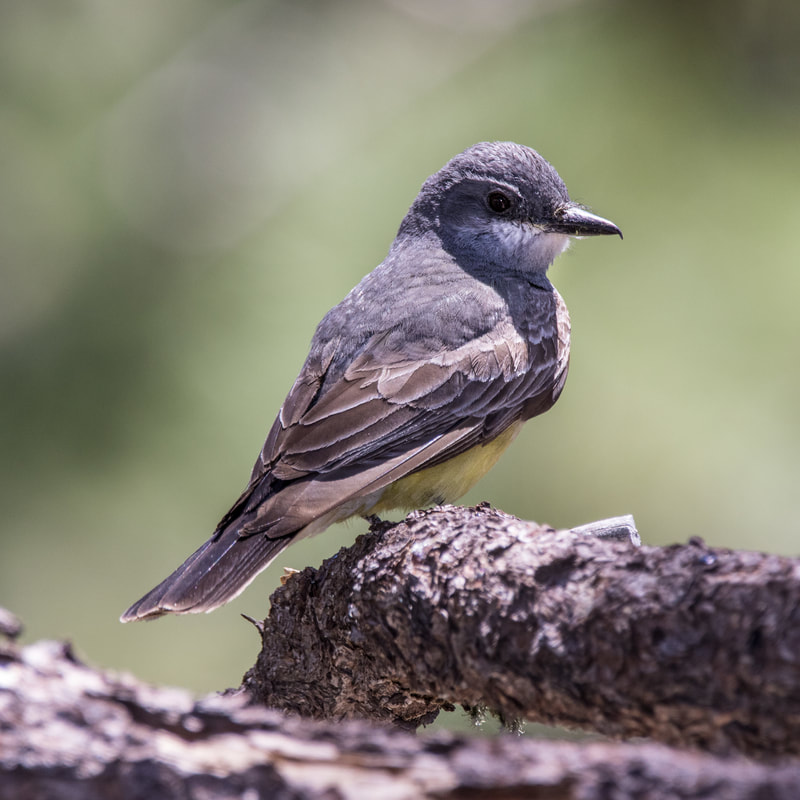
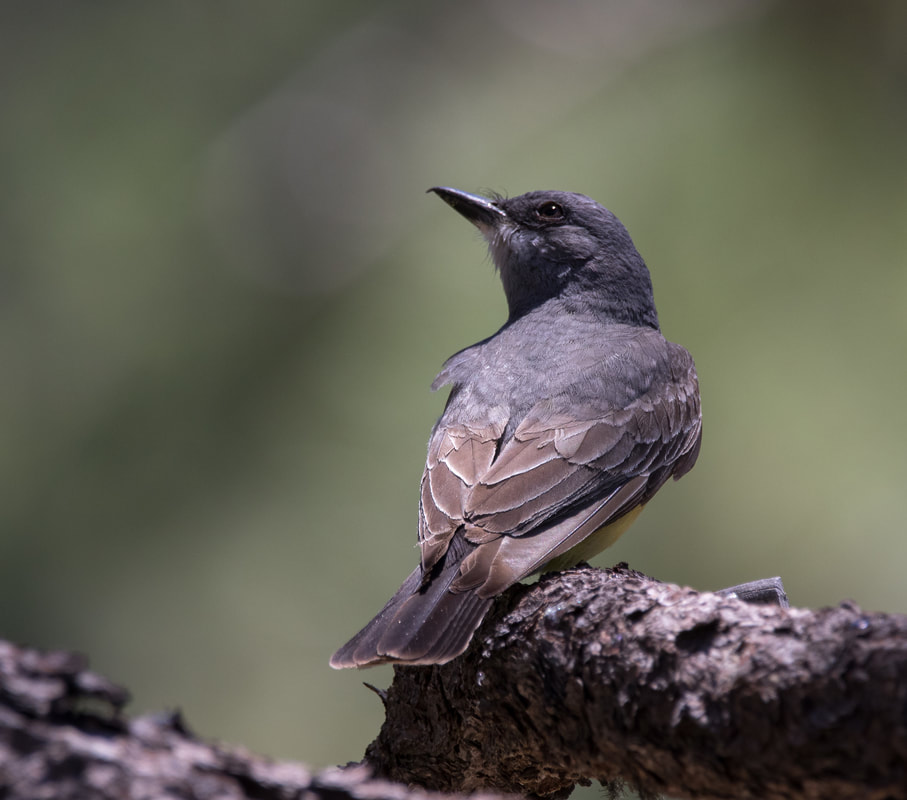
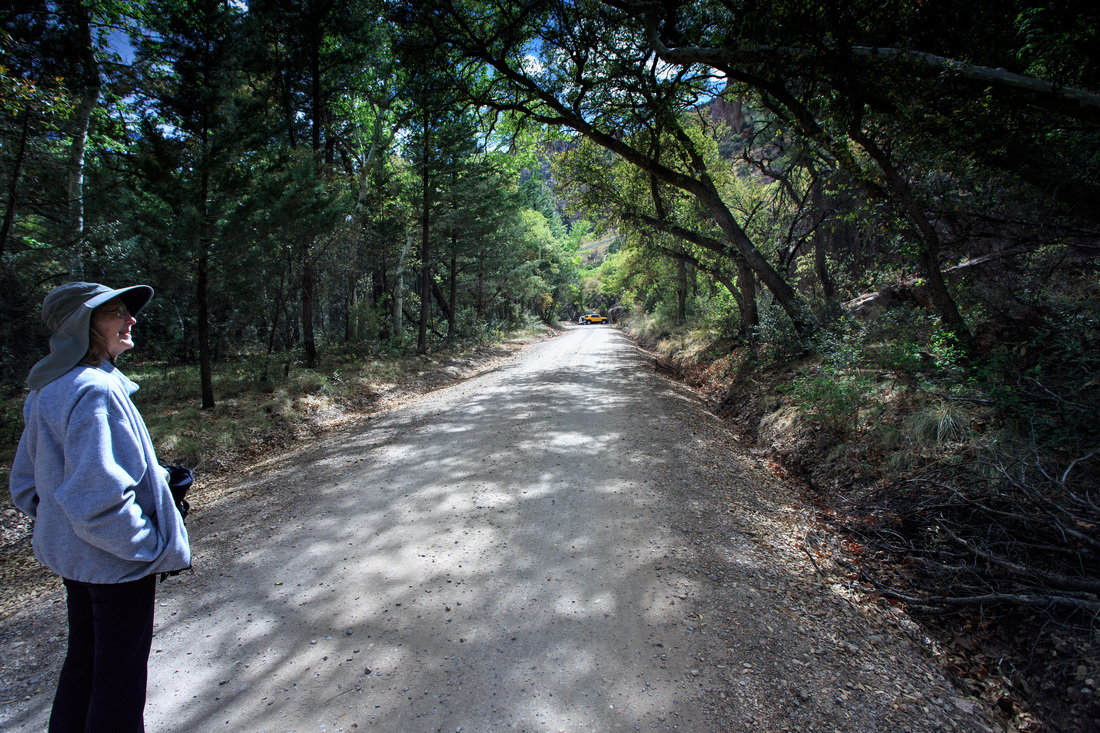
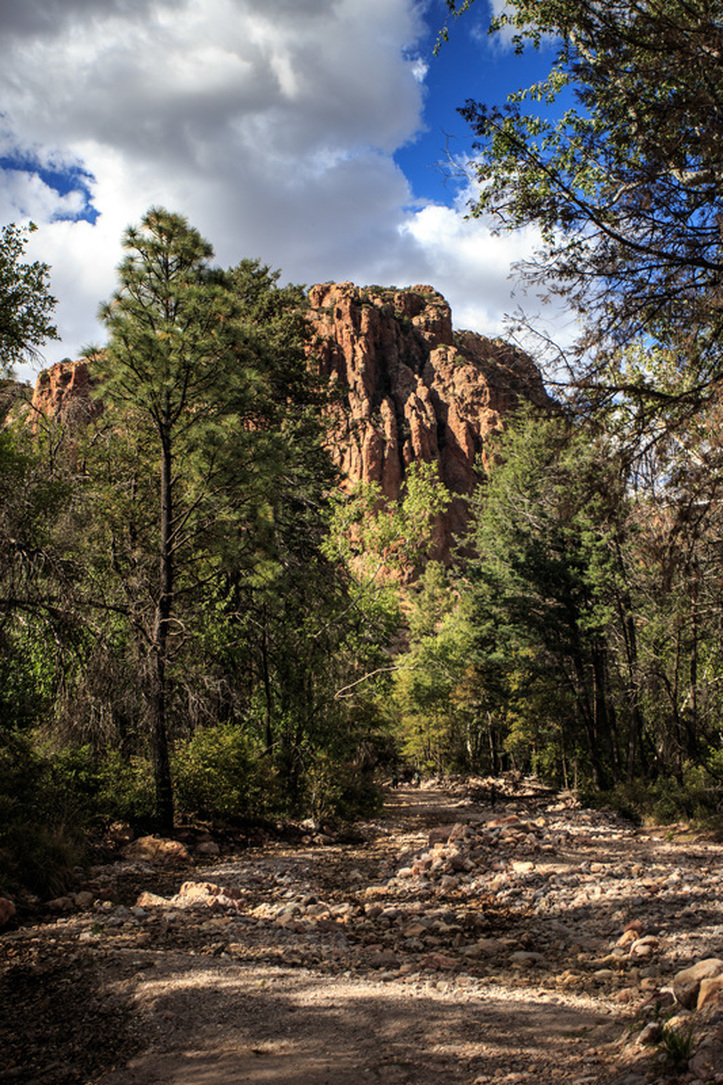
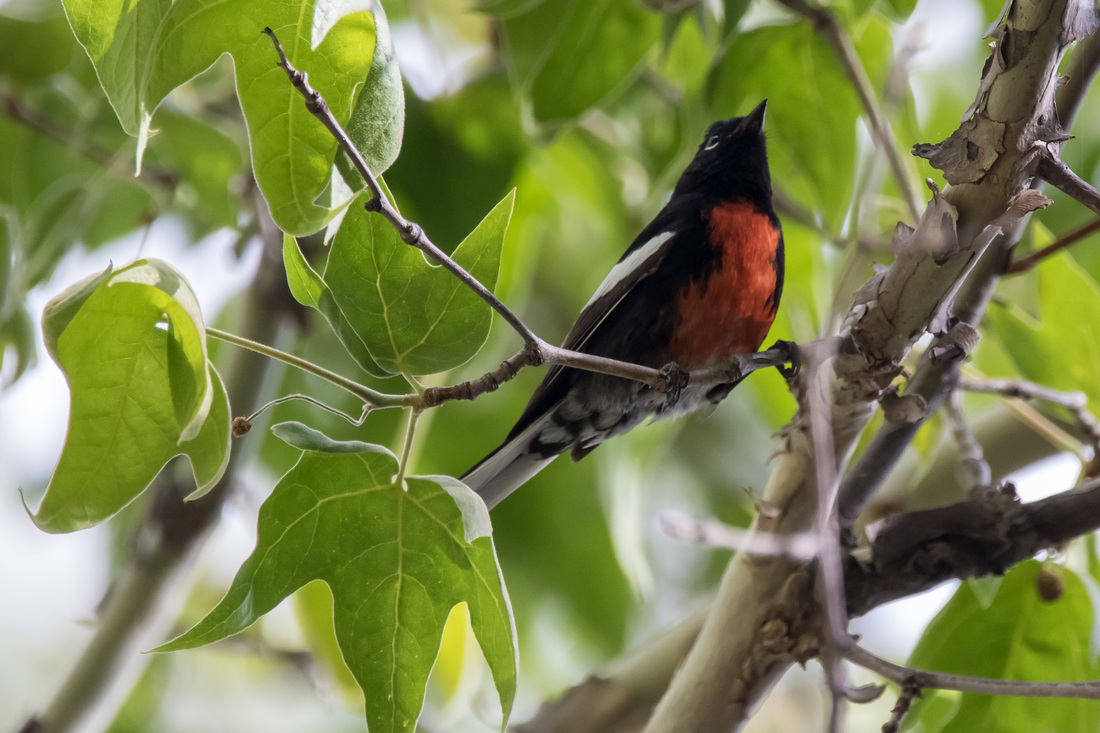
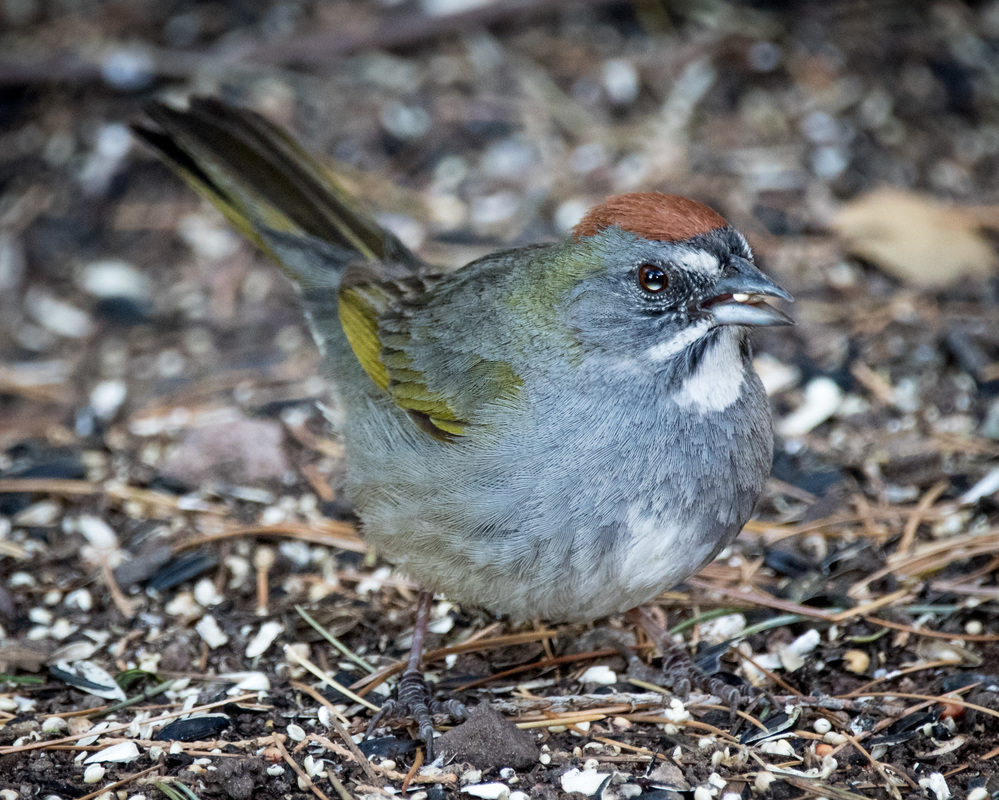
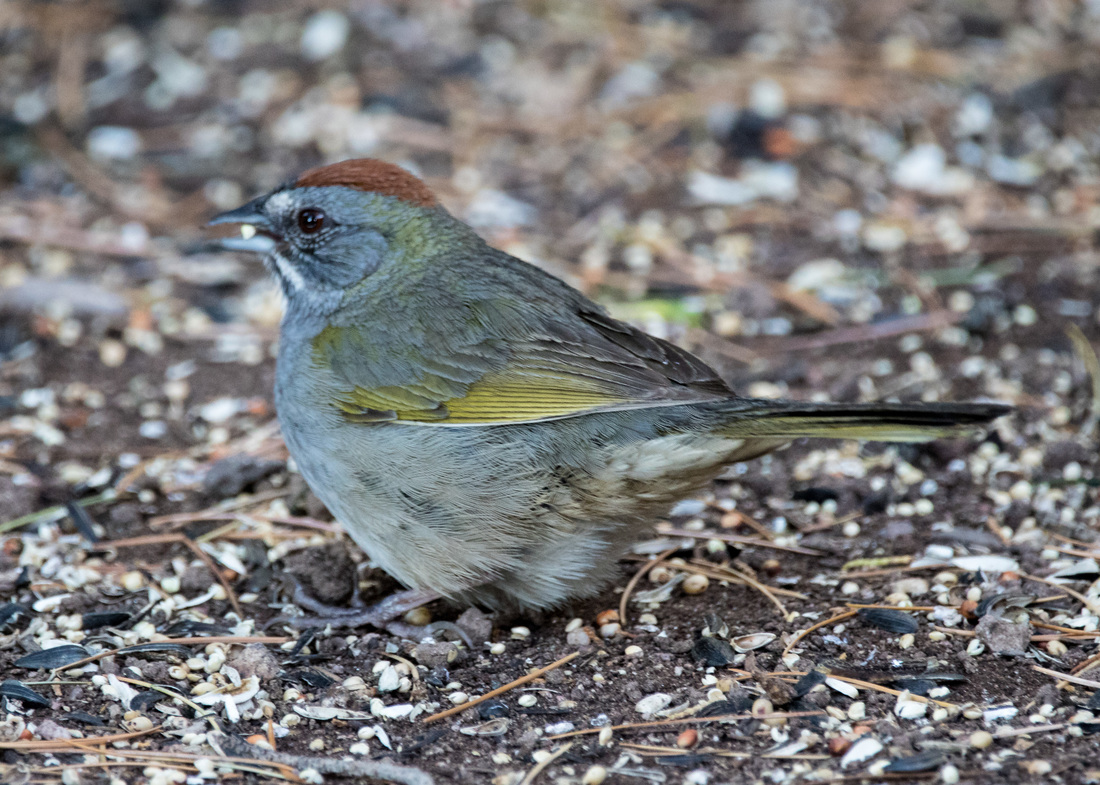
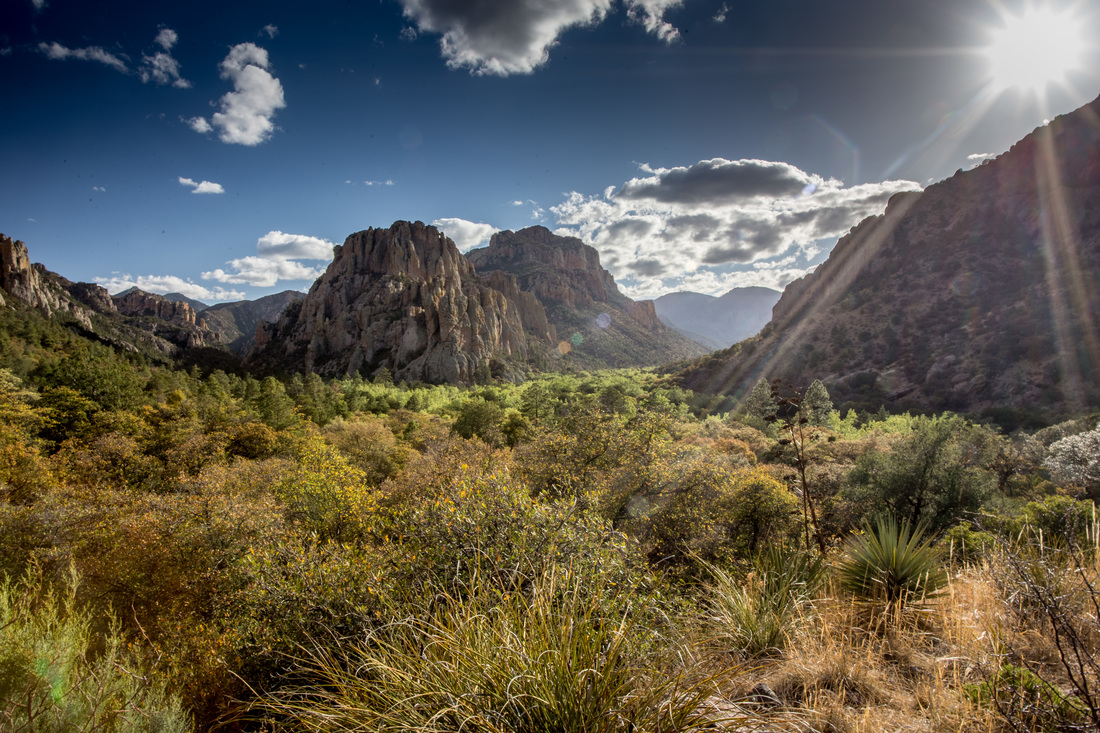
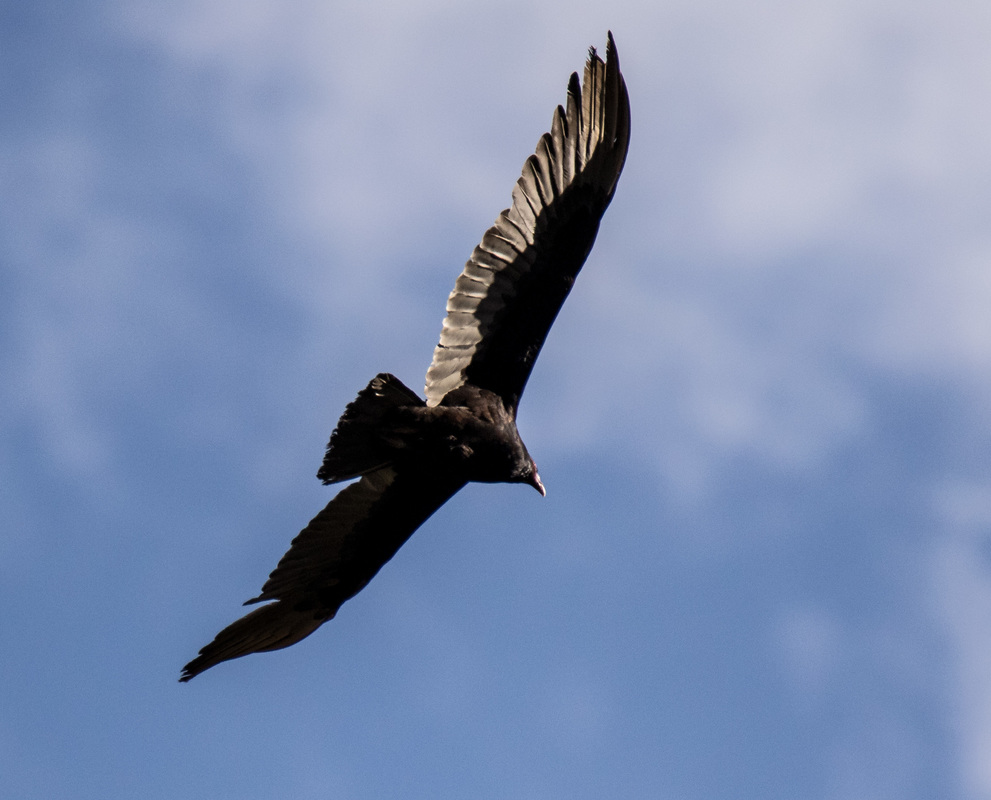
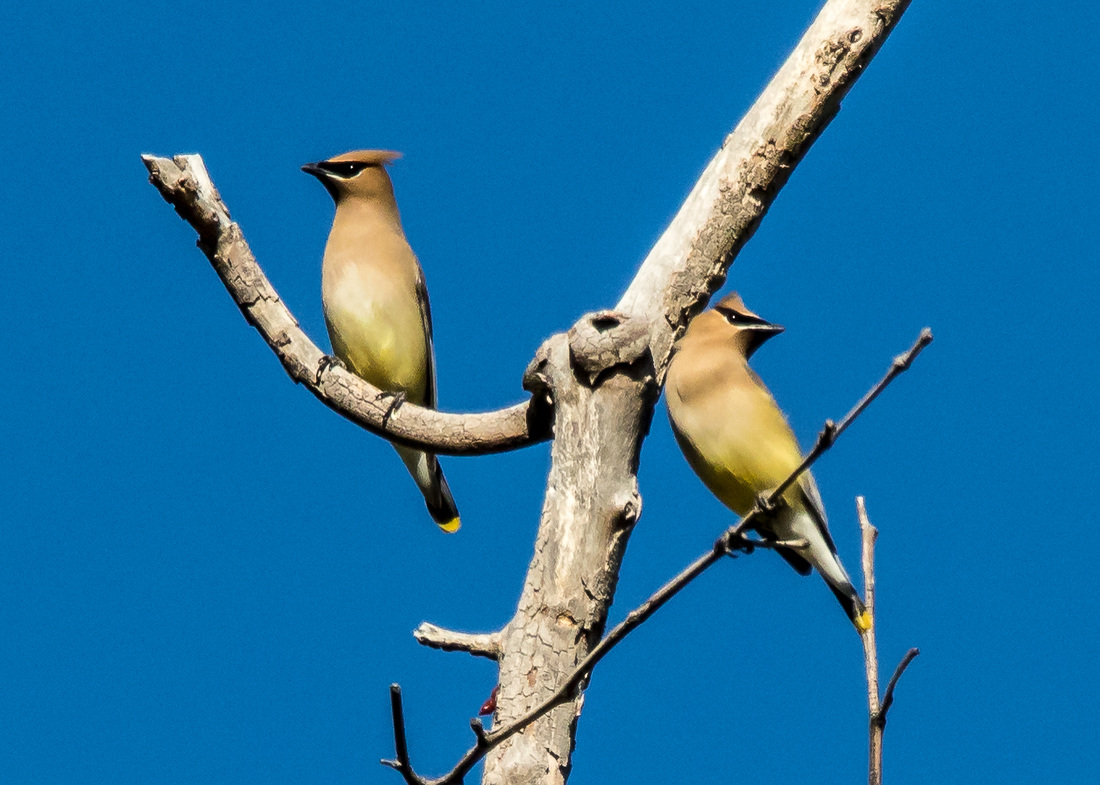
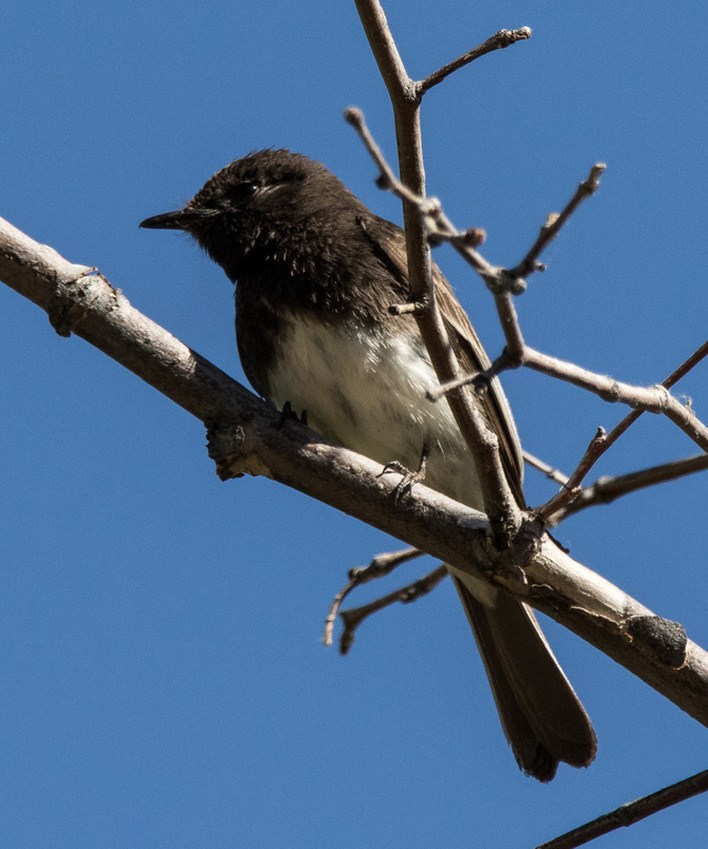
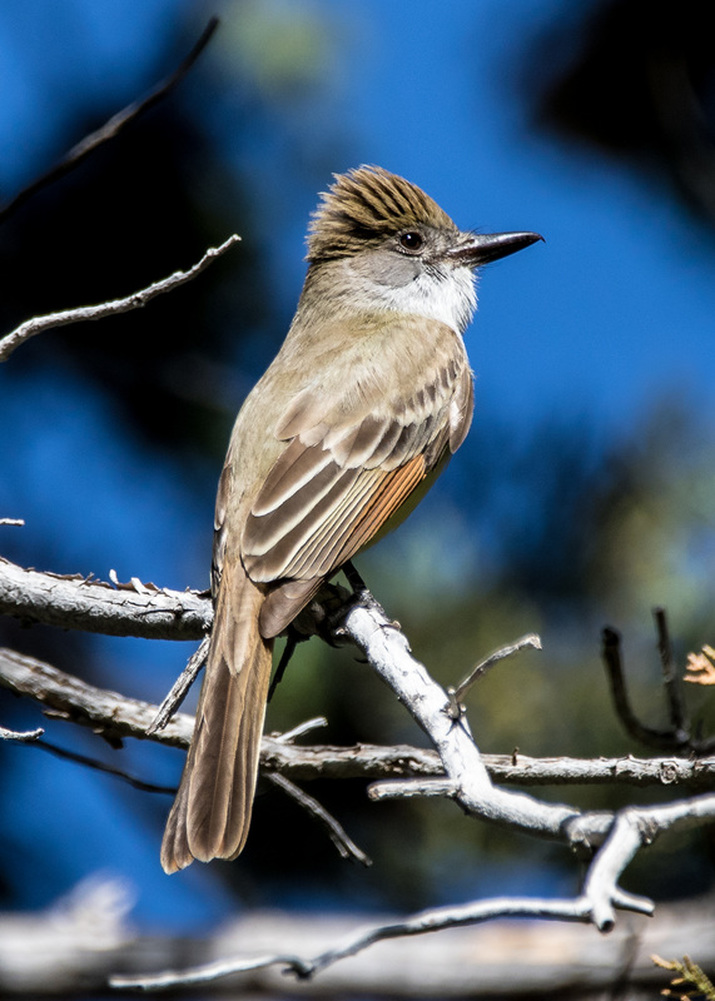
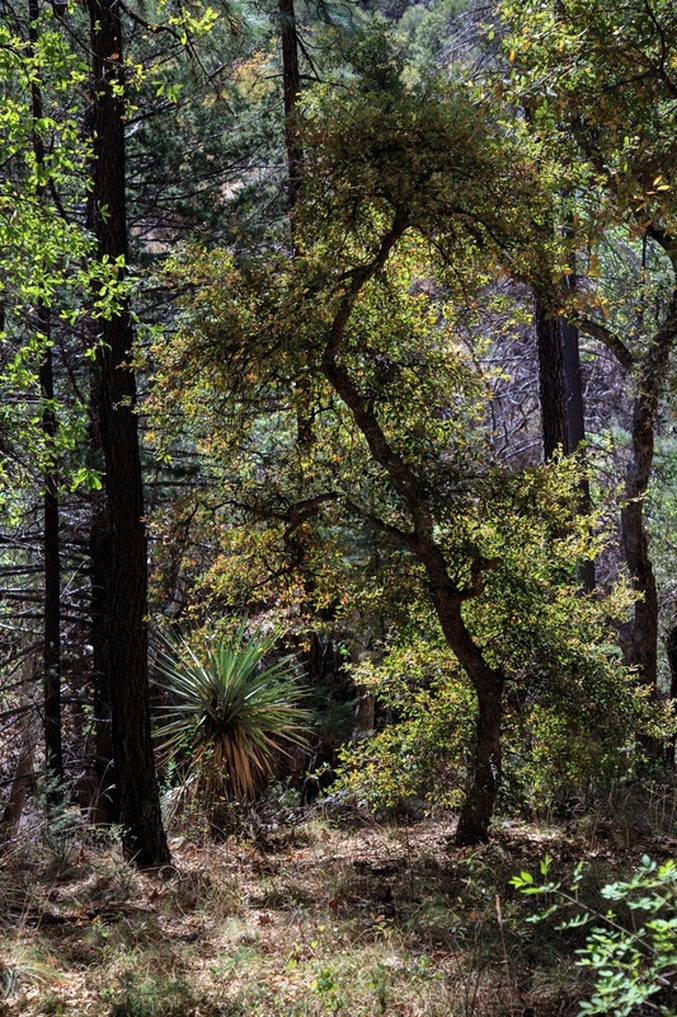
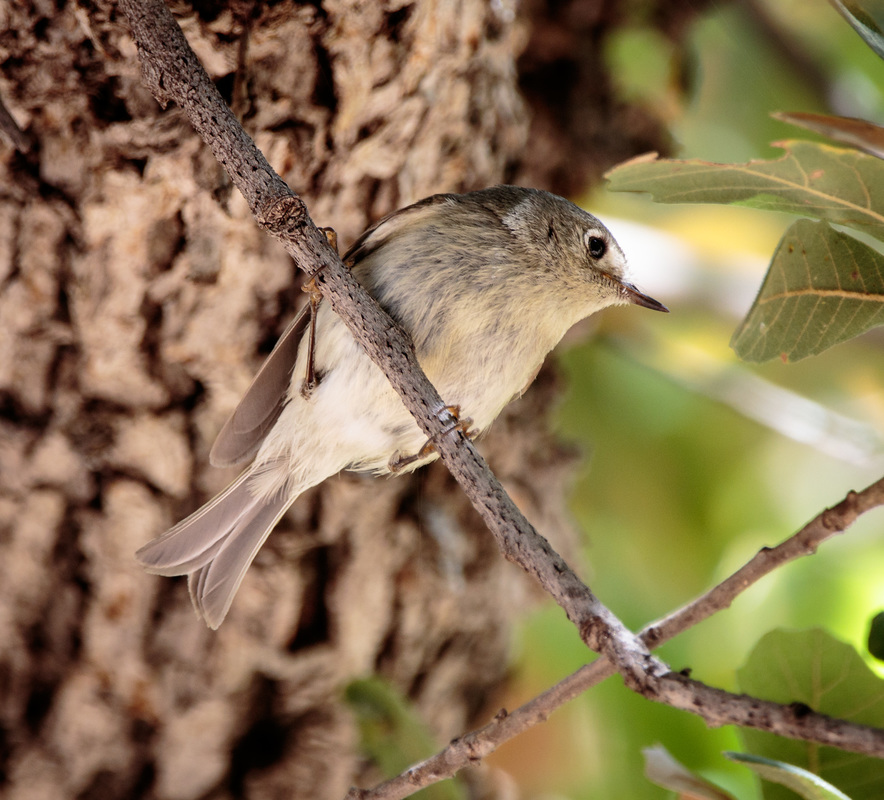
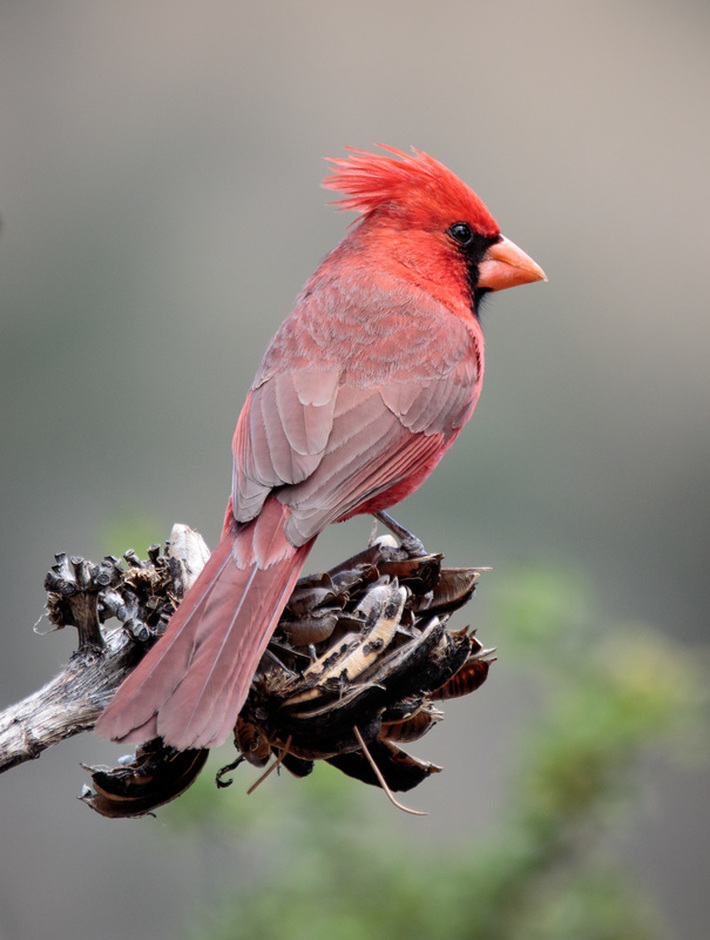
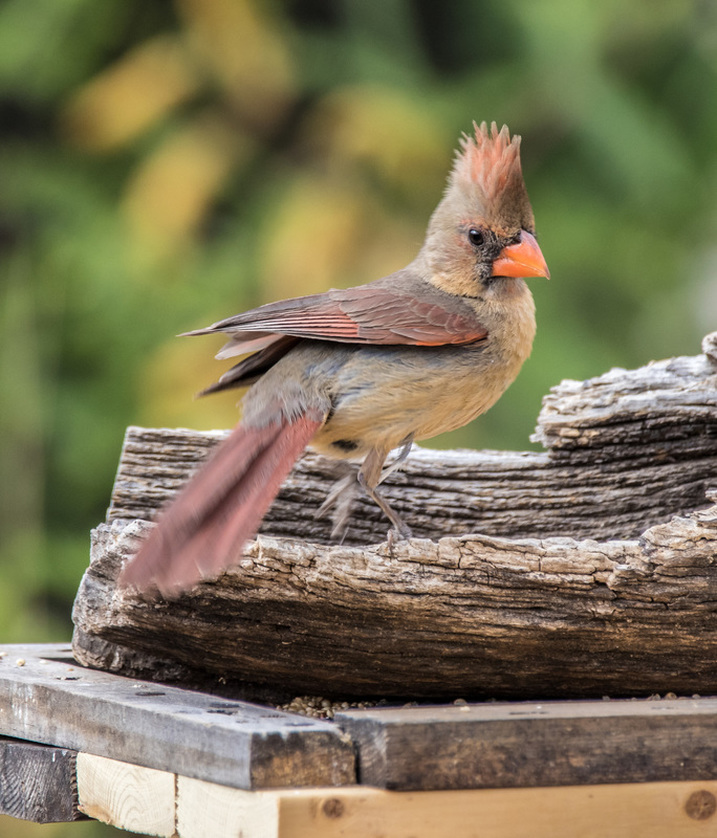
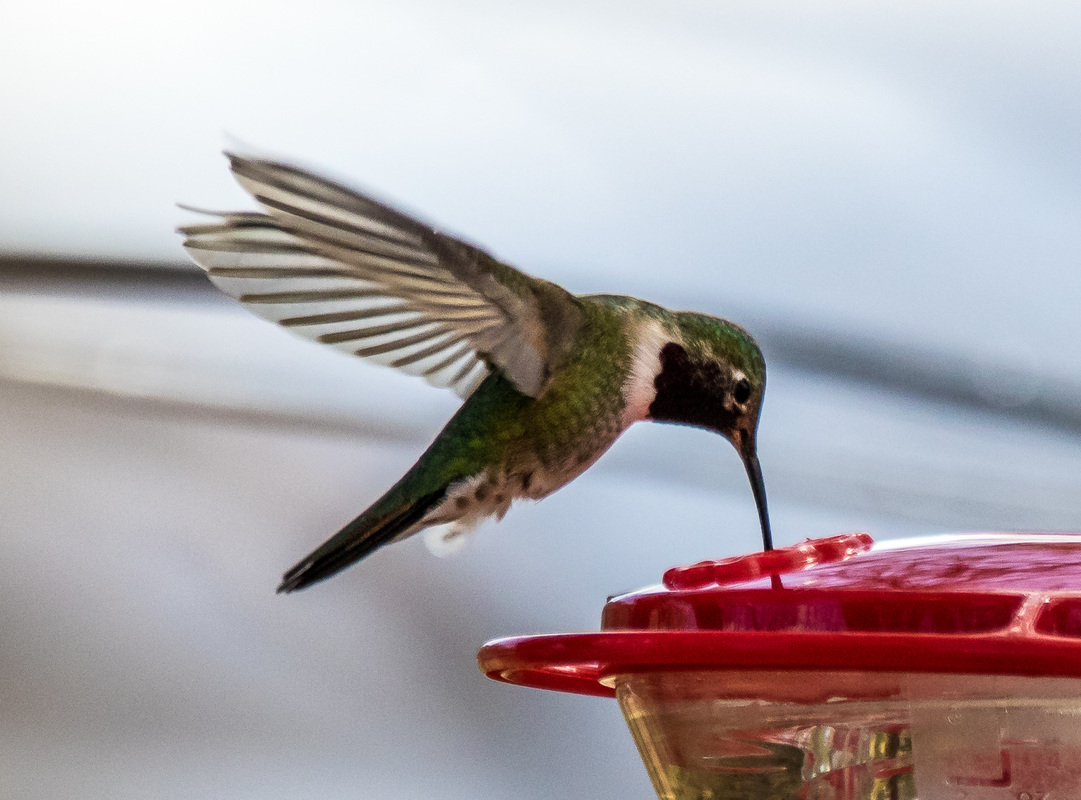
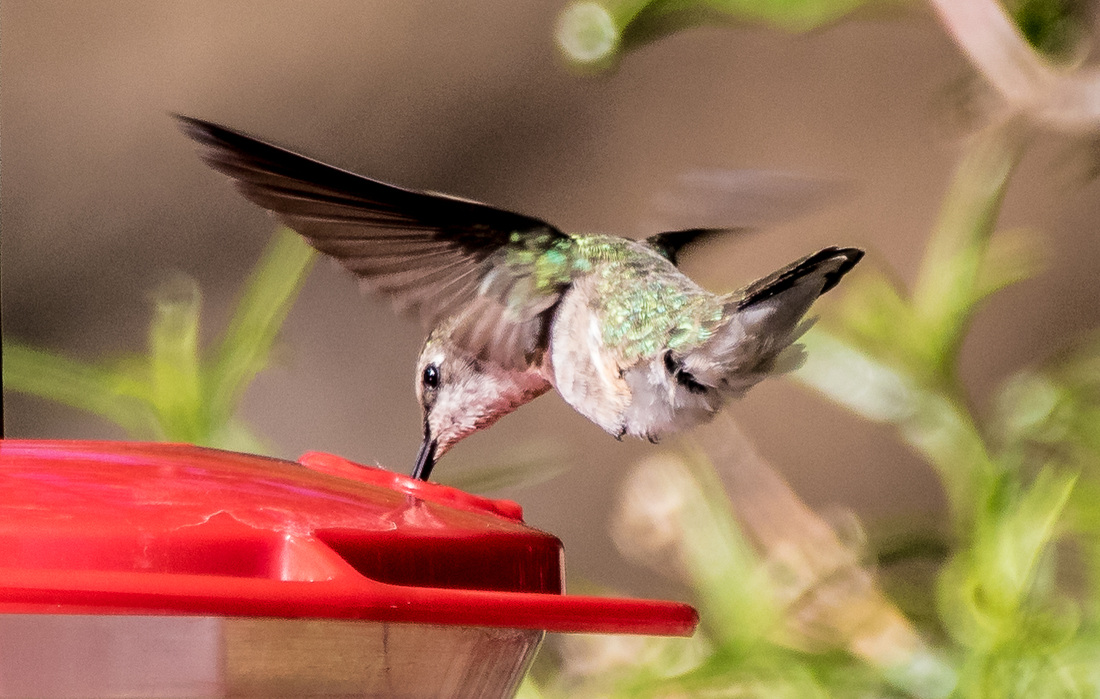
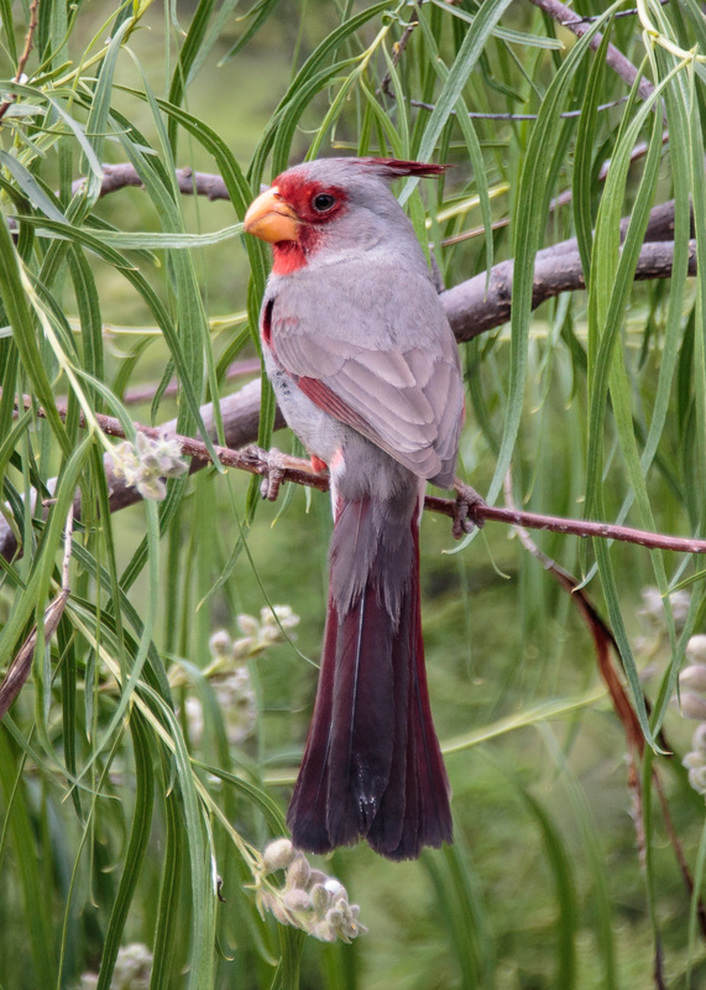
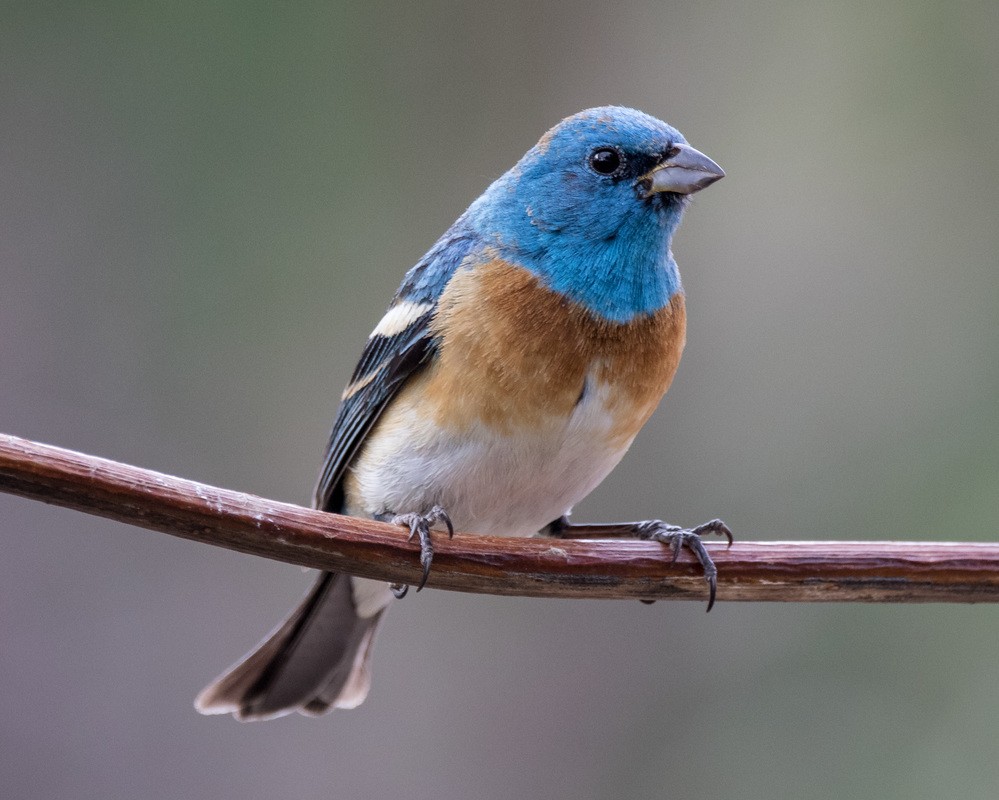

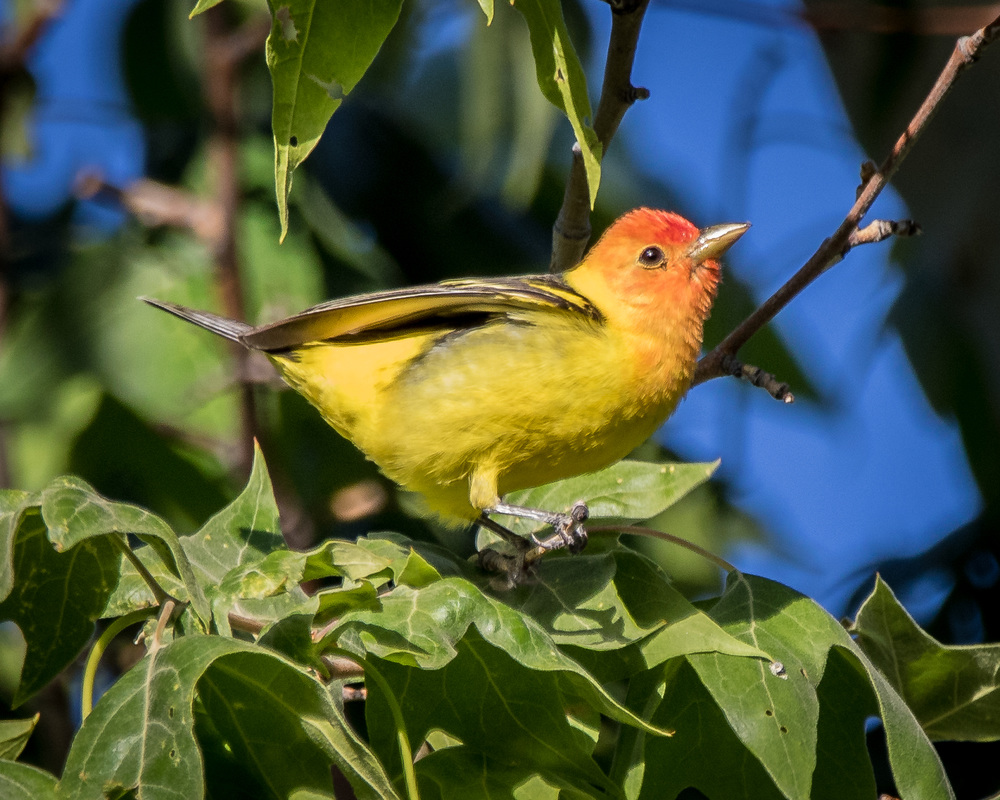
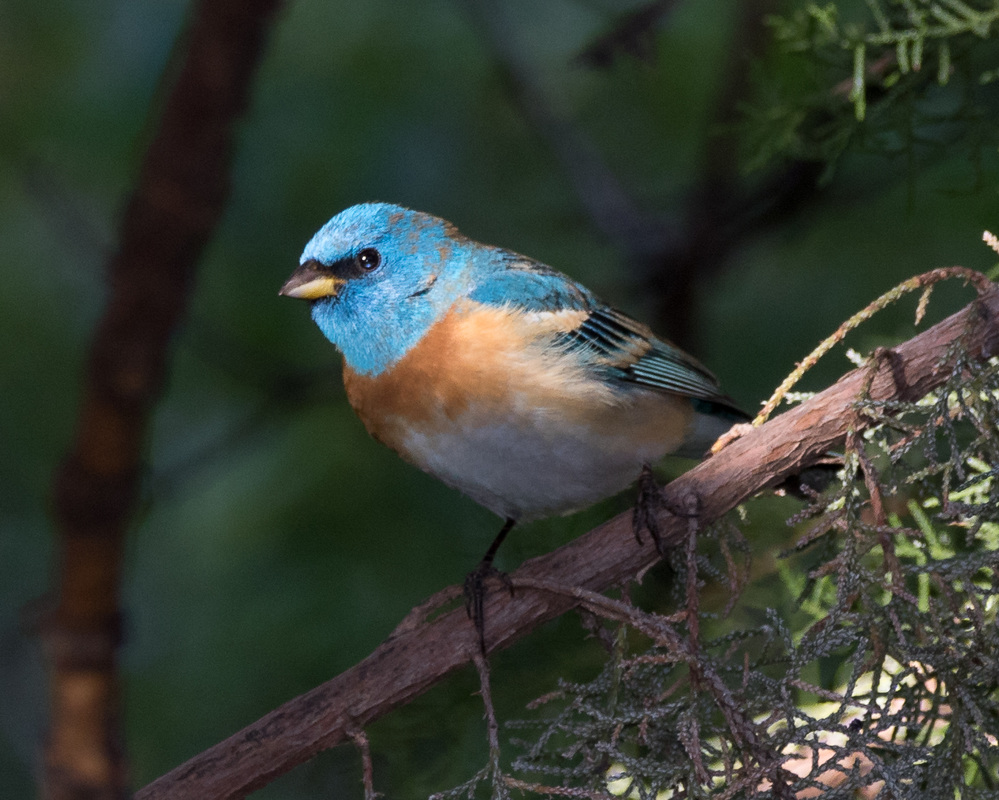
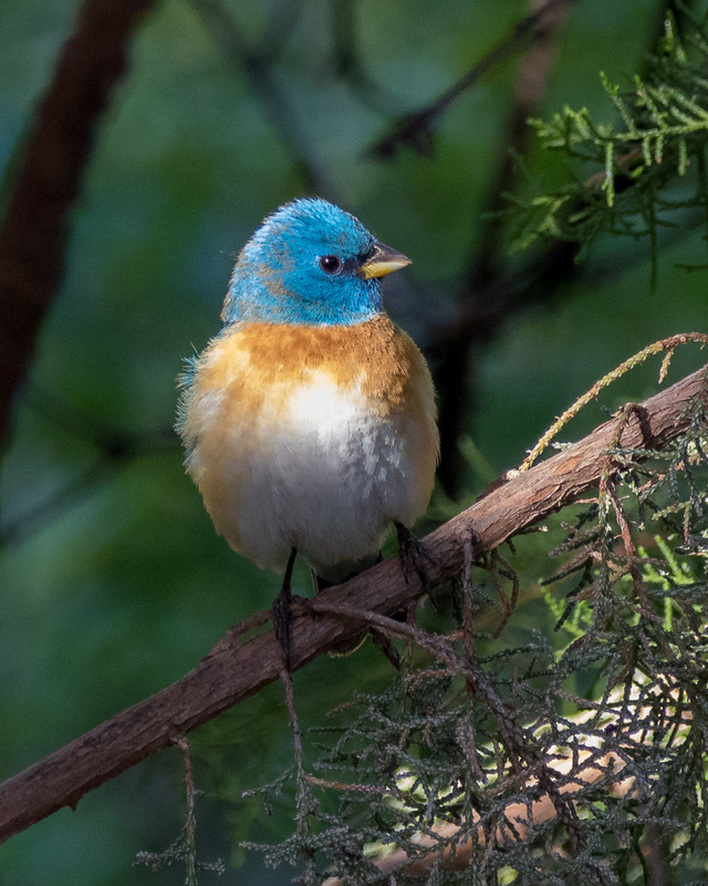
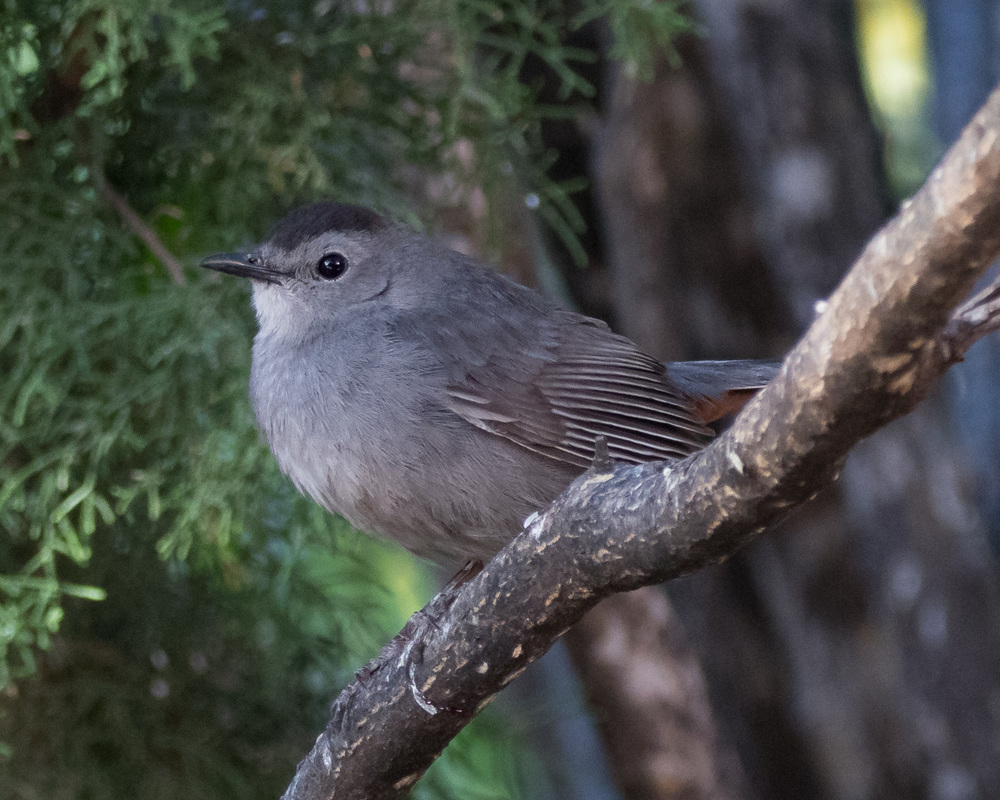
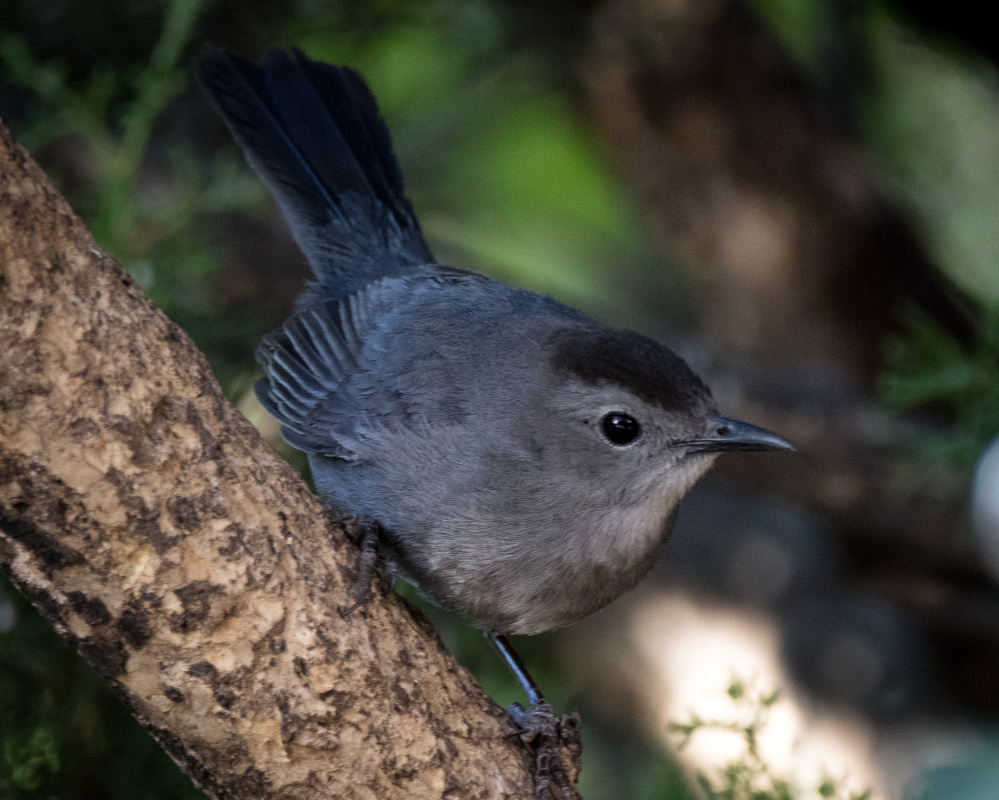
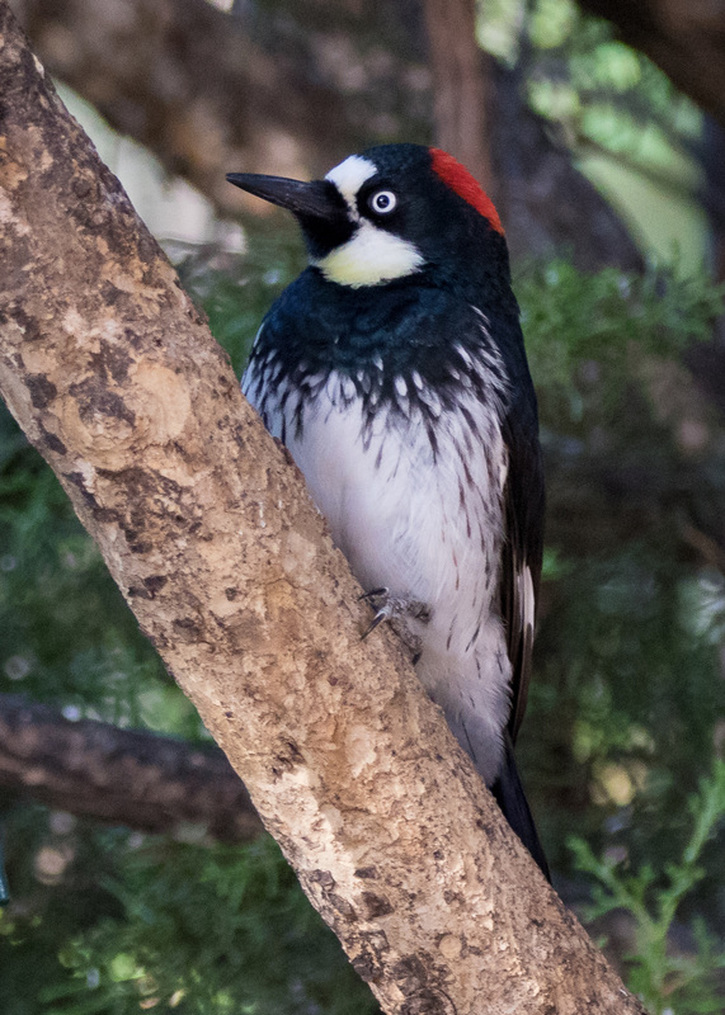
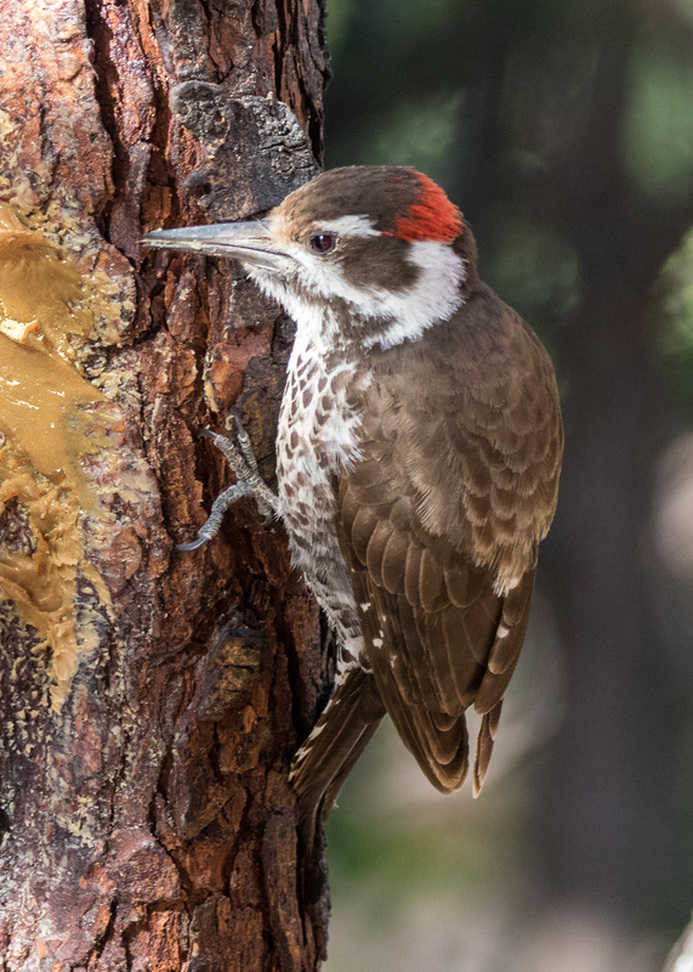
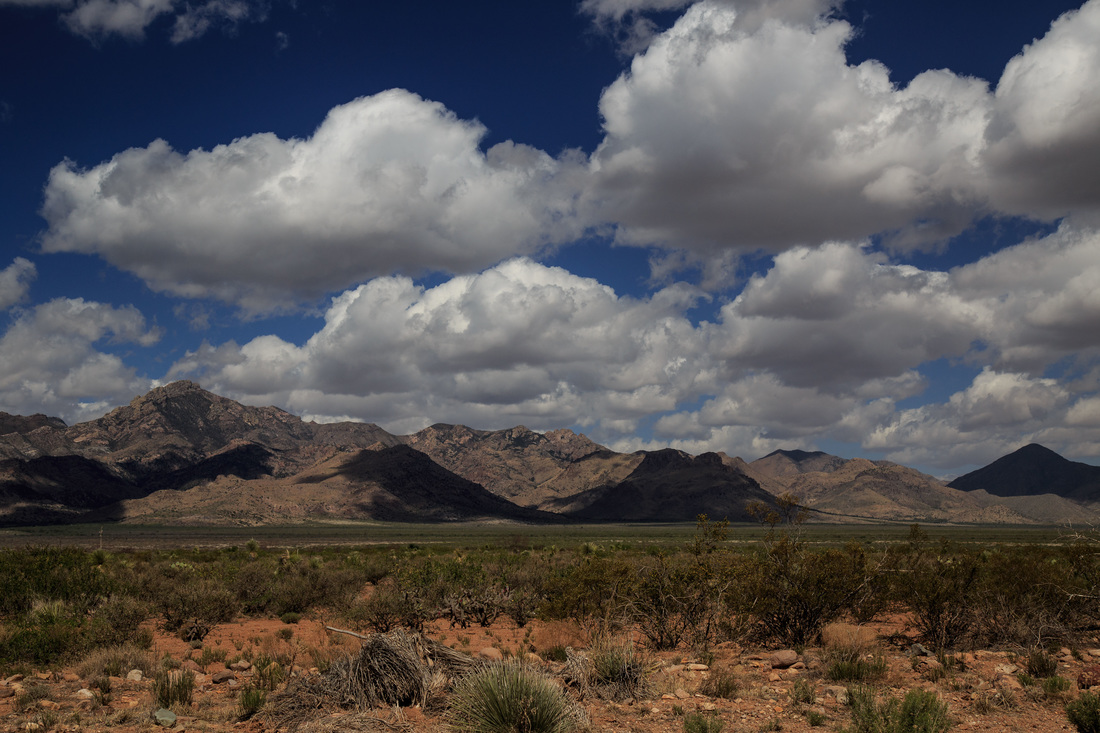
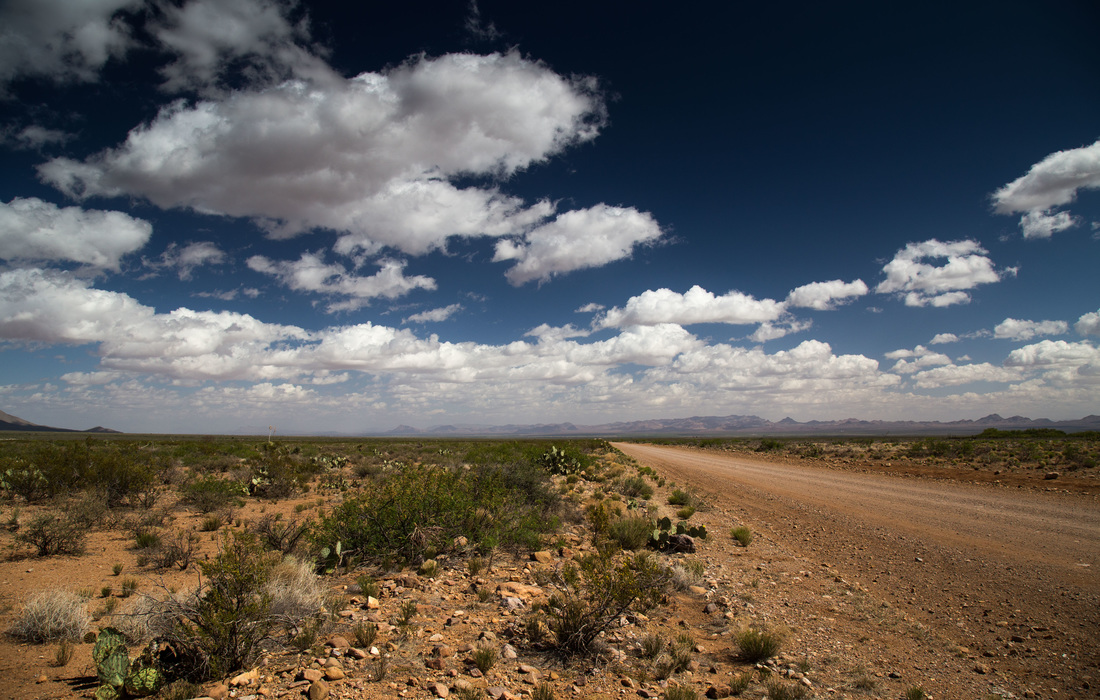
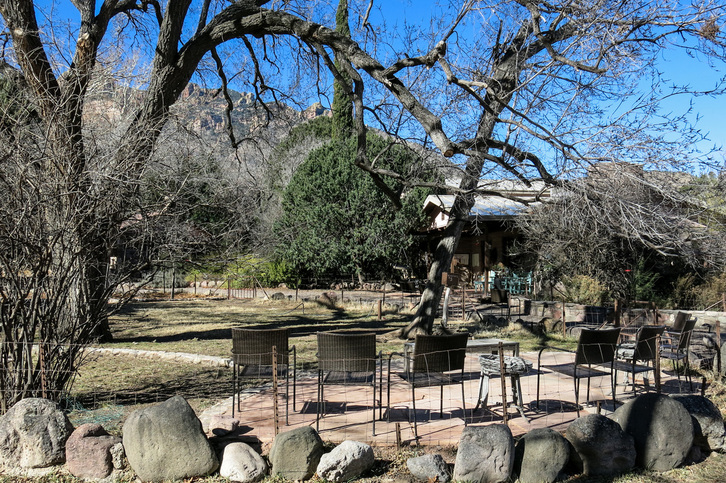
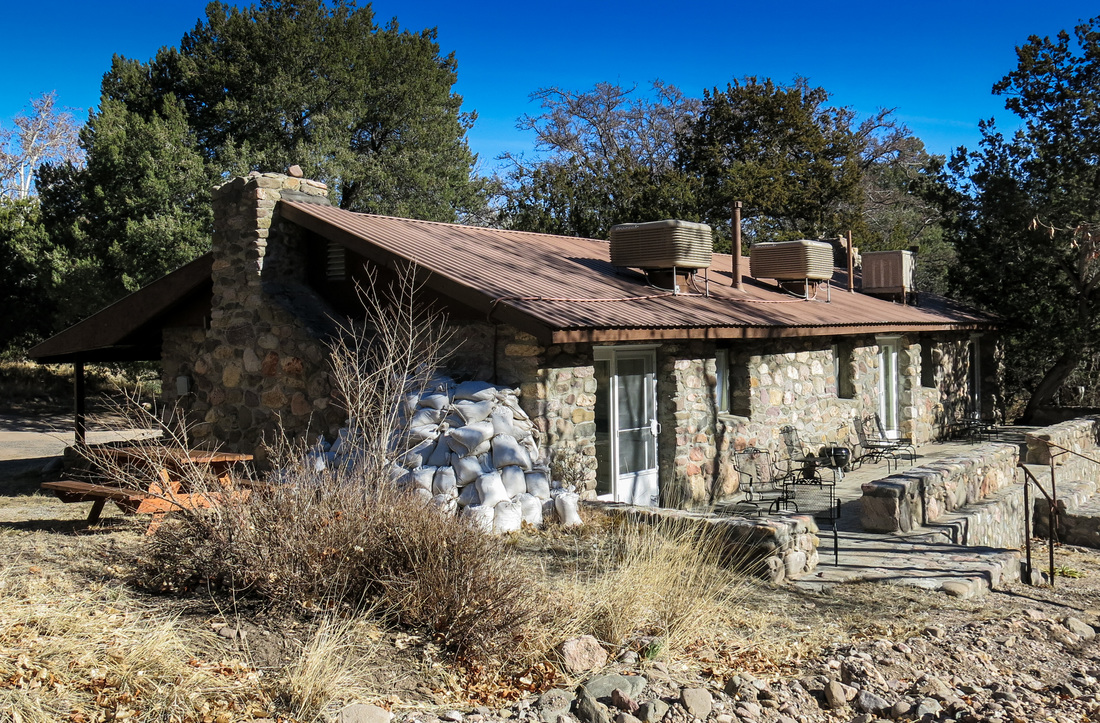
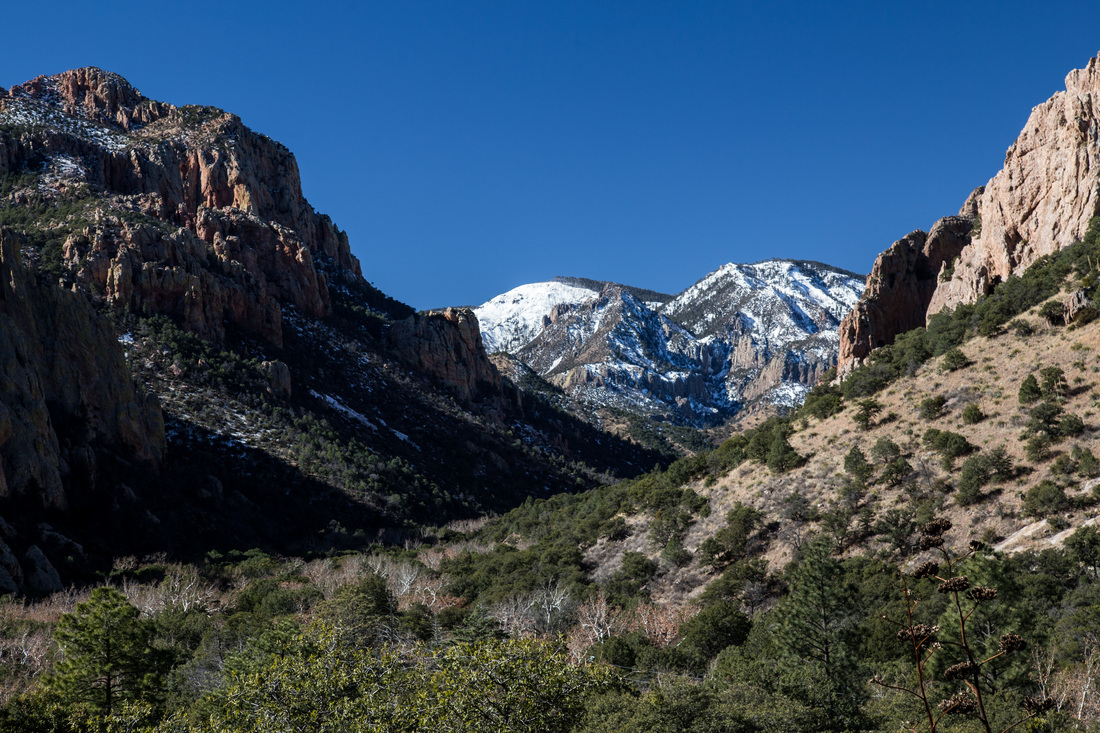
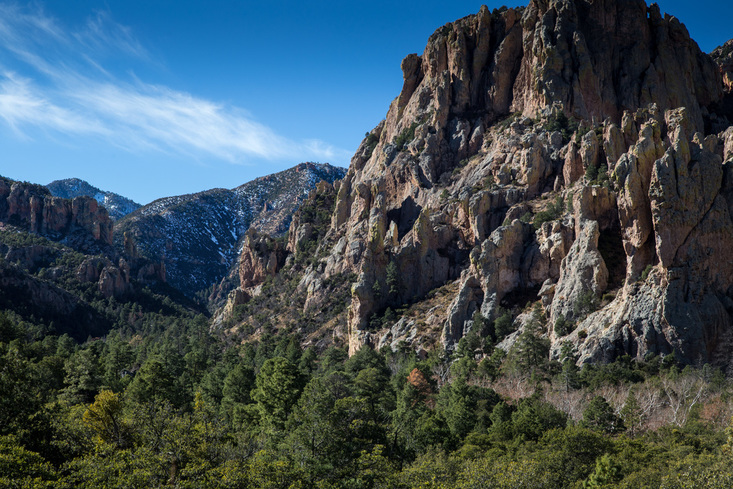
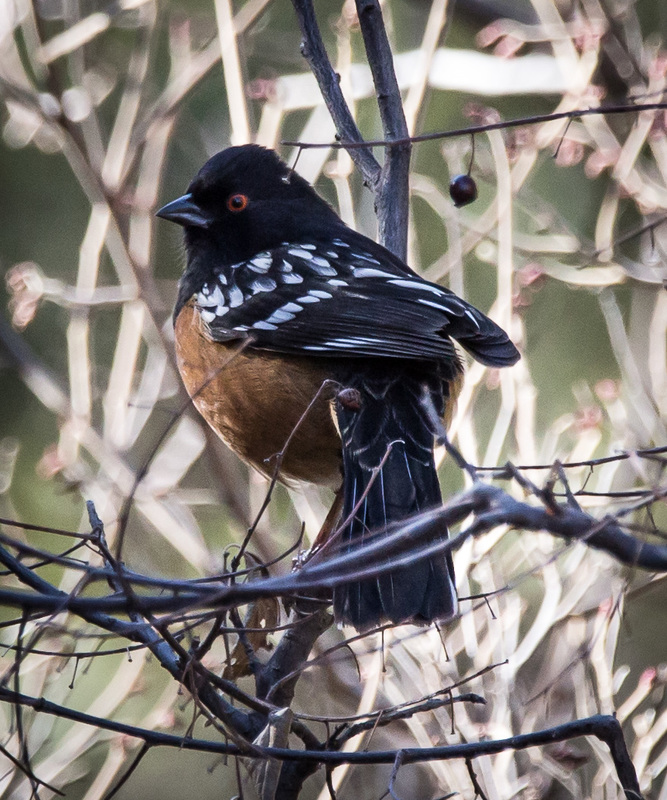
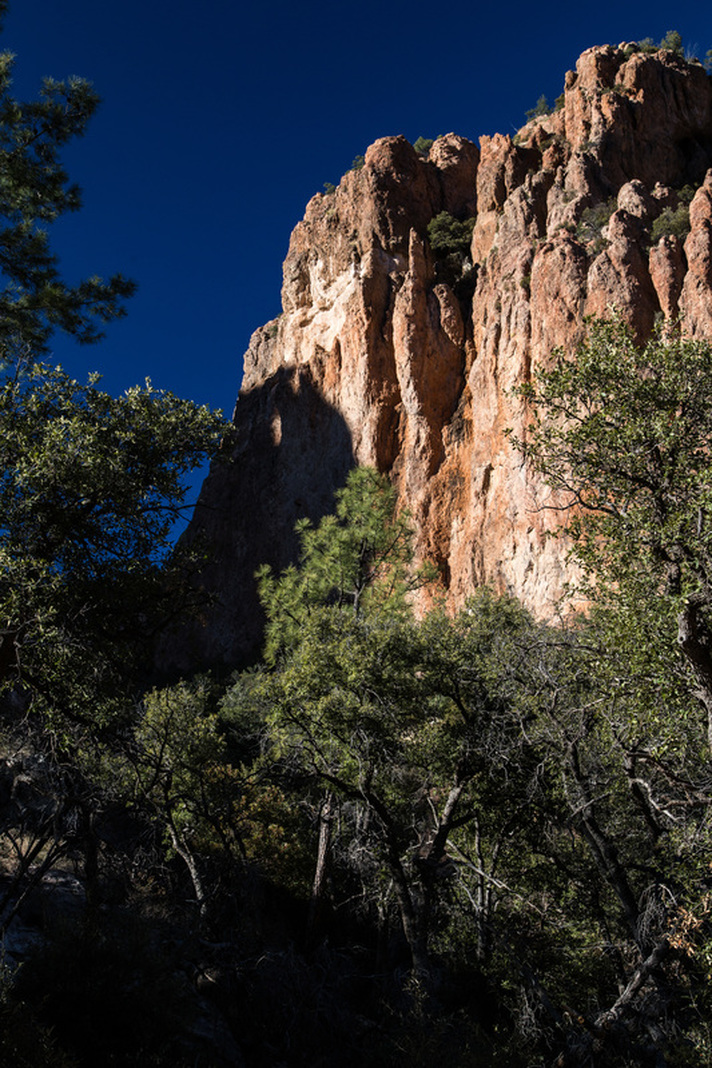
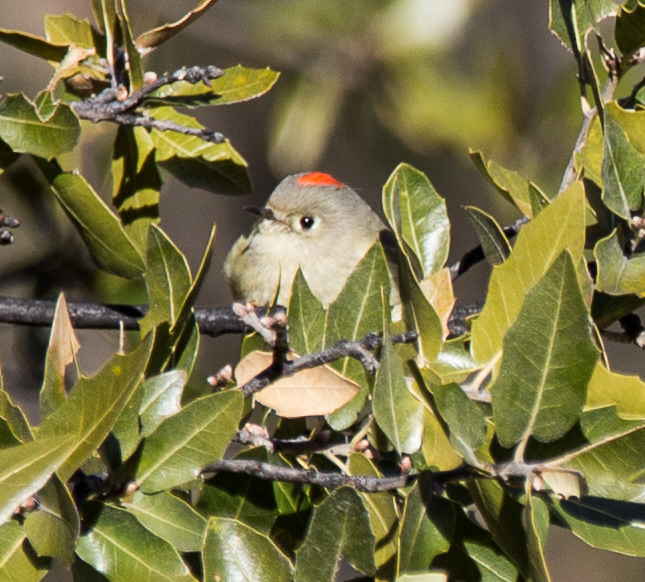
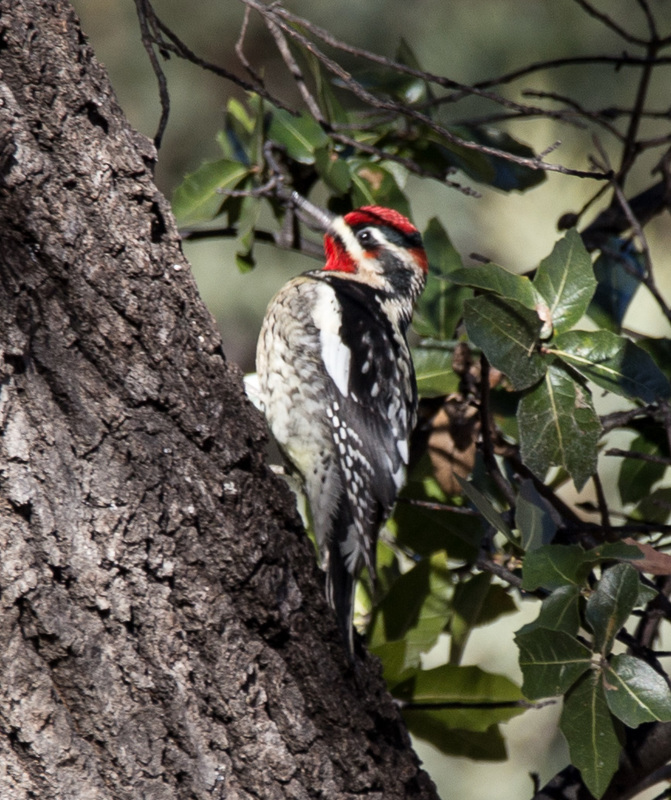
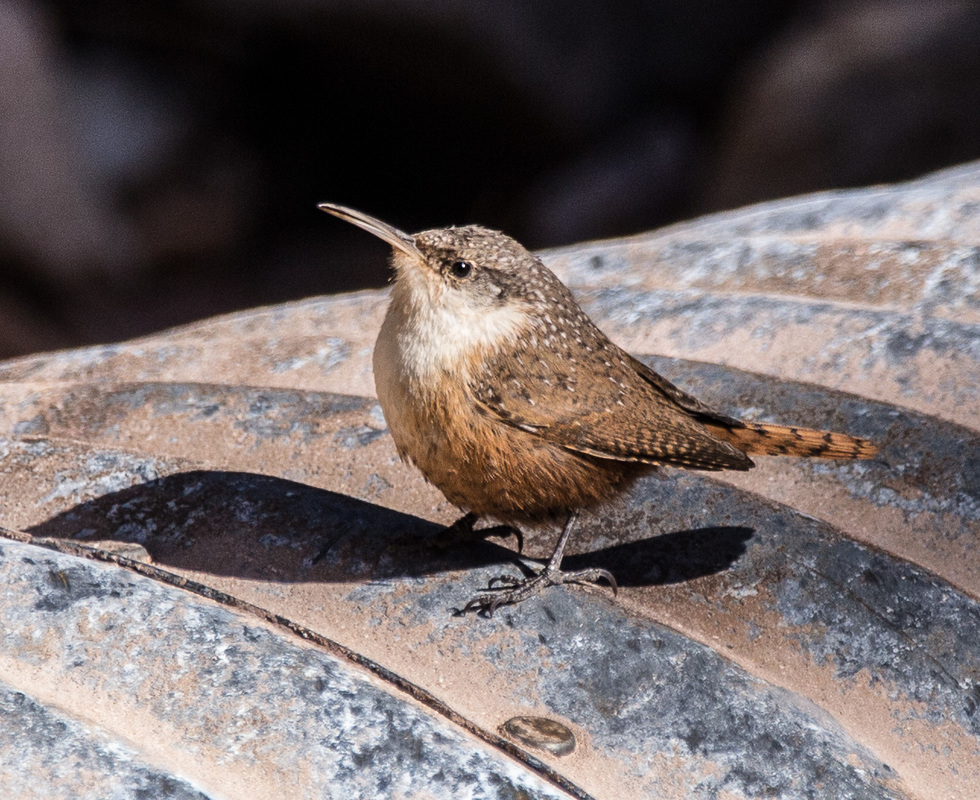
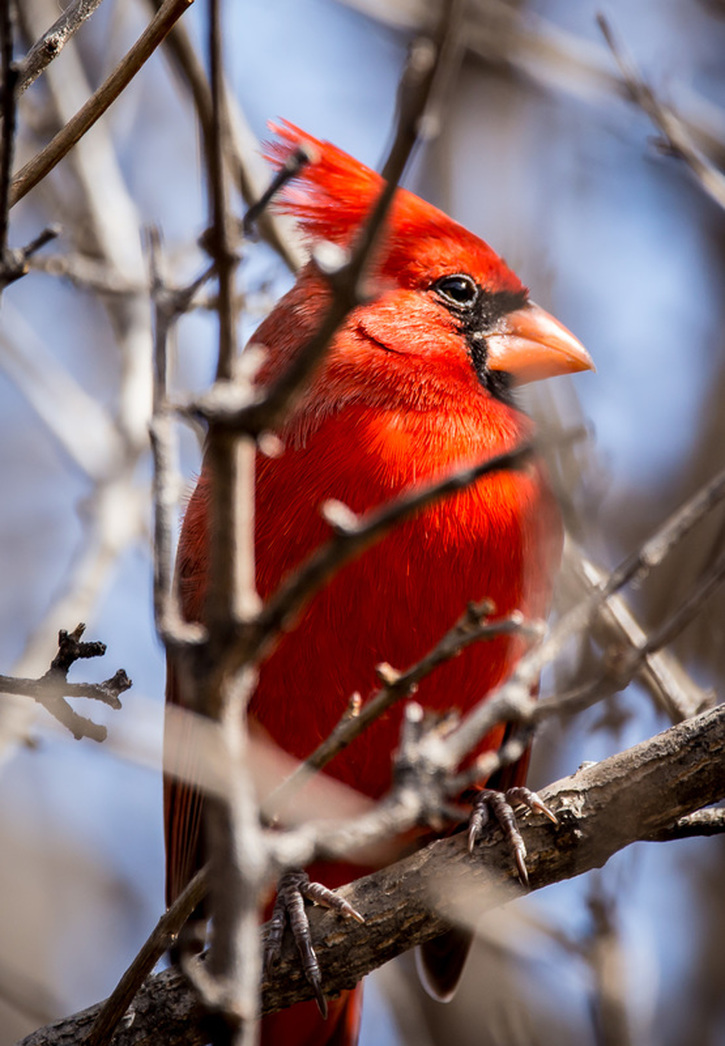
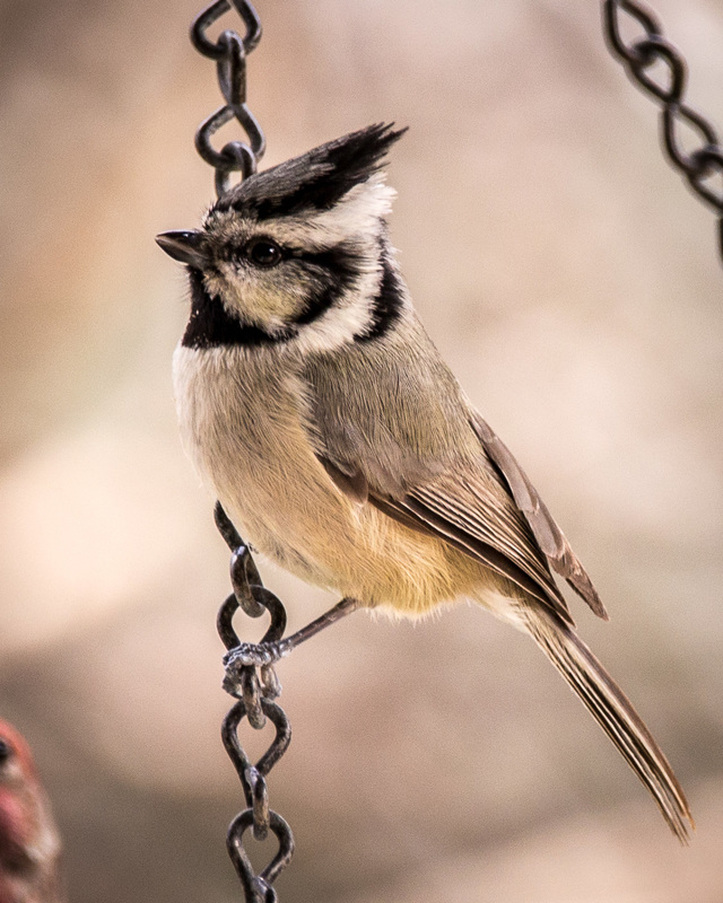
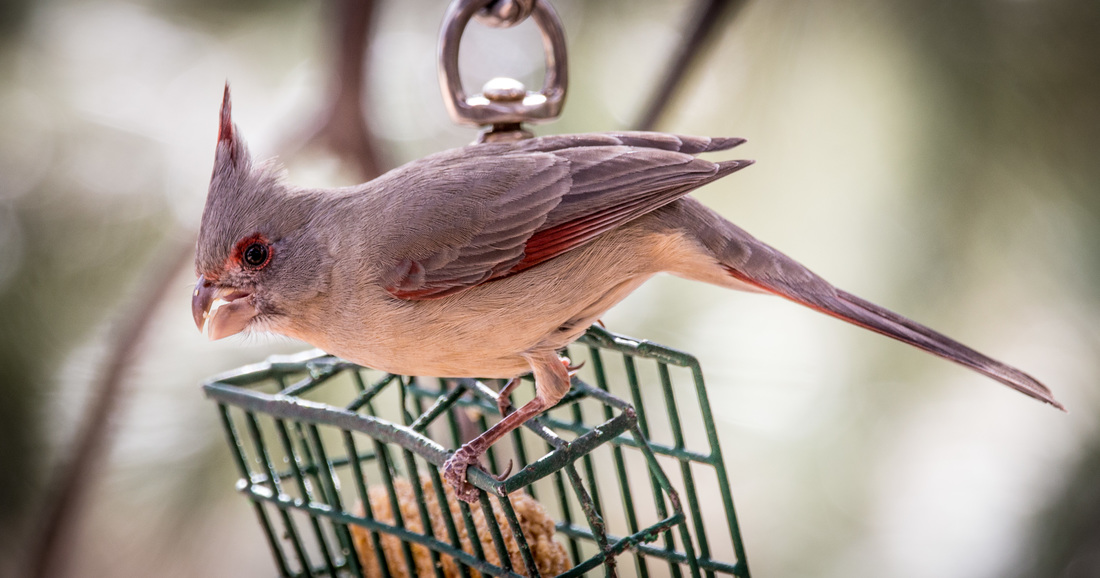
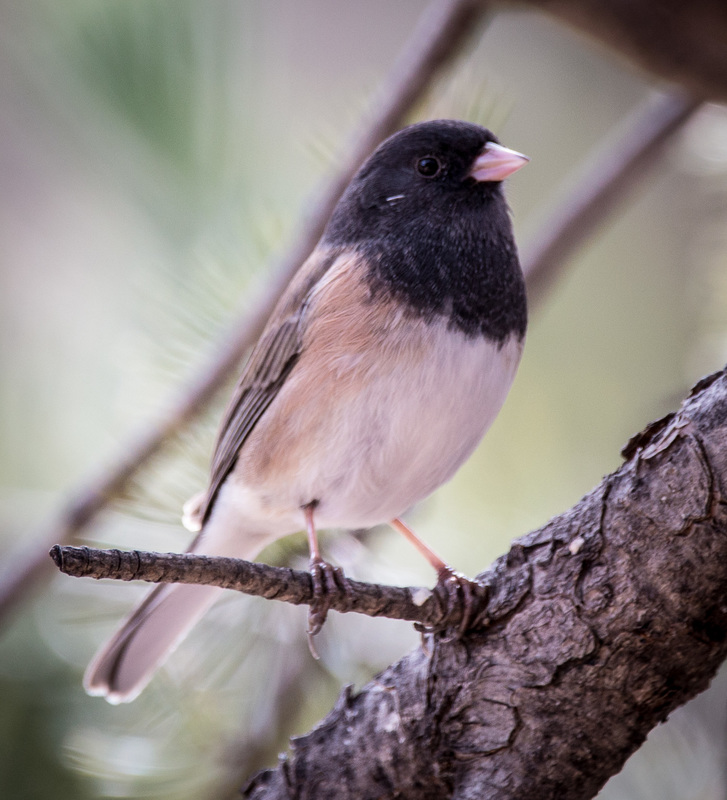
 RSS Feed
RSS Feed